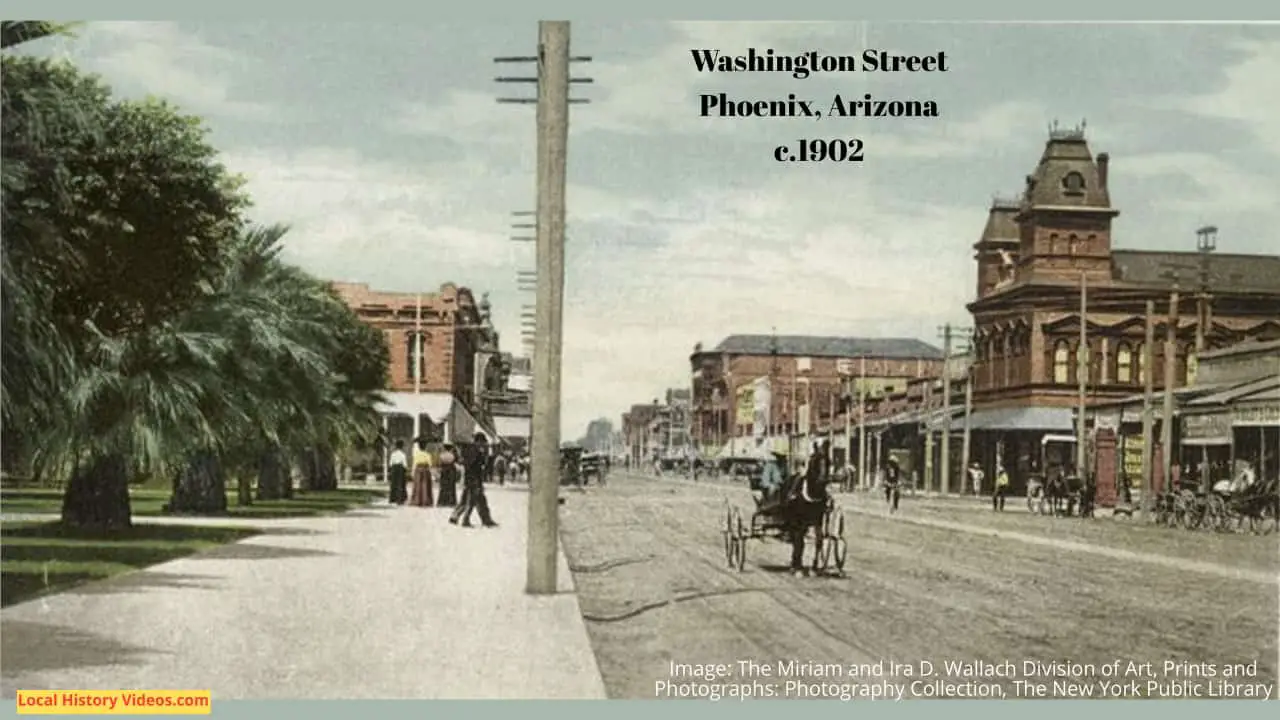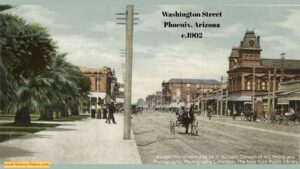Enjoy a view of history through old photos of Phoenix, Arizona.
Phoenix, Arizona, a city bursting with life and history, has its roots dating back over 2,000 years with the Hohokam tribe, who ingeniously transformed the arid Salt River Valley with an intricate irrigation system. Fast forward to 1867, when John W. Swilling saw potential in the dry soil and founded Phoenix, aptly named after the mythical phoenix rising from ashes, symbolizing rebirth and growth. By 1912, Phoenix had solidified its status as the capital of Arizona, bolstered by the monumental Roosevelt Dam, which powered its rapid expansion. Today, with a vibrant population of over 1.7 million, it’s the fifth-largest city in the U.S., blending rich history with modern-day allure and endless opportunities for adventure!
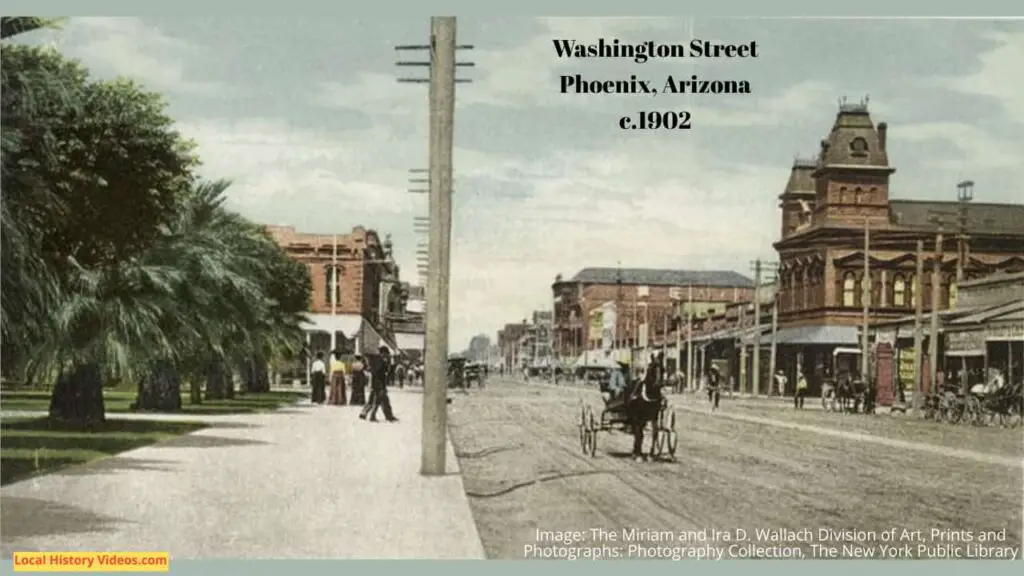
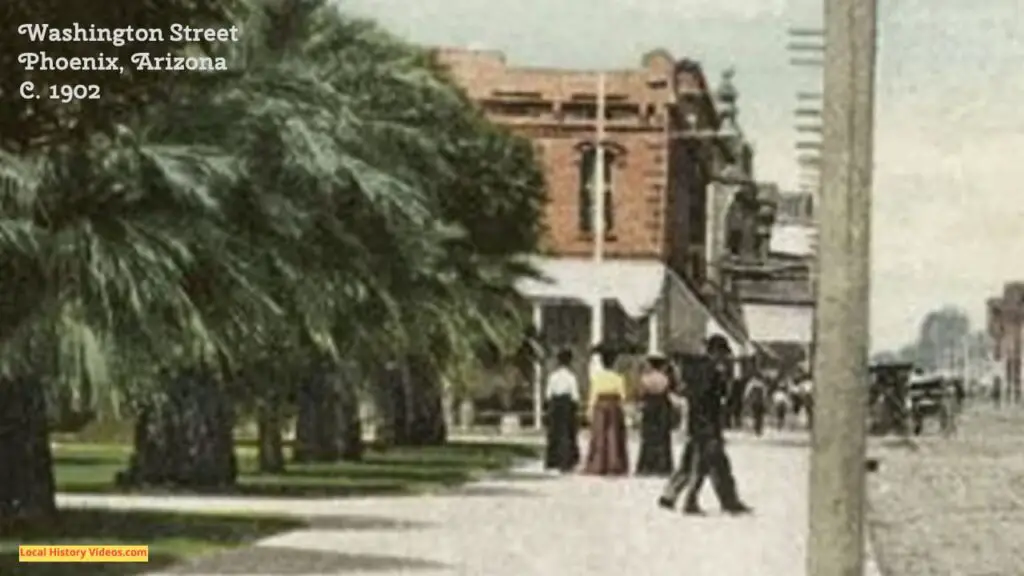
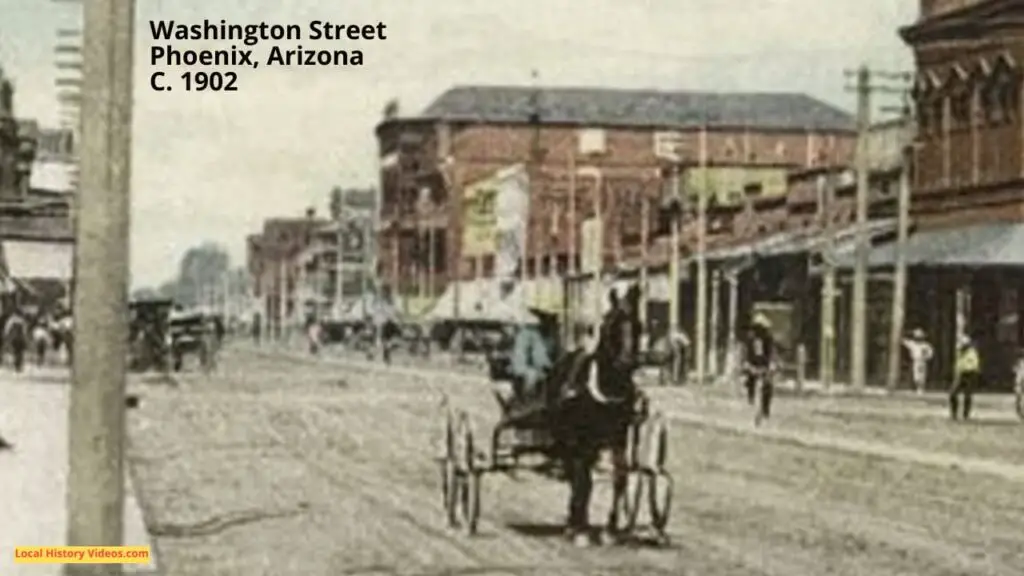
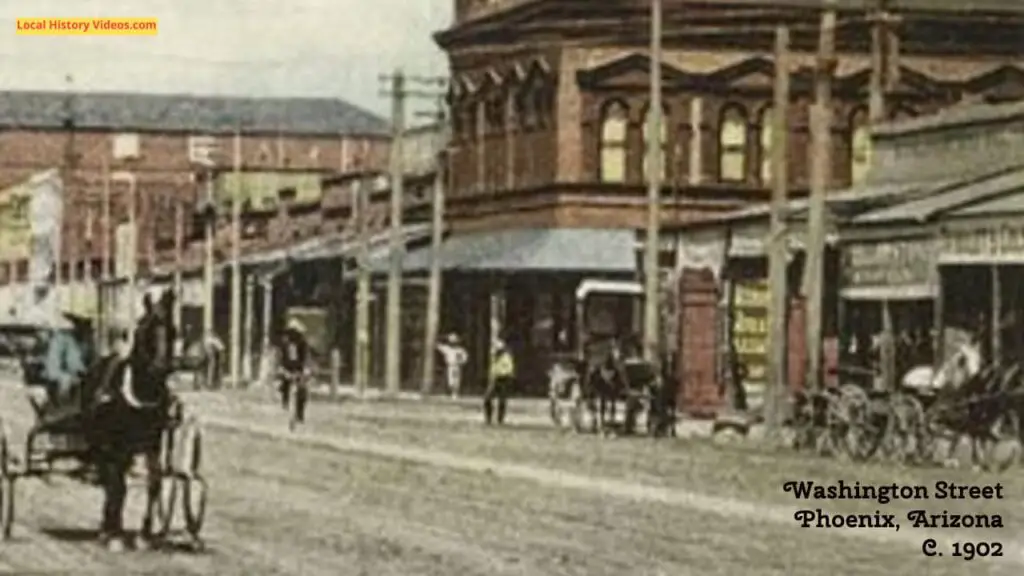
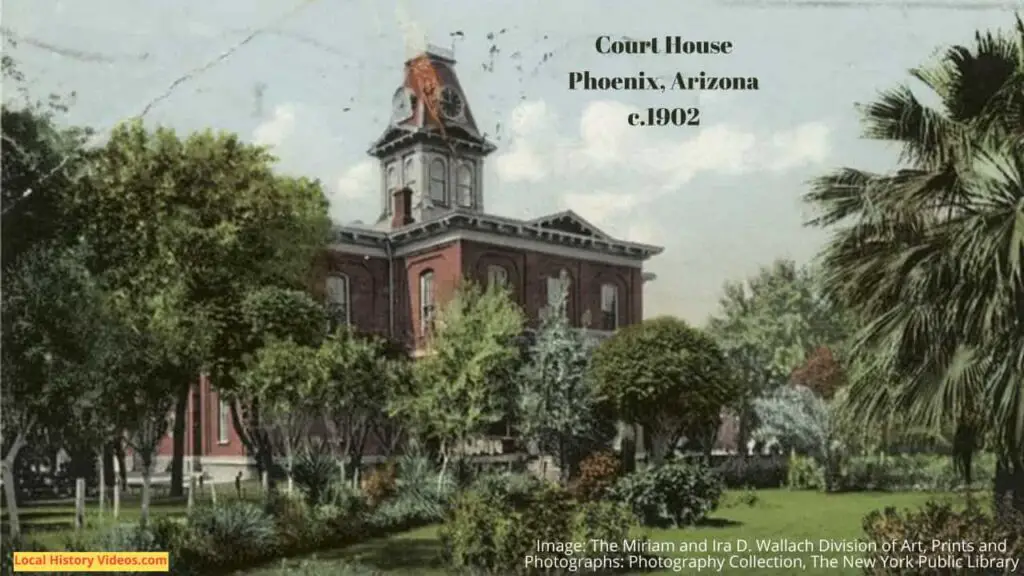
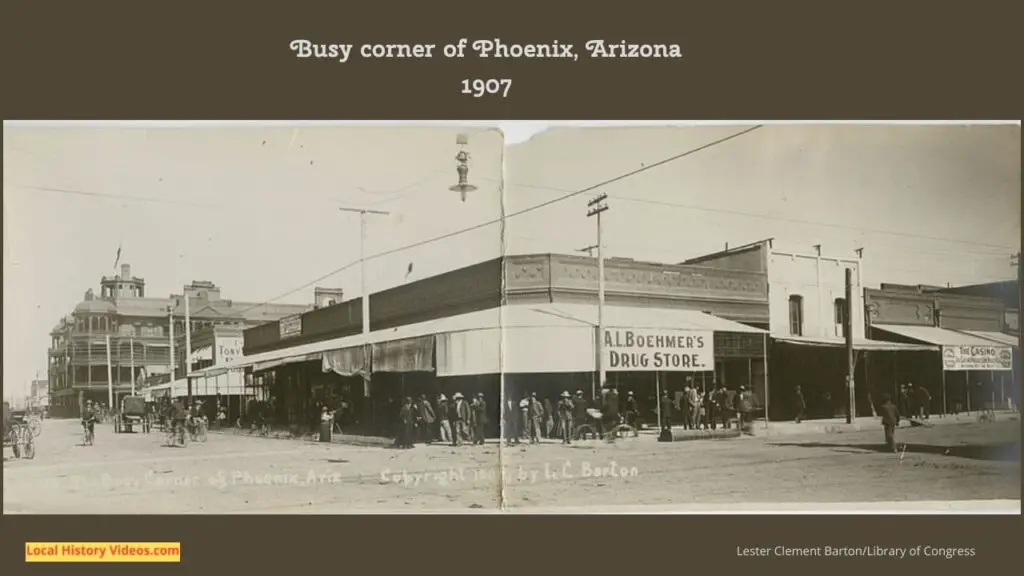
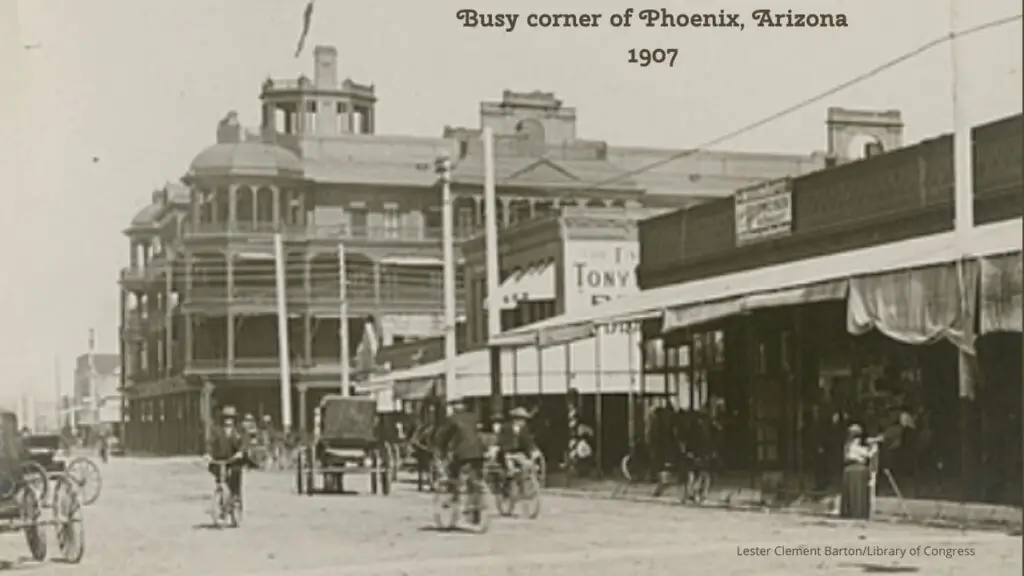
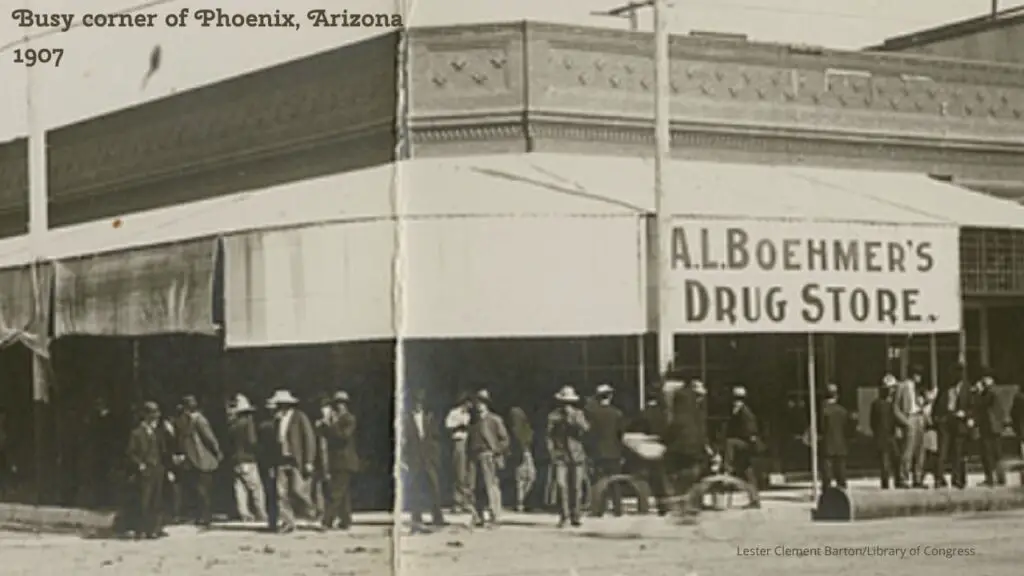
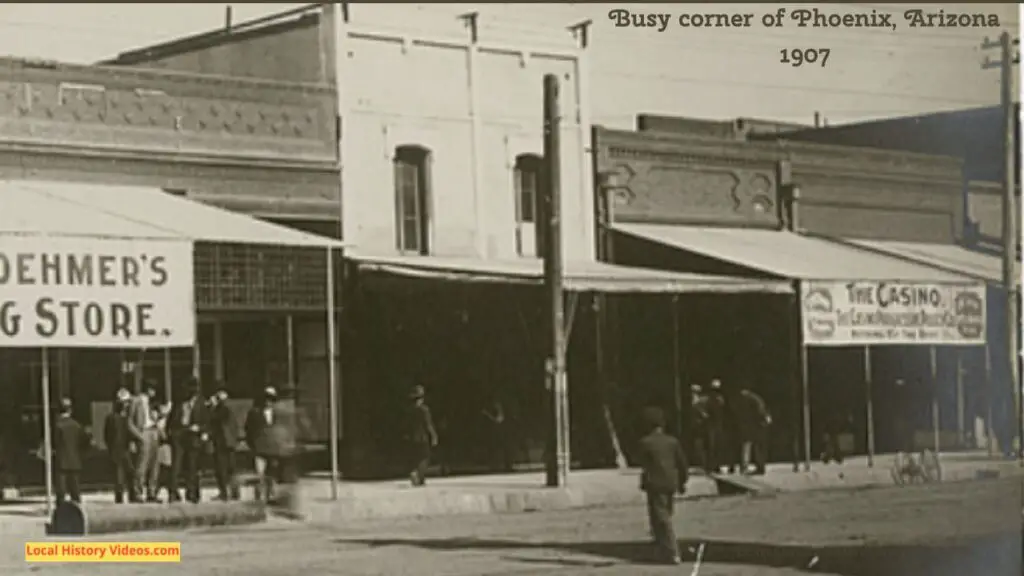
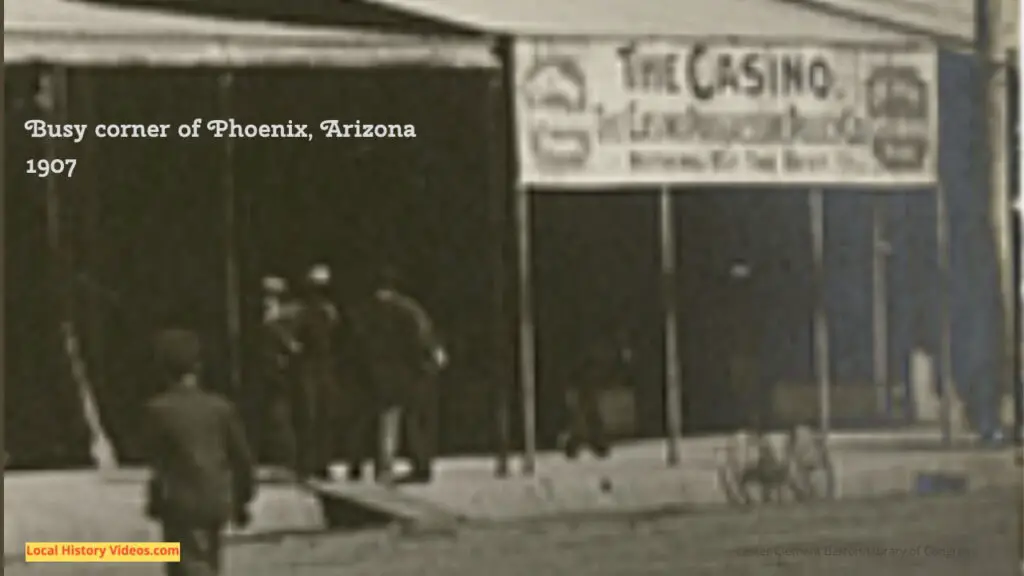
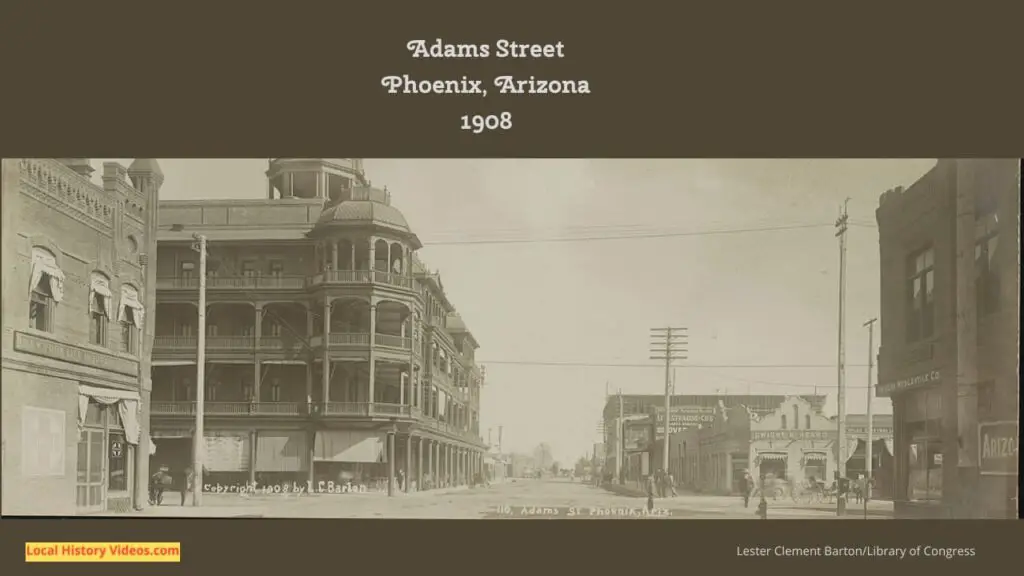
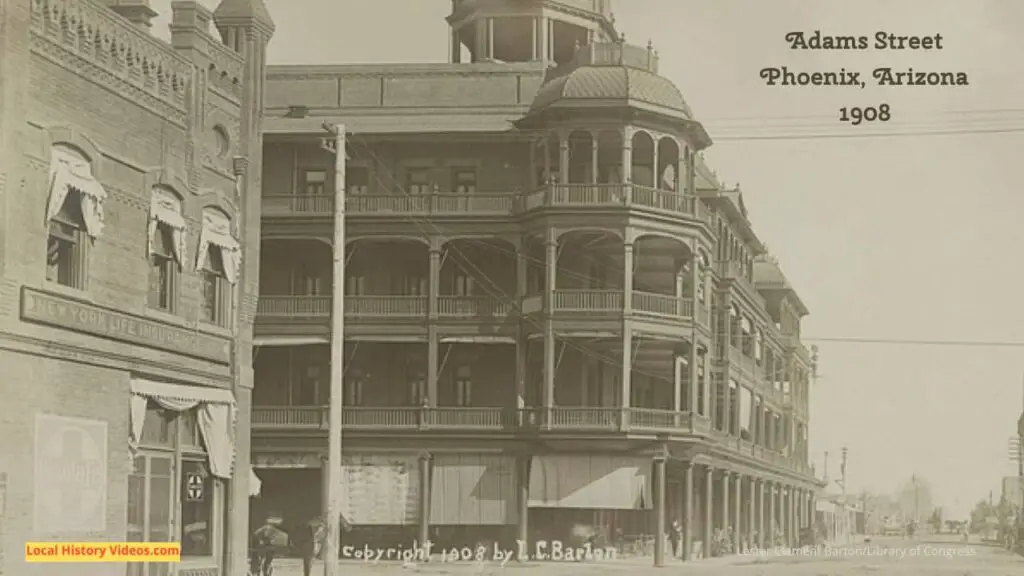
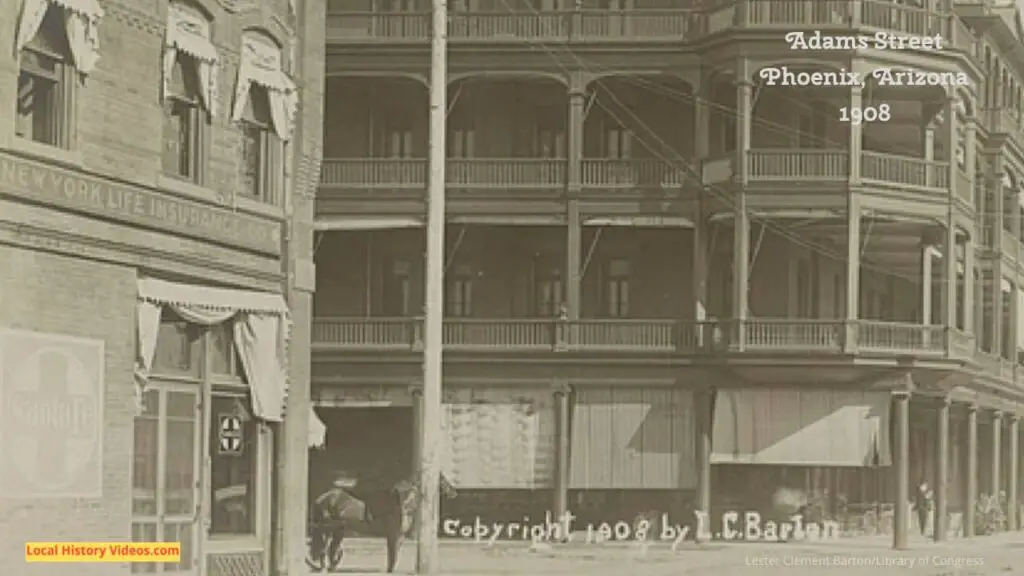
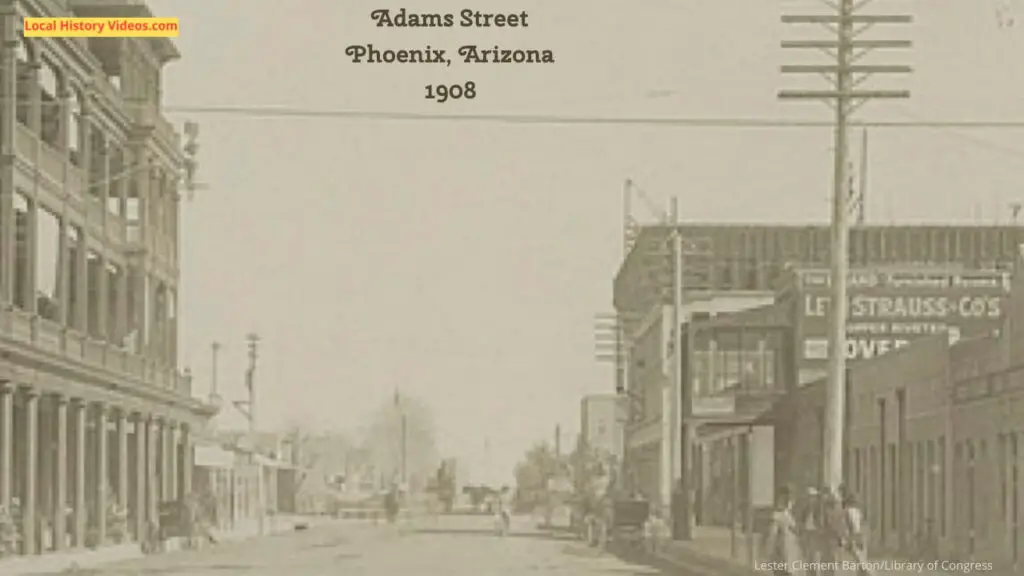
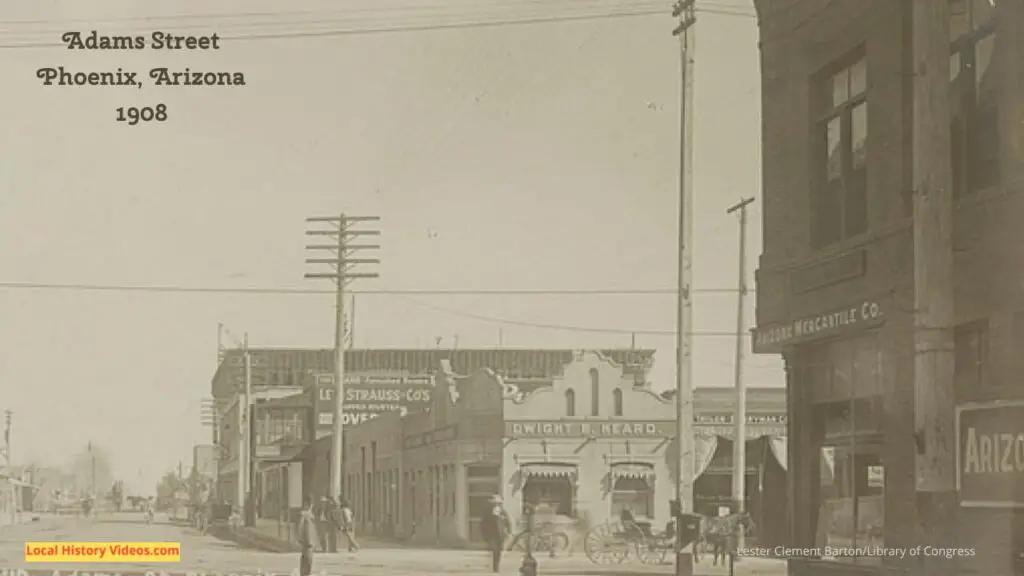
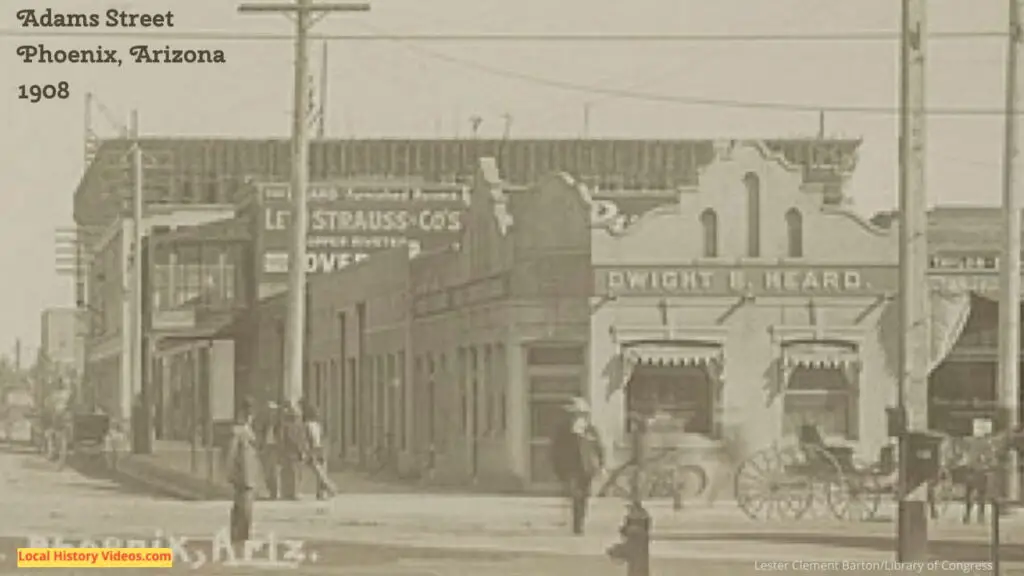
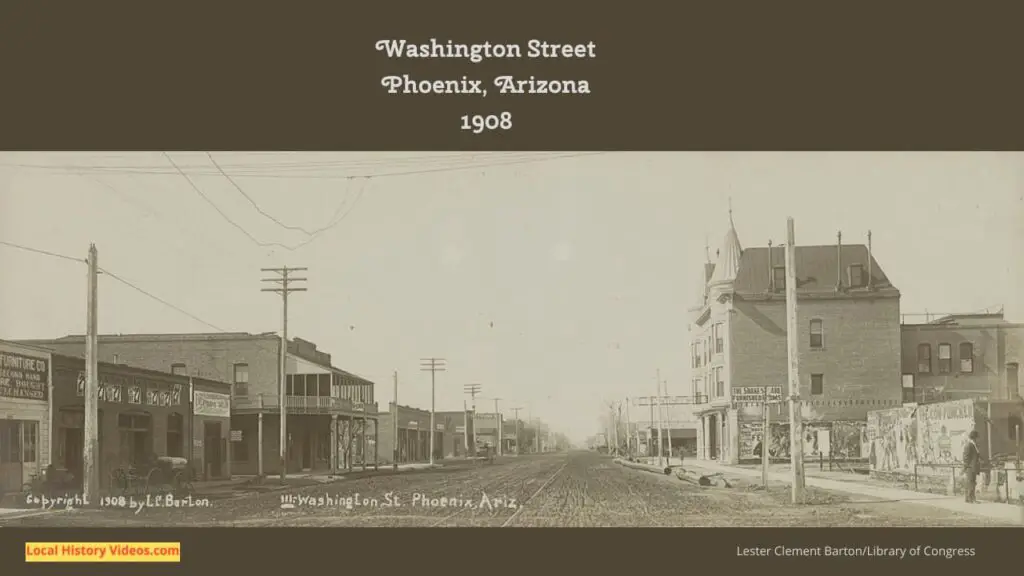
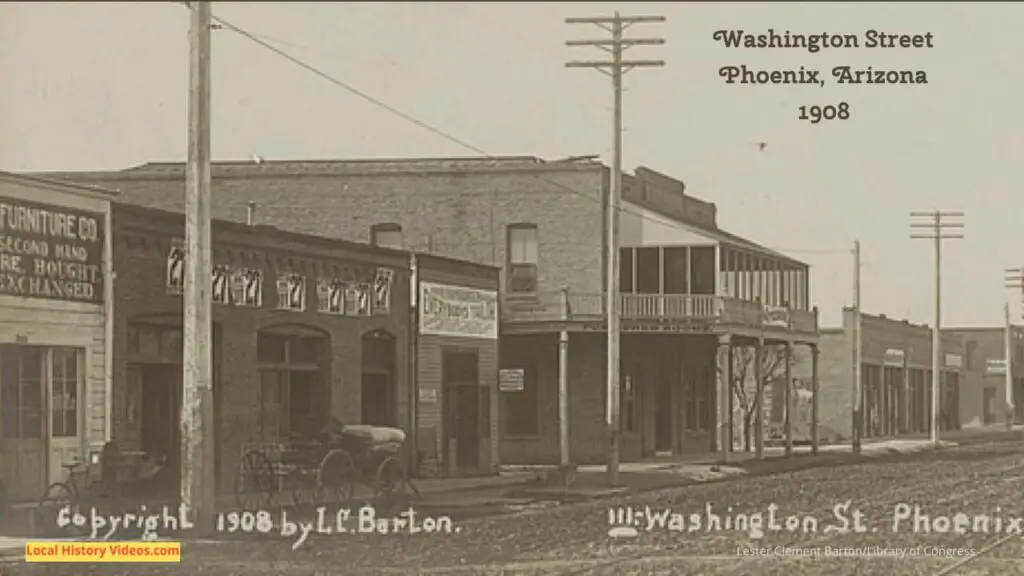
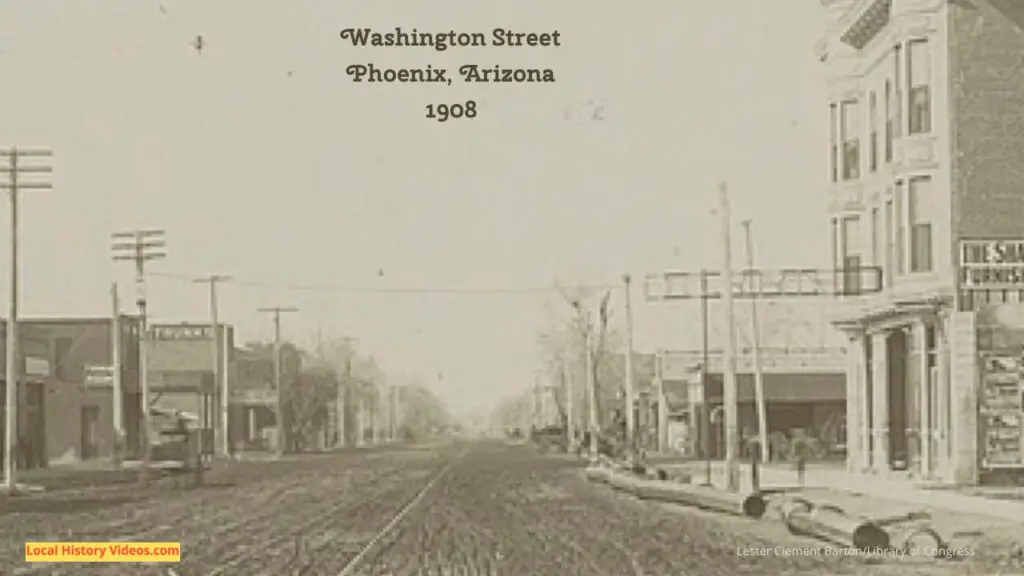
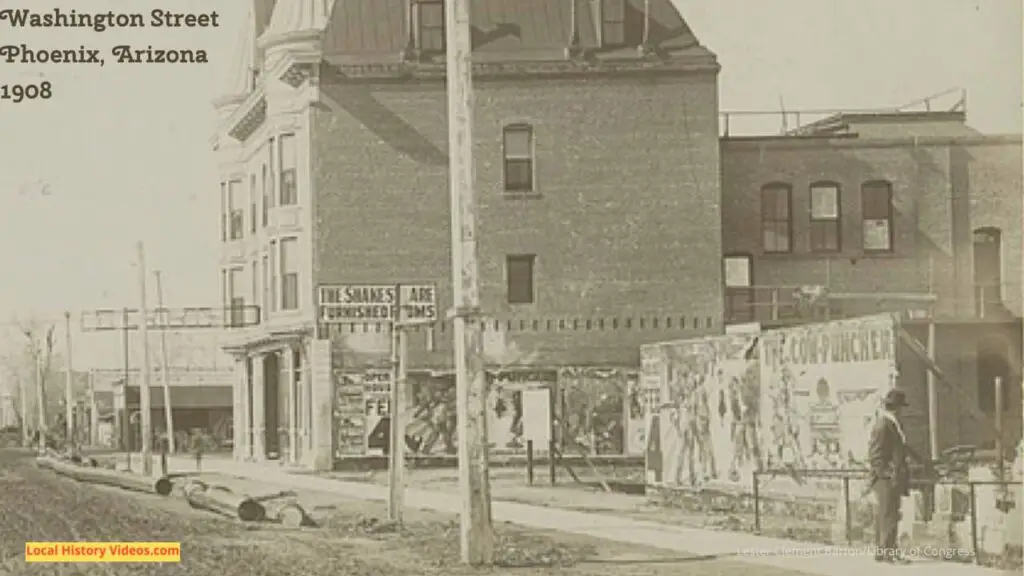
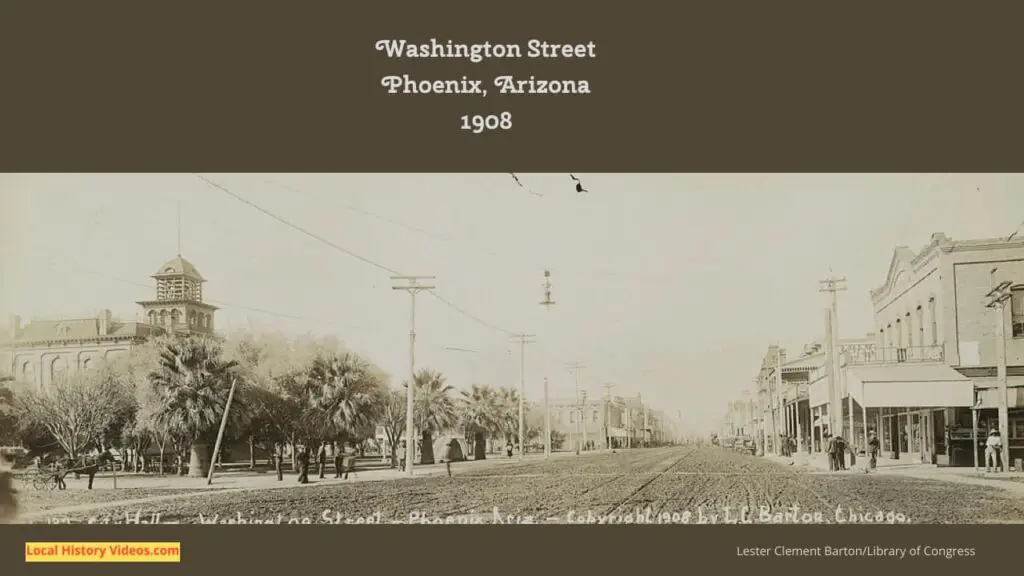
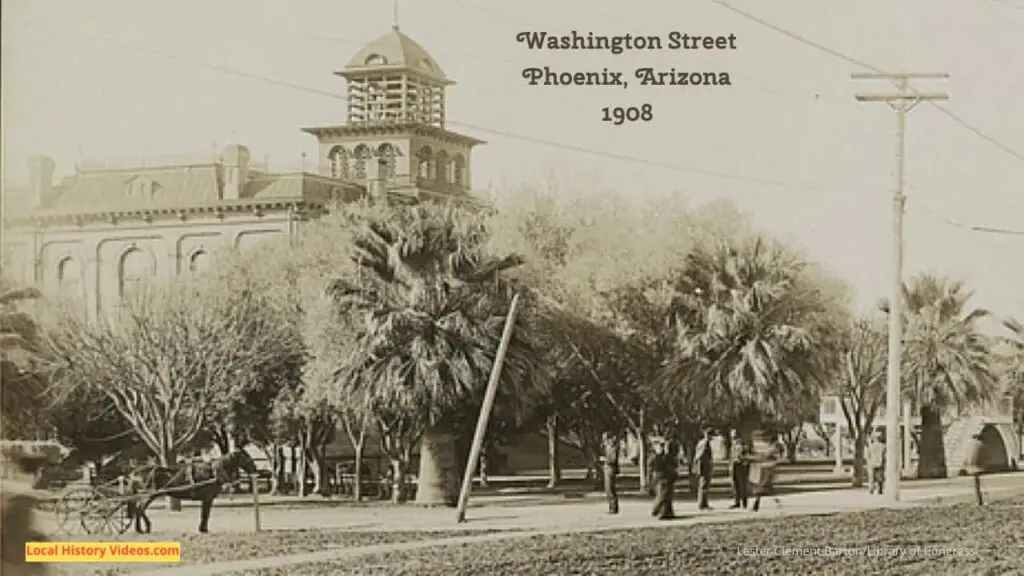
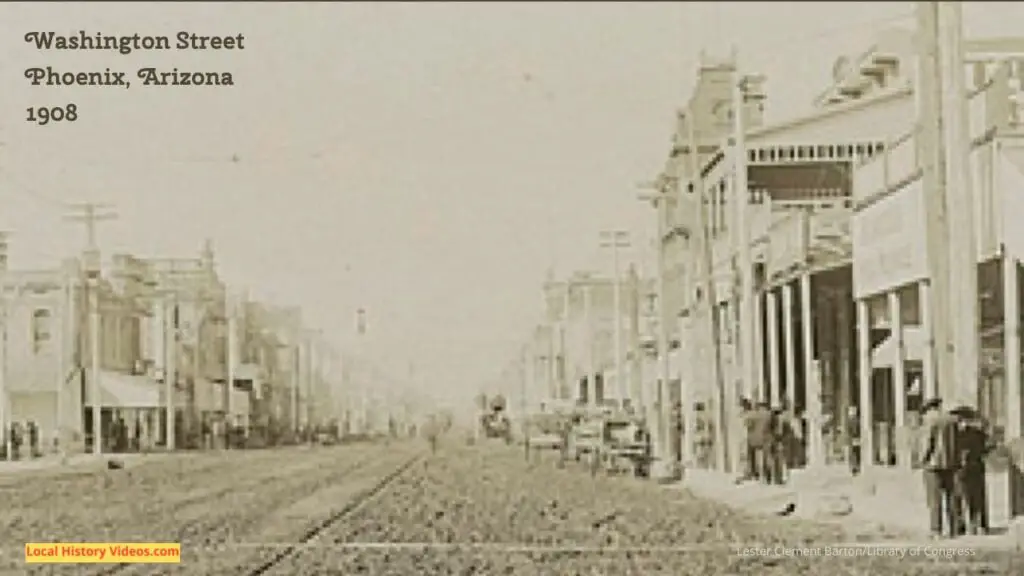
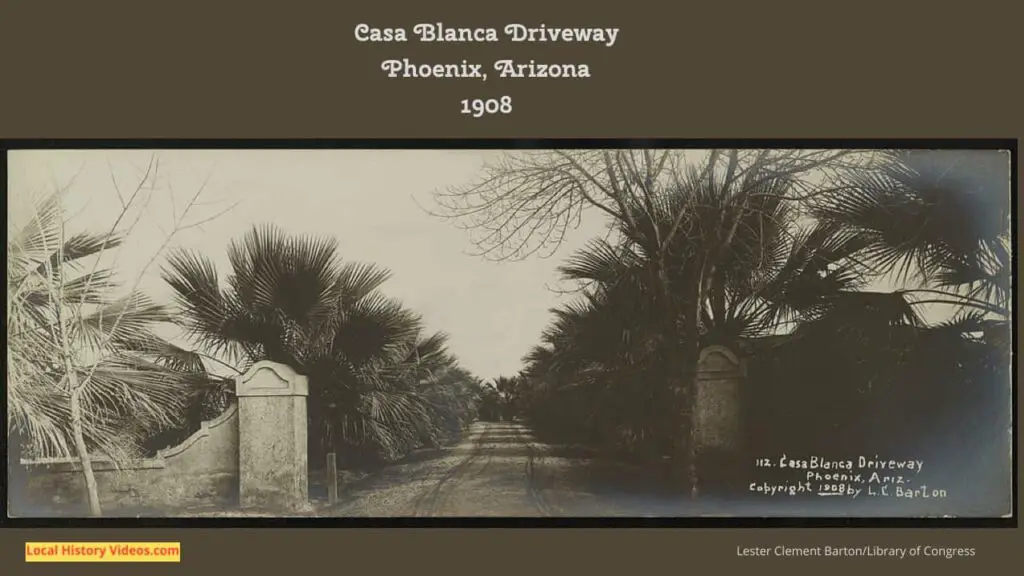
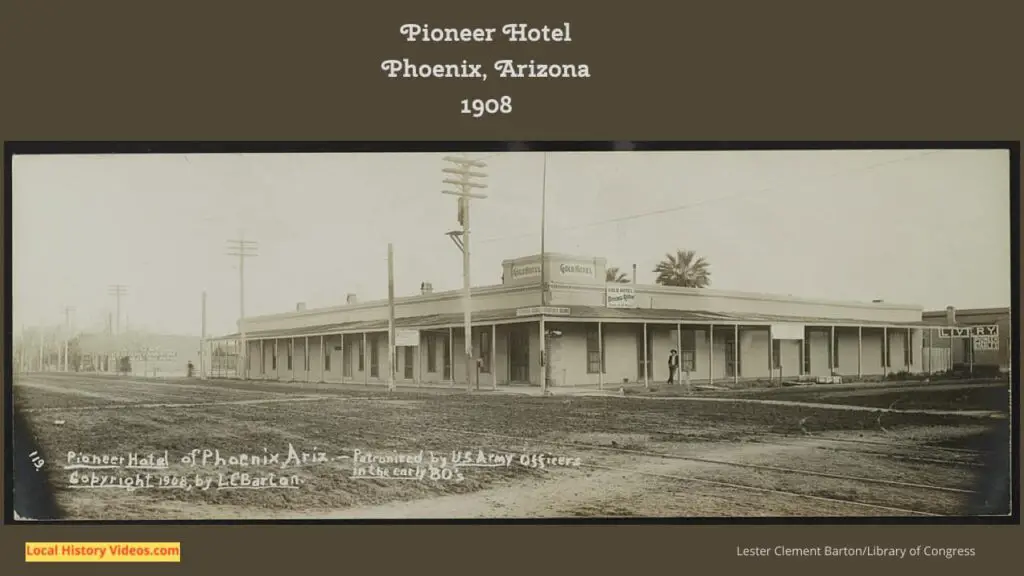
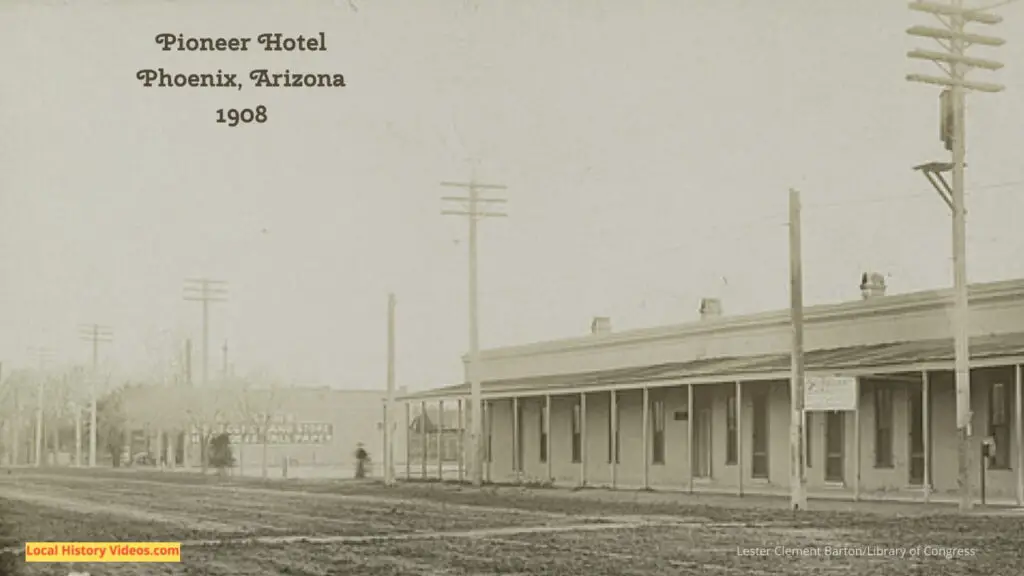
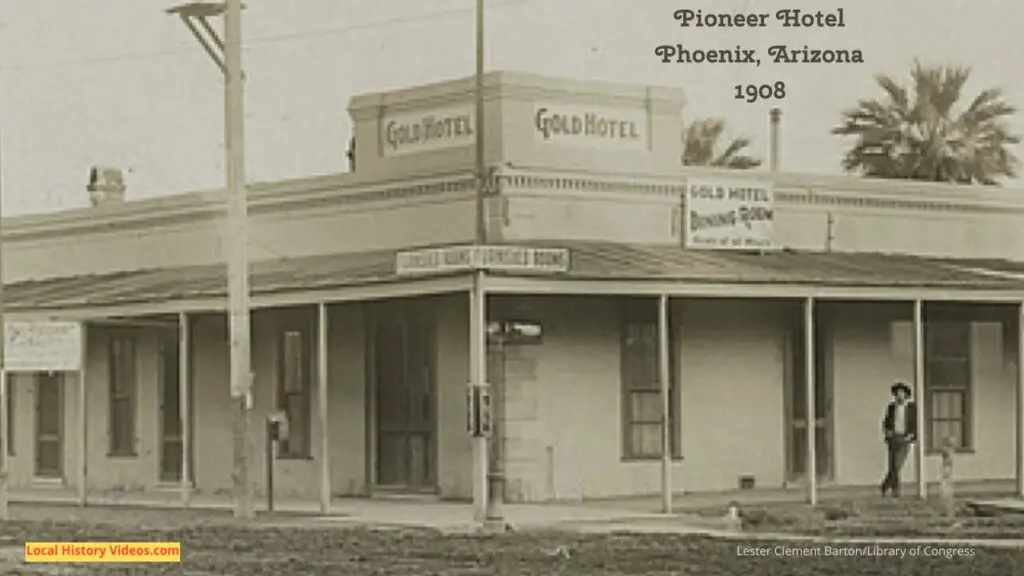
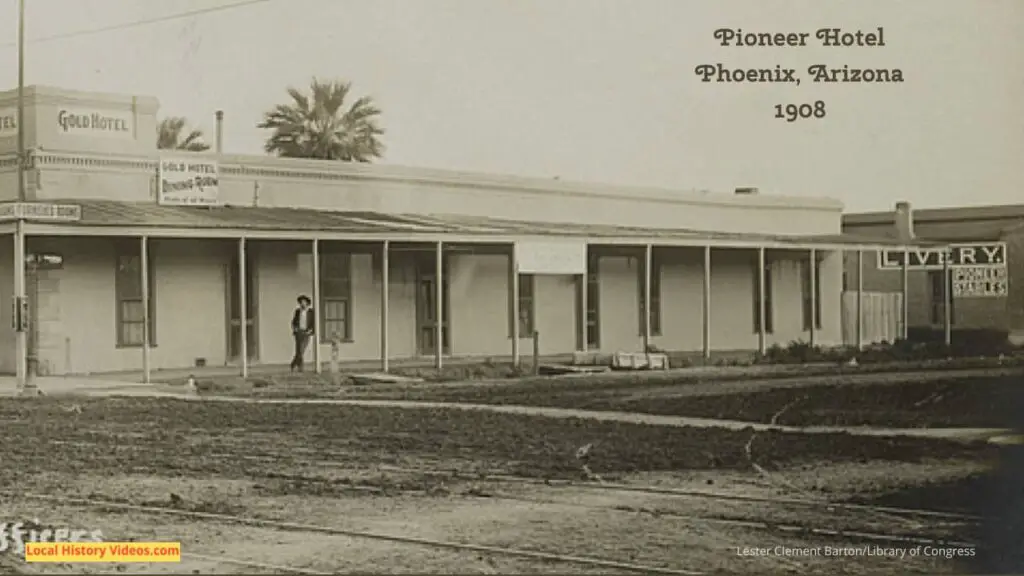
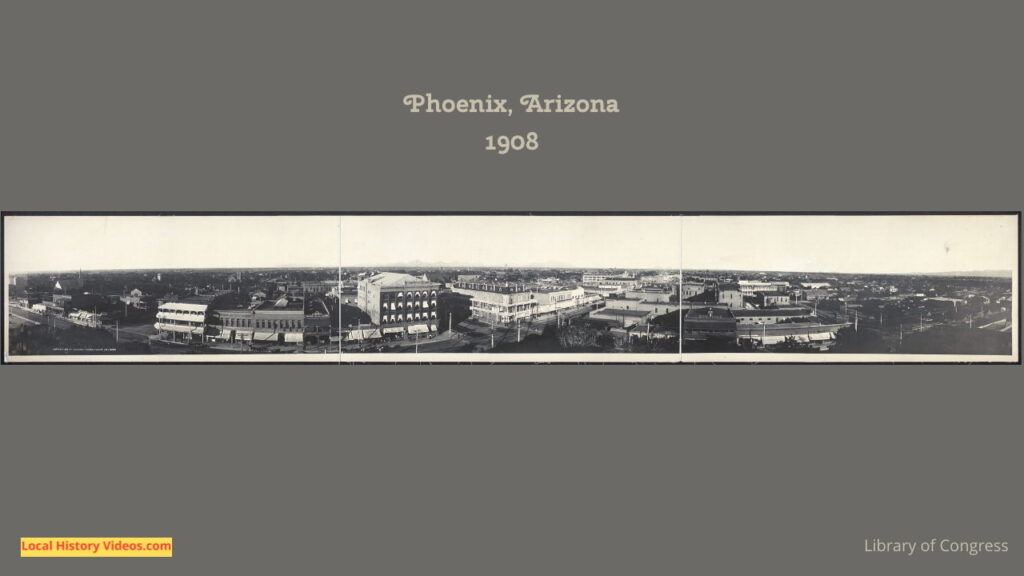
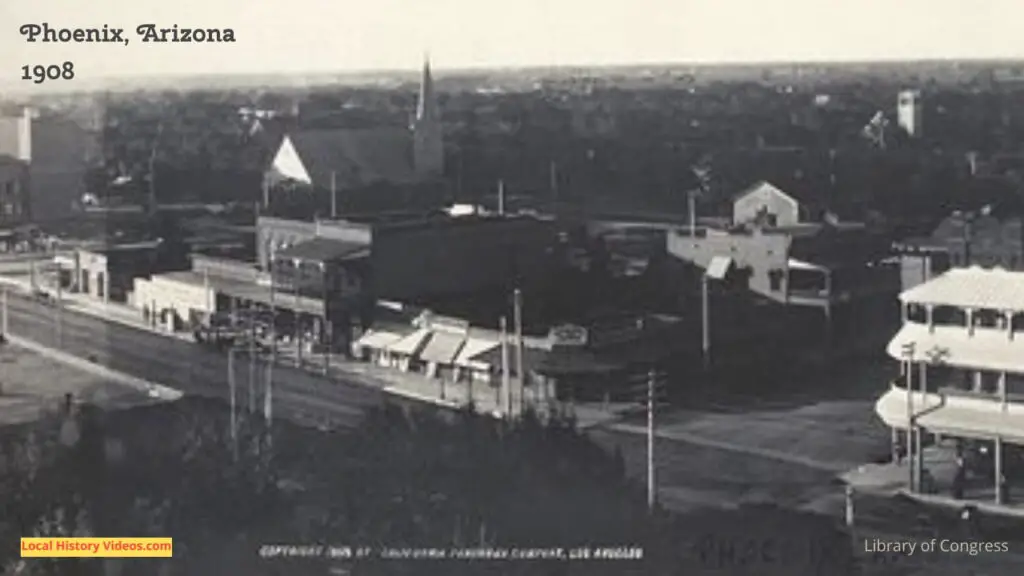
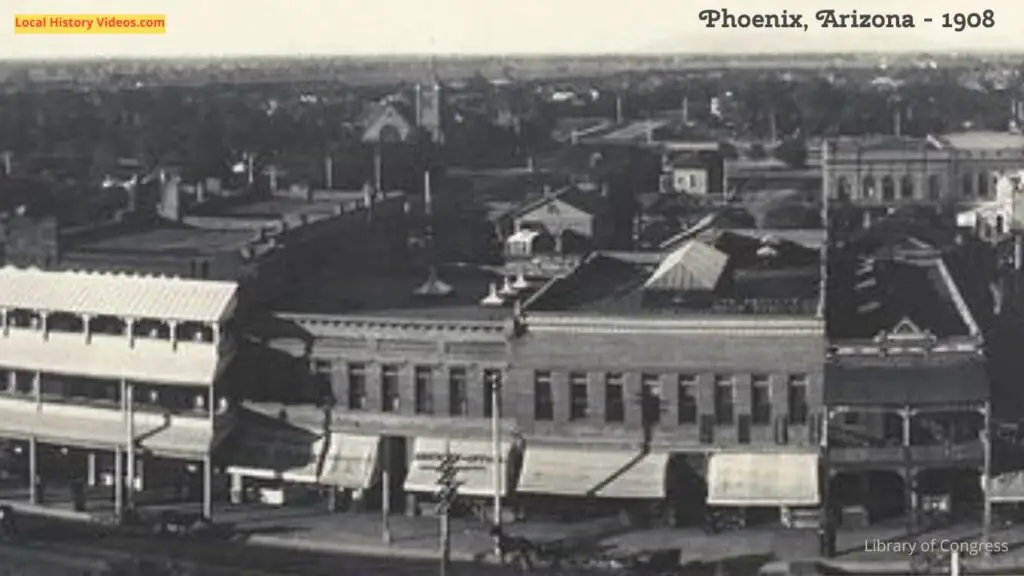
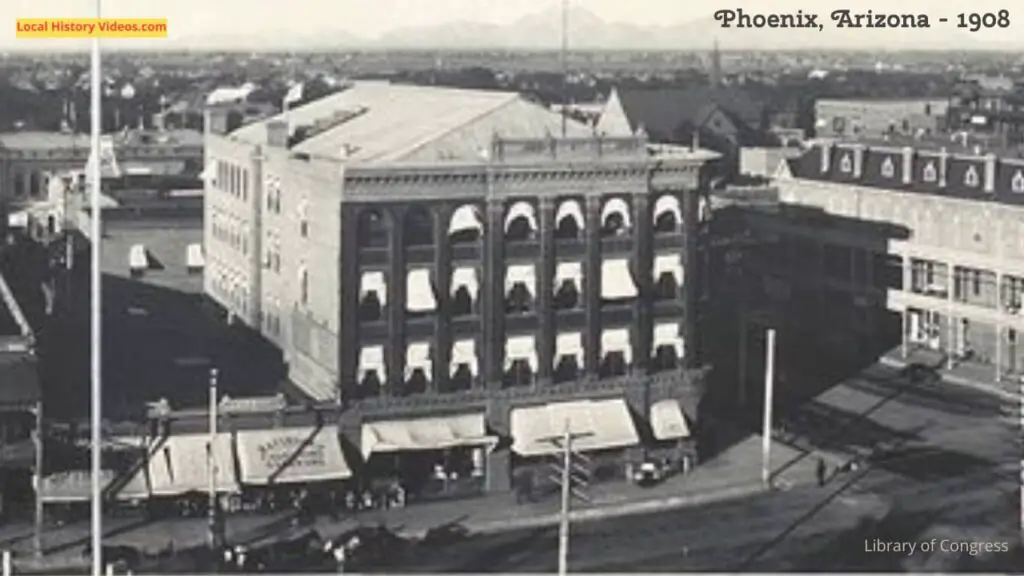
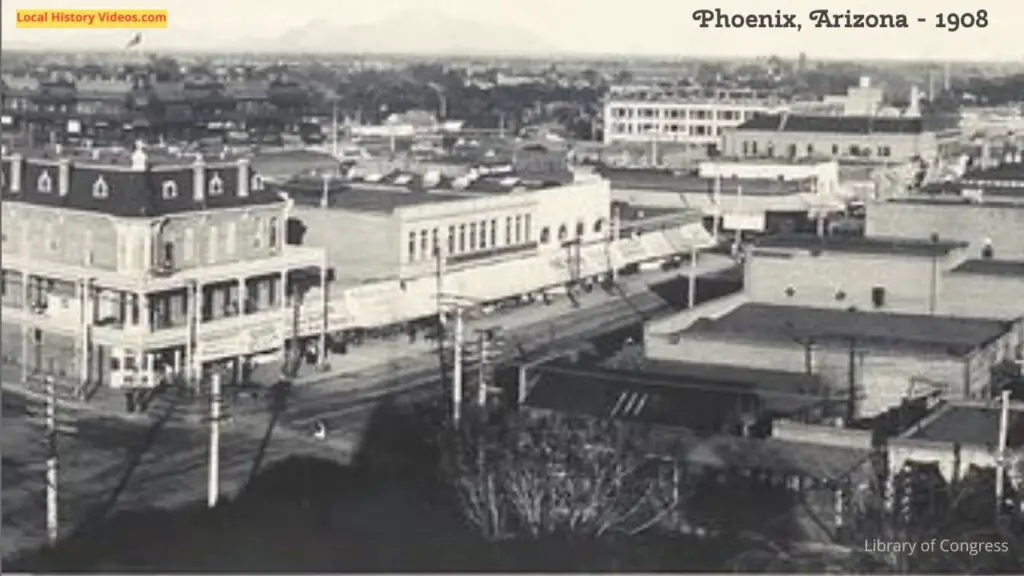
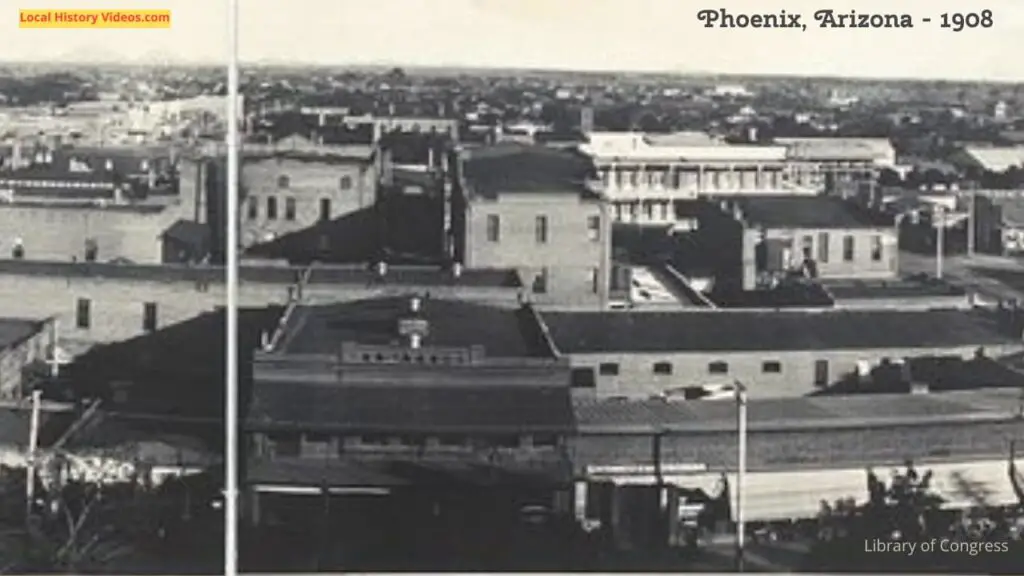
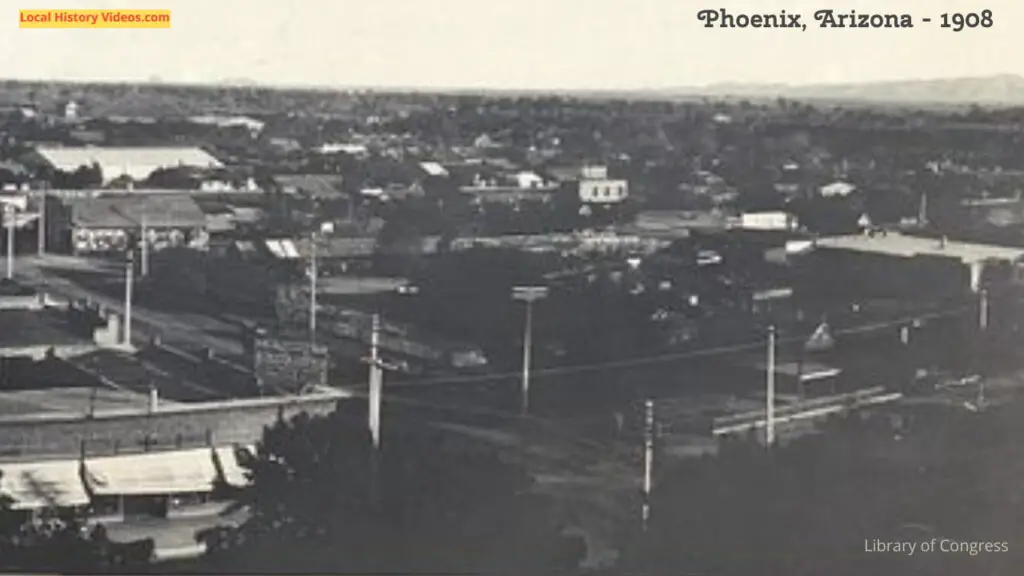
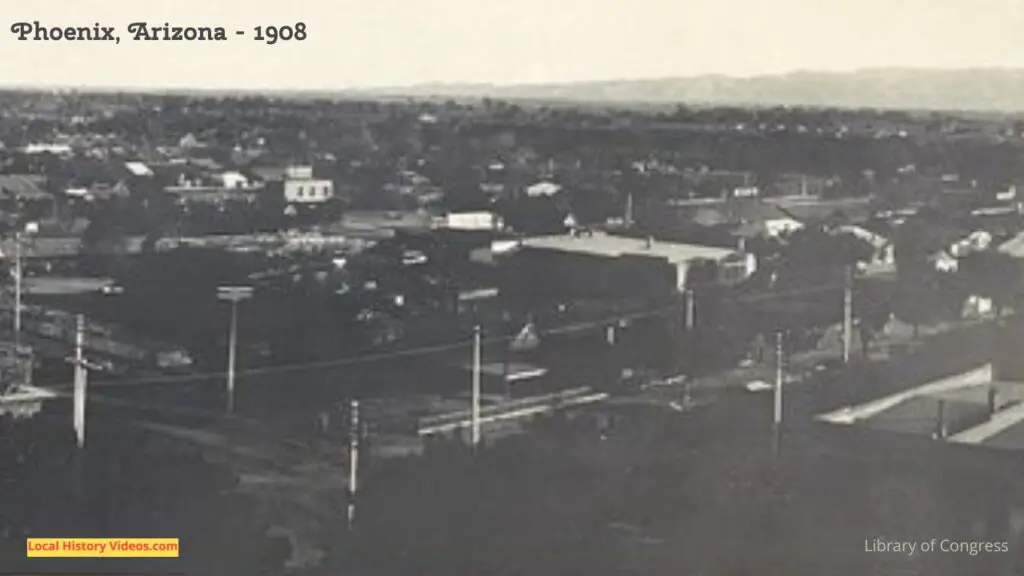
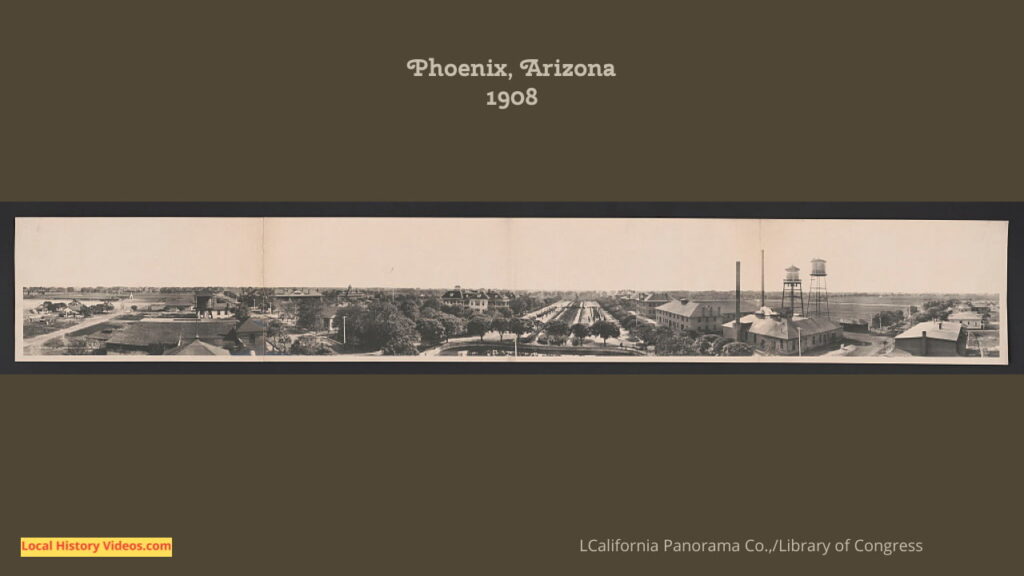
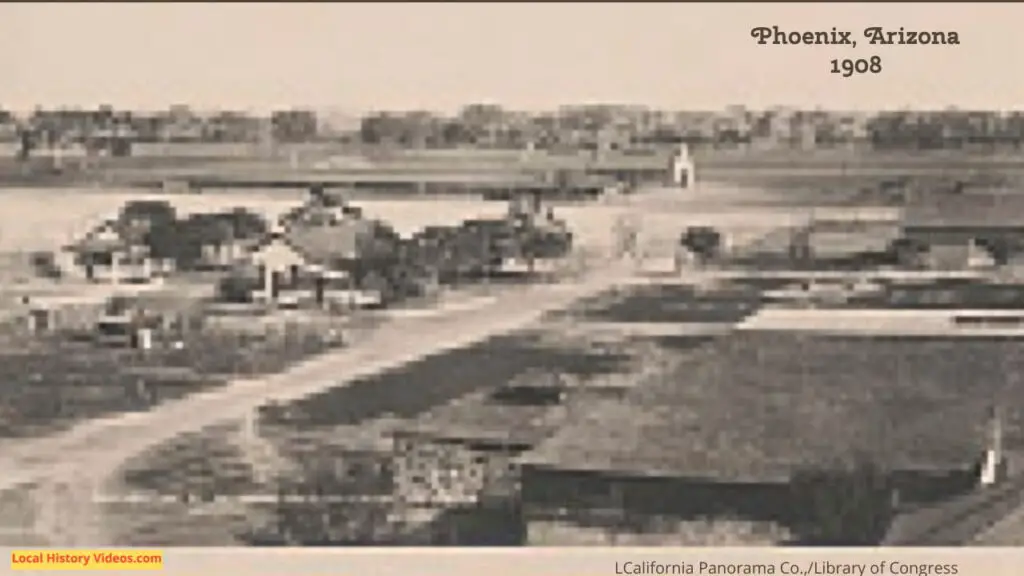
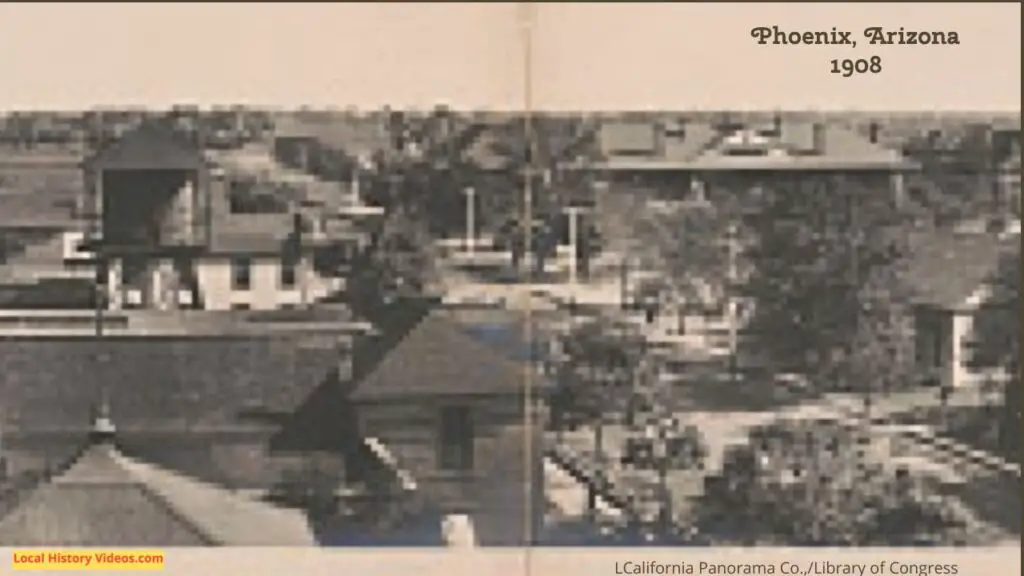
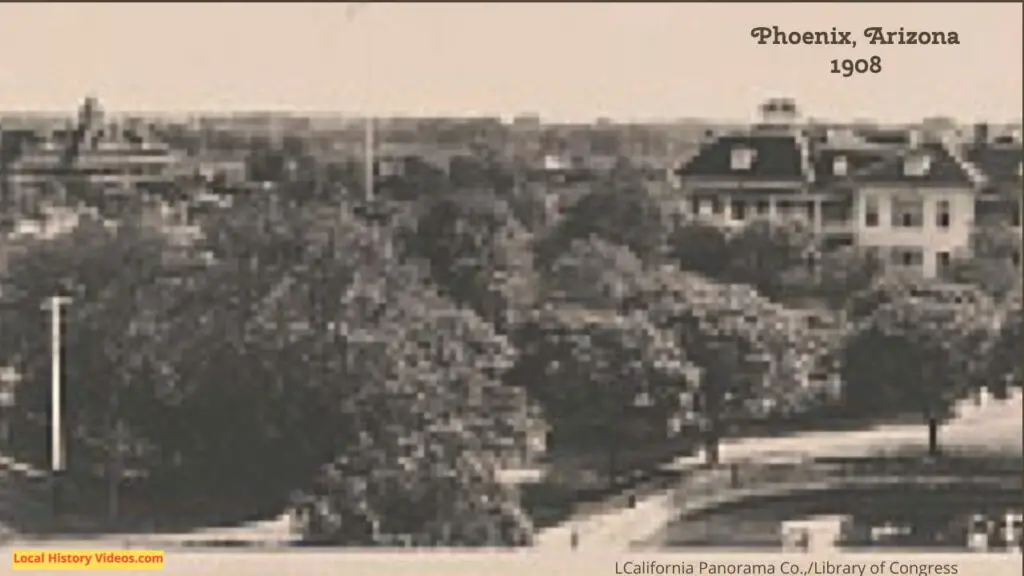
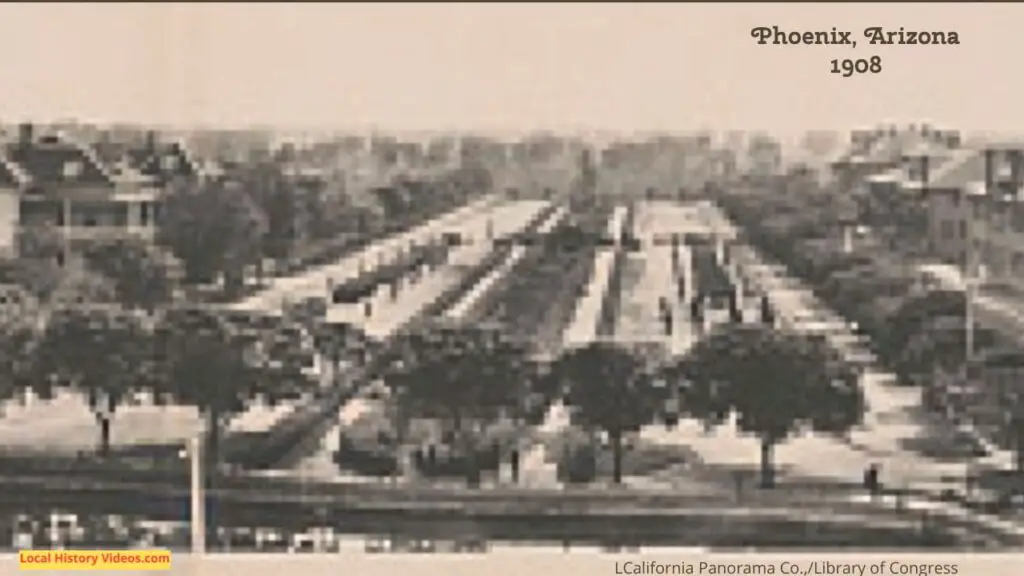
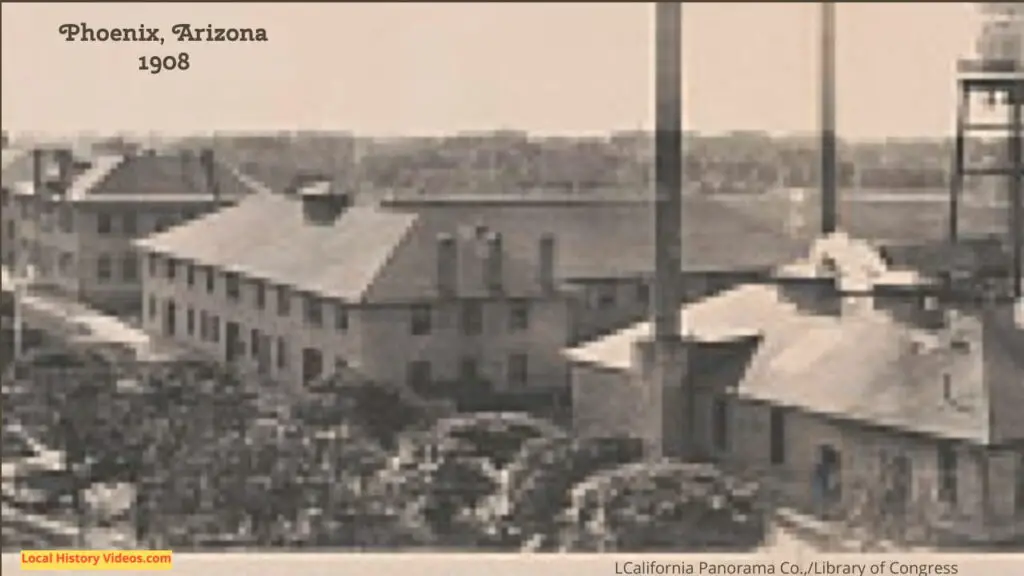
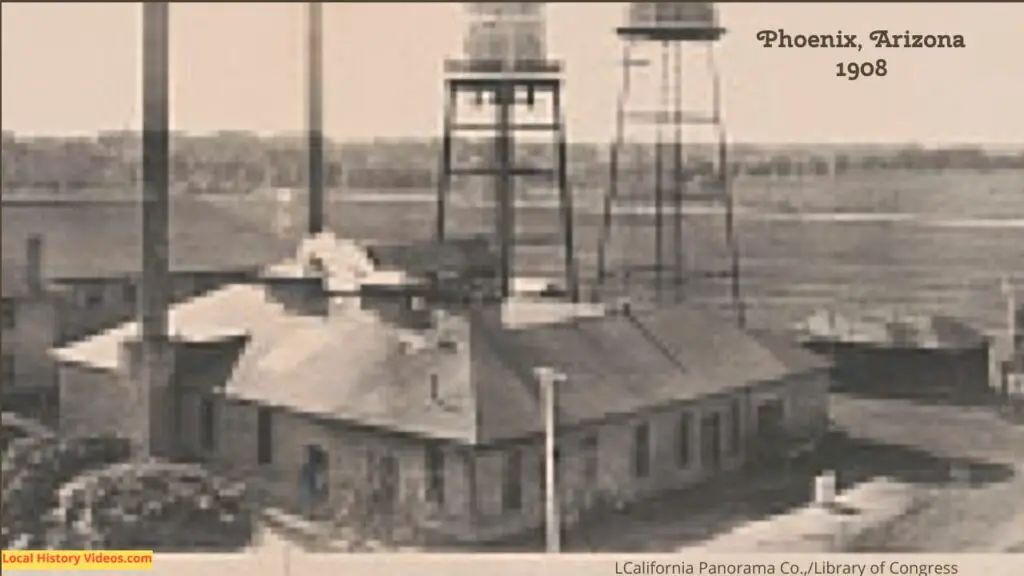
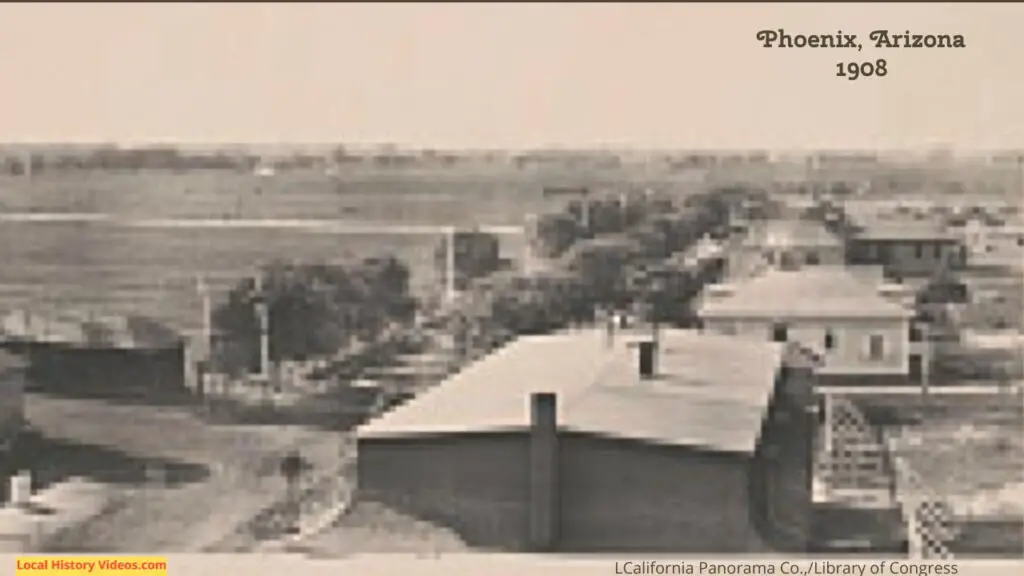
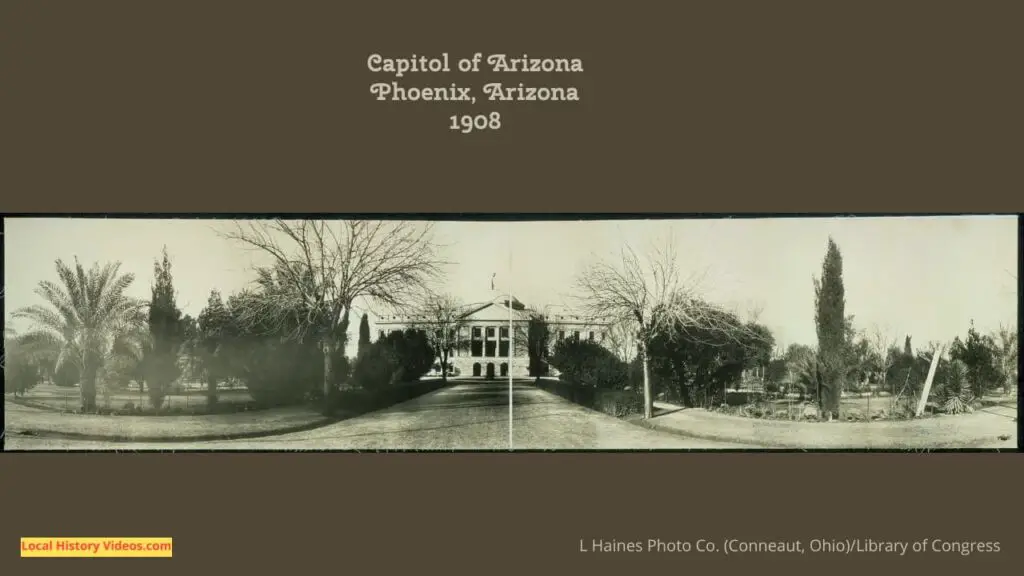
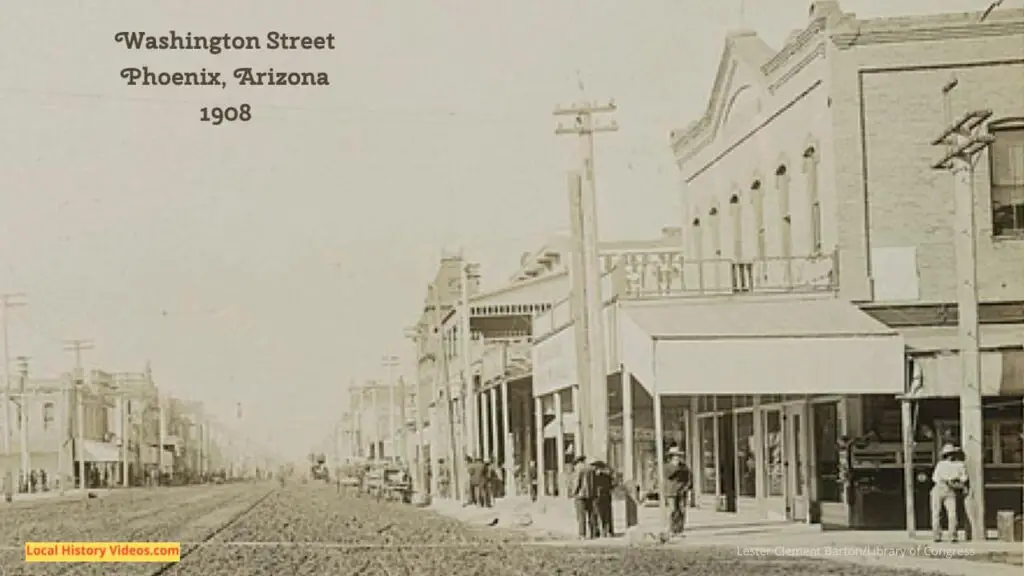
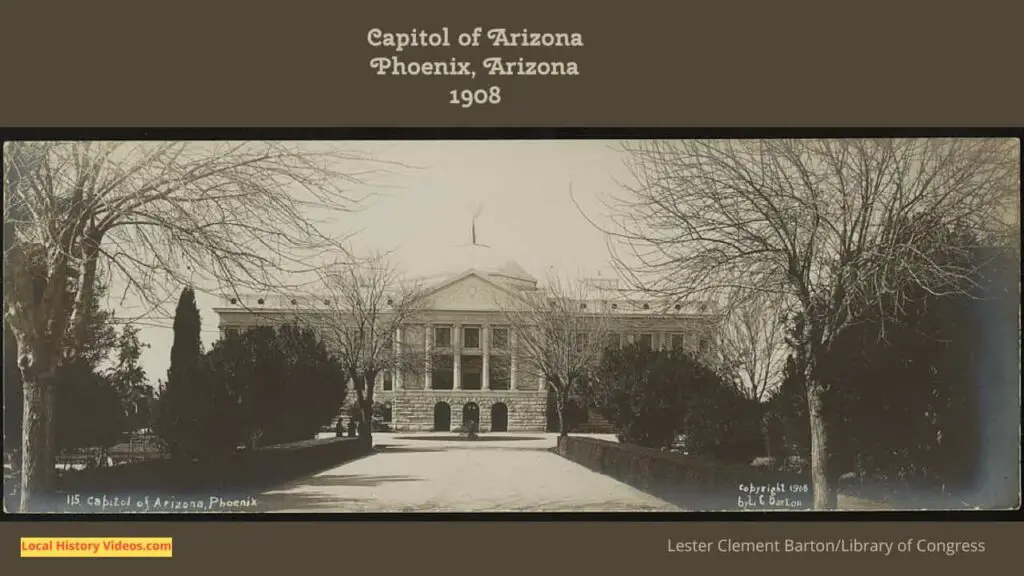
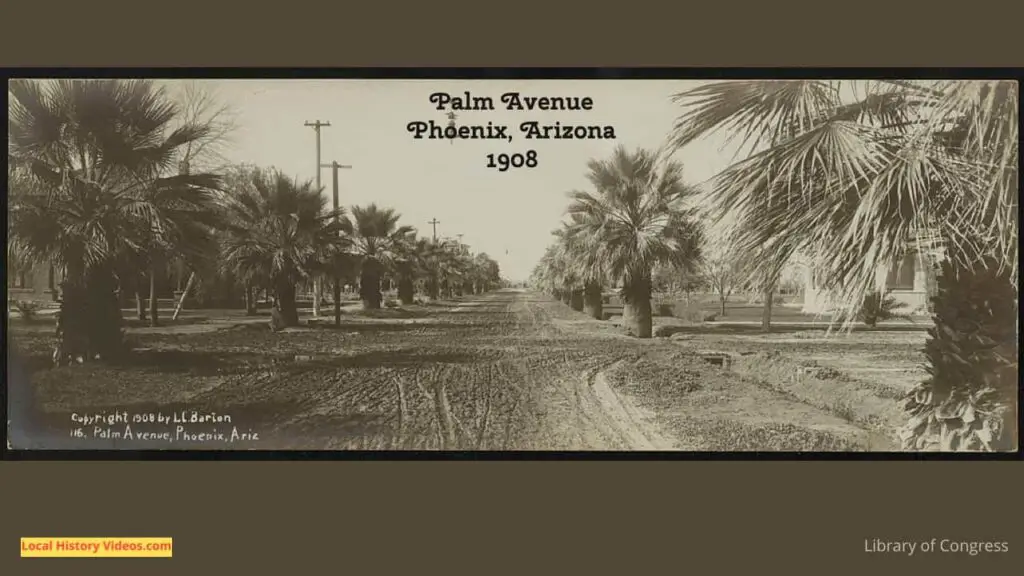

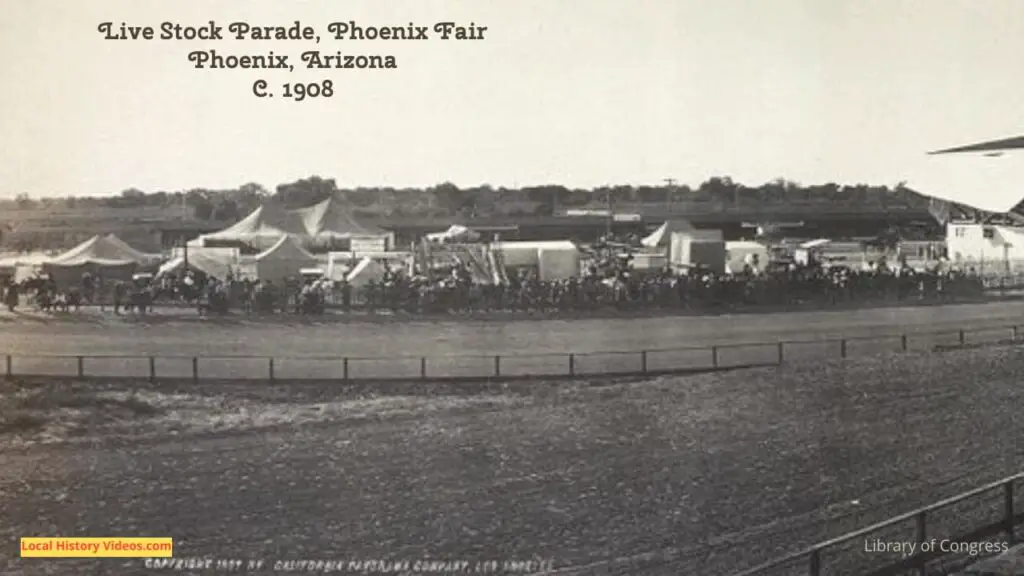
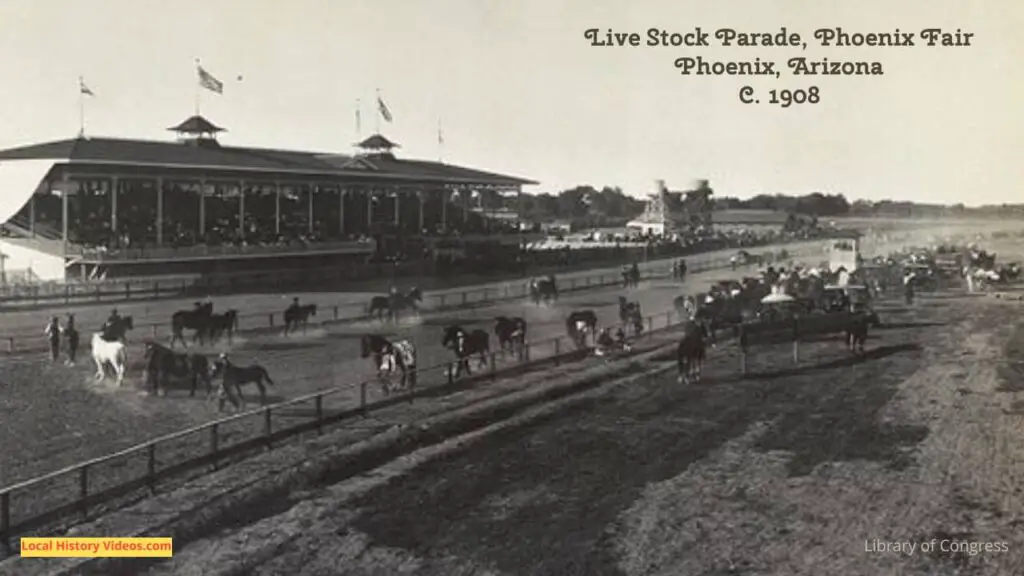
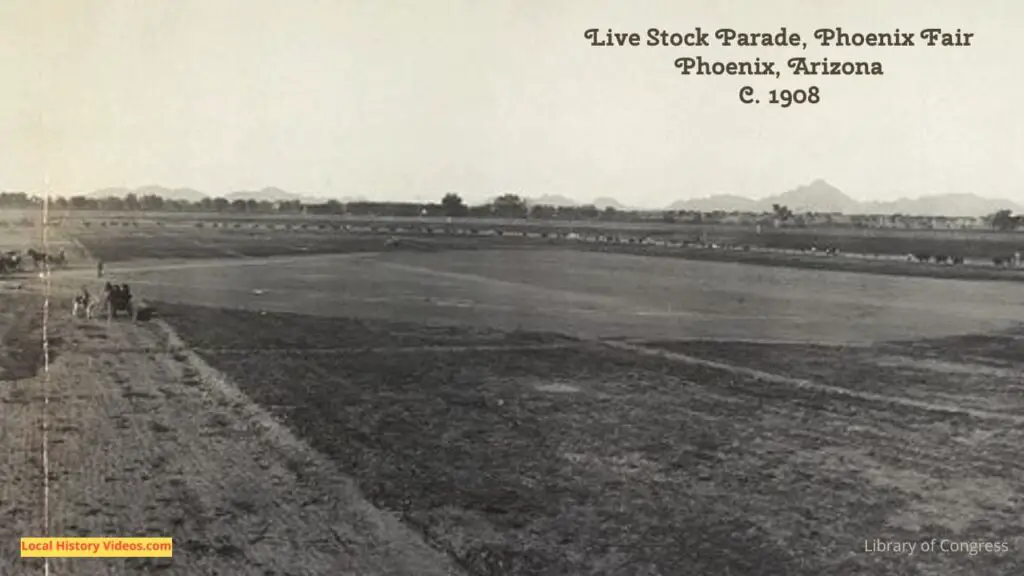
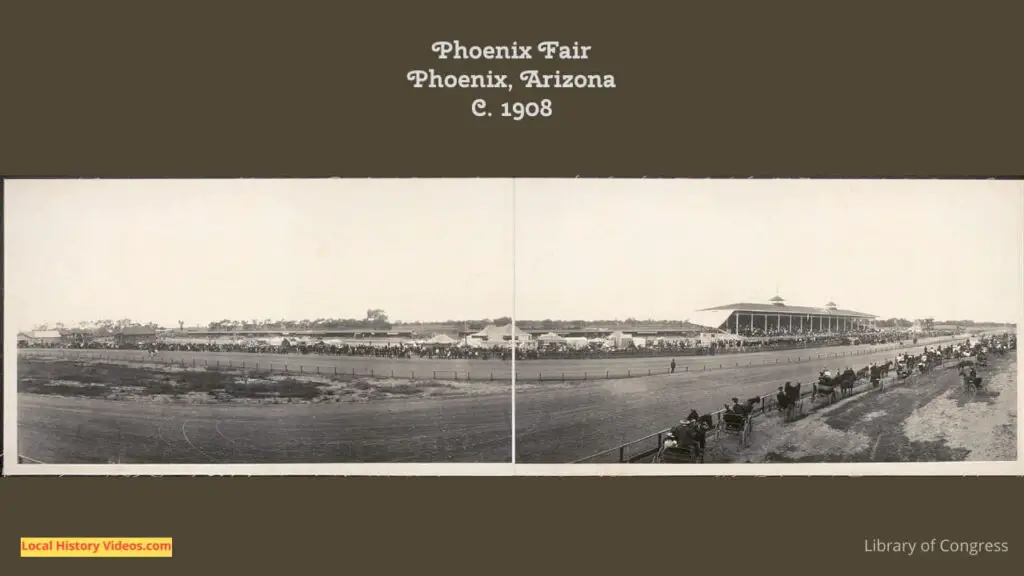
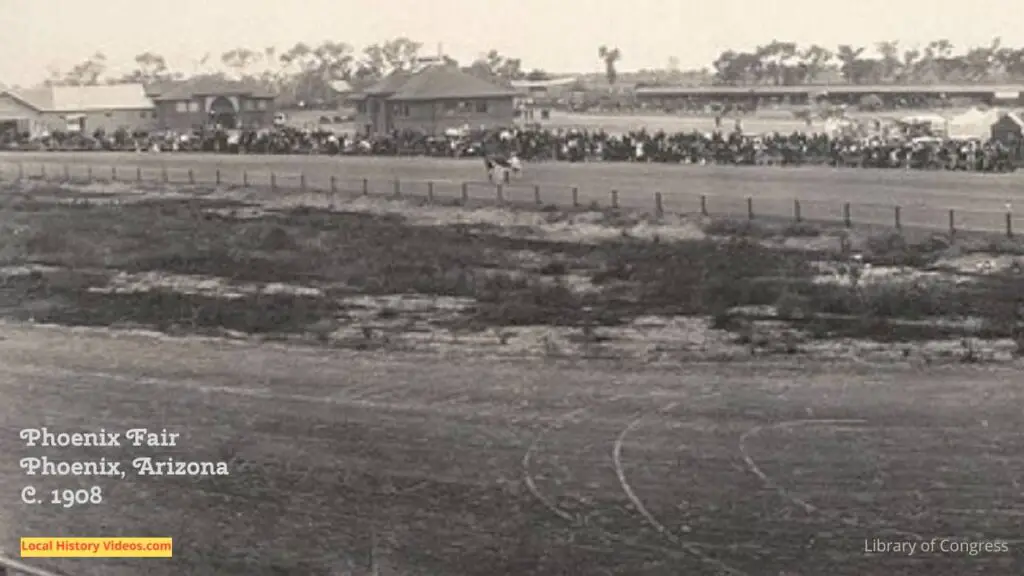
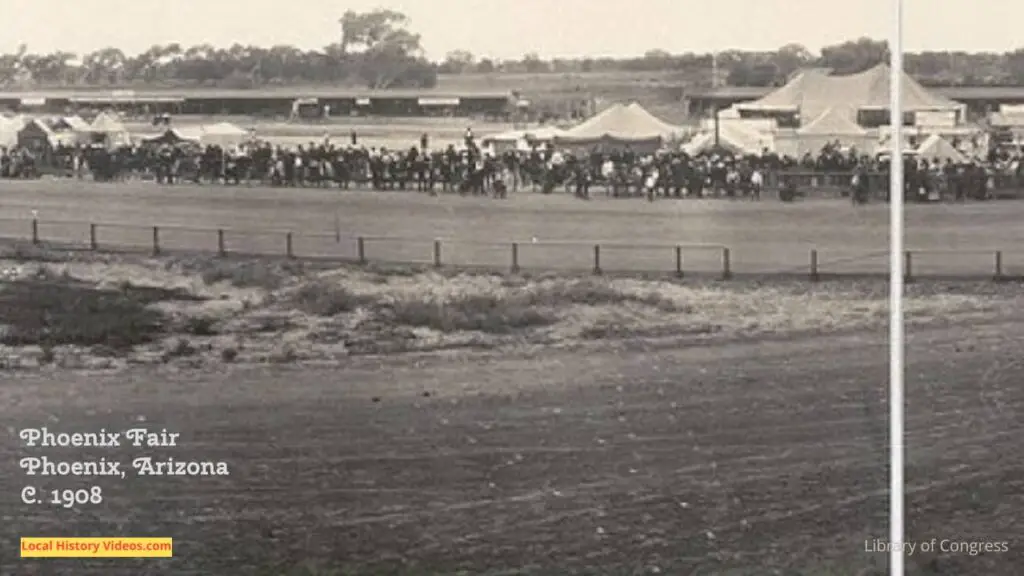
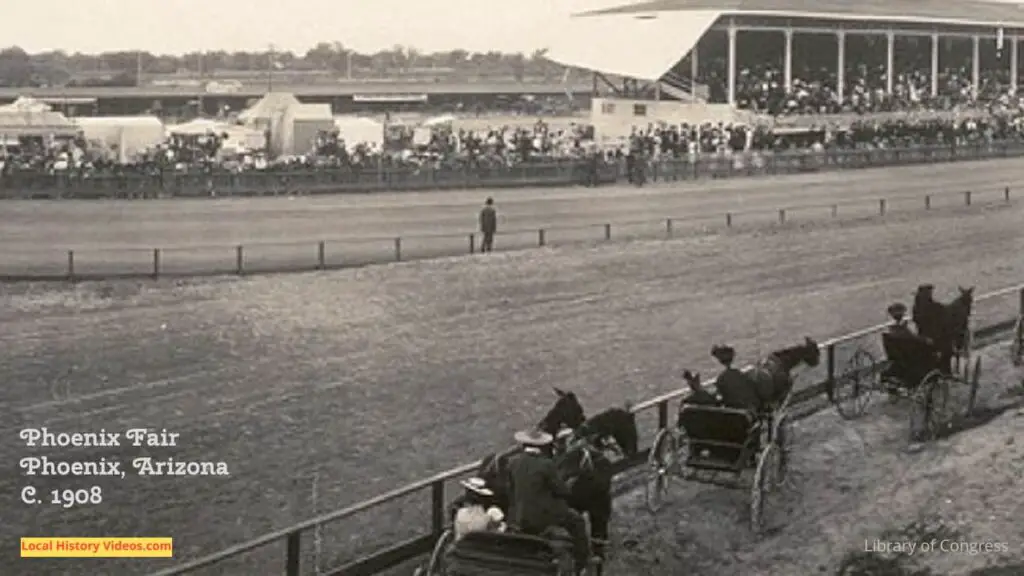
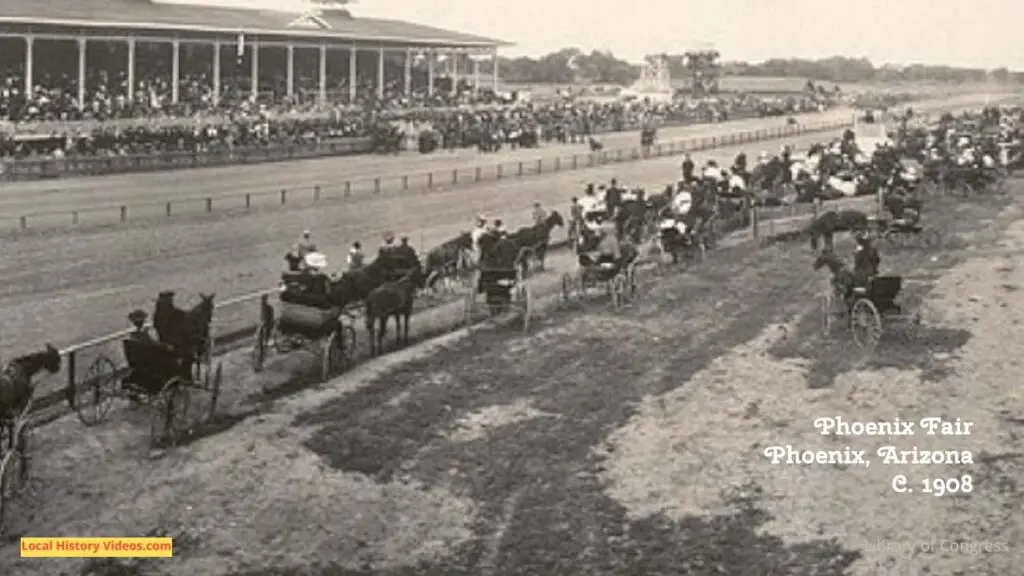

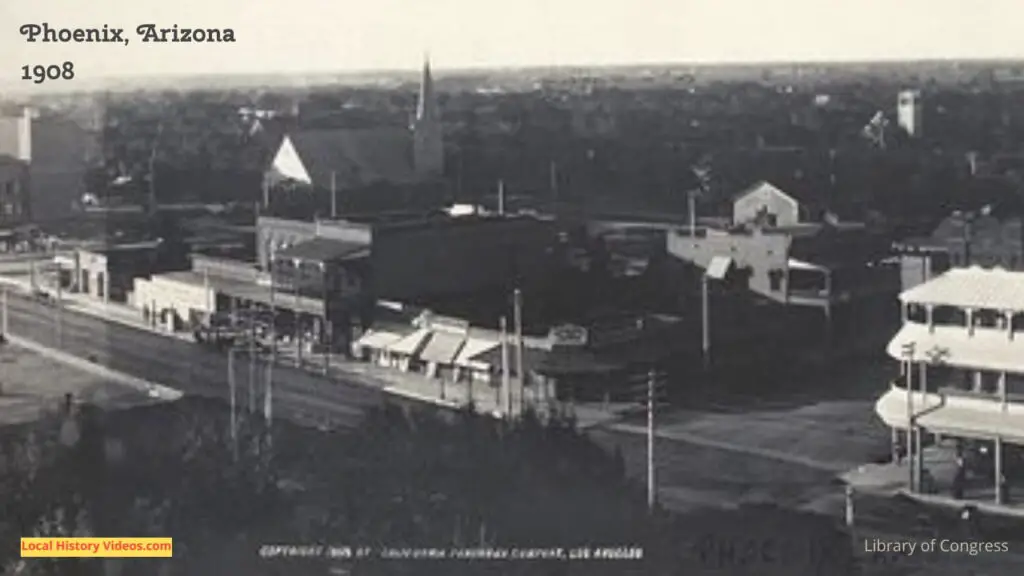
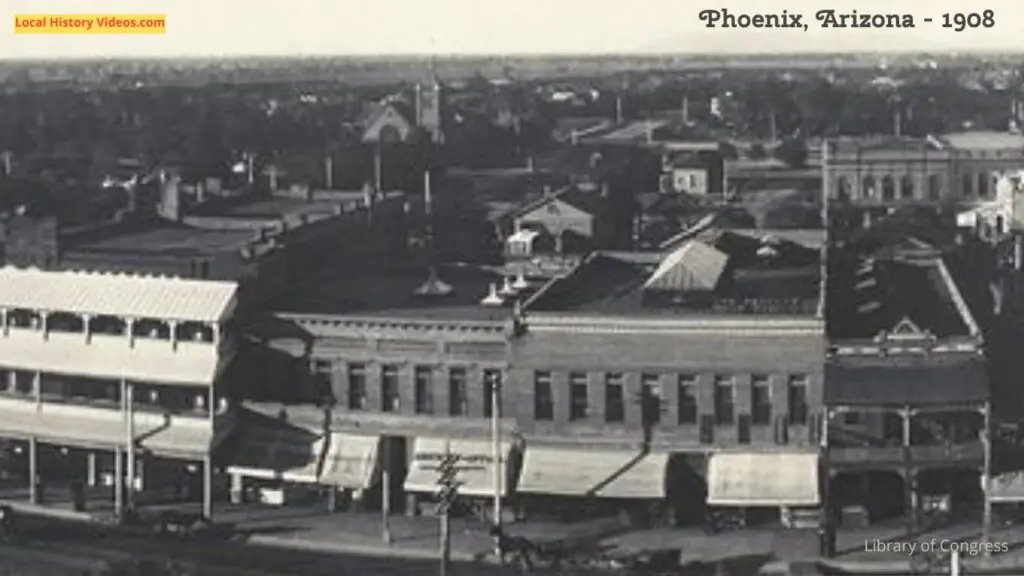
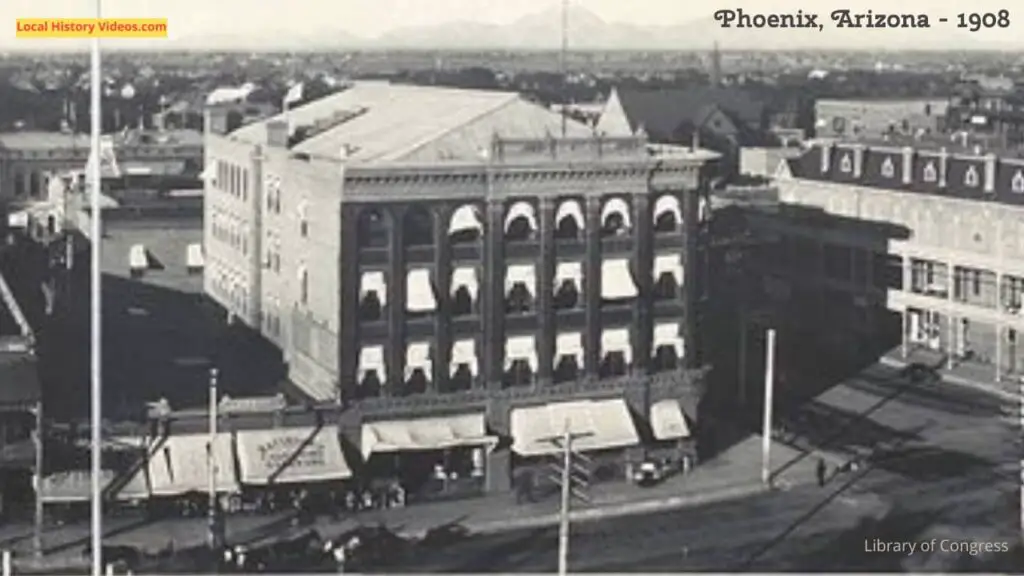
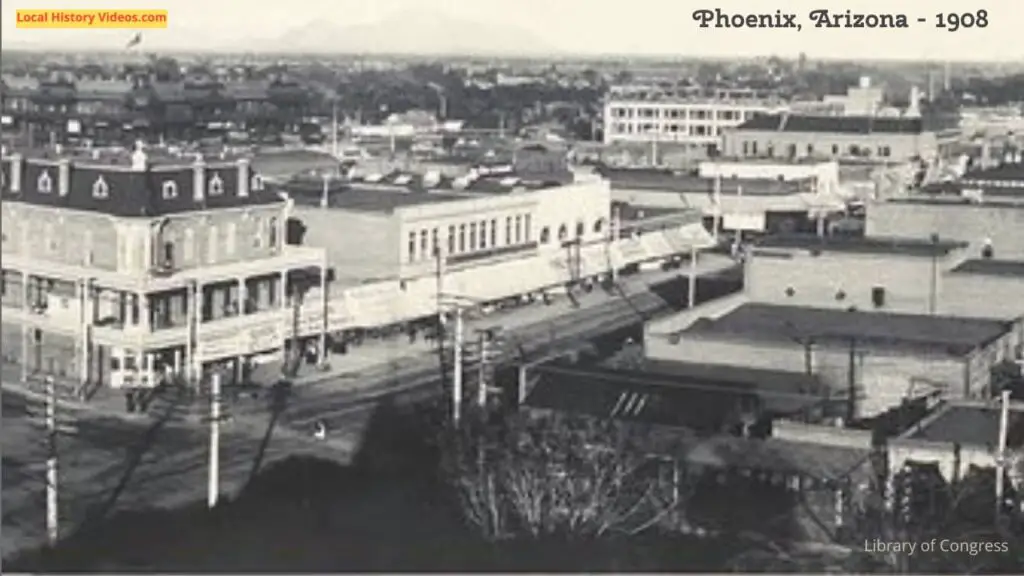
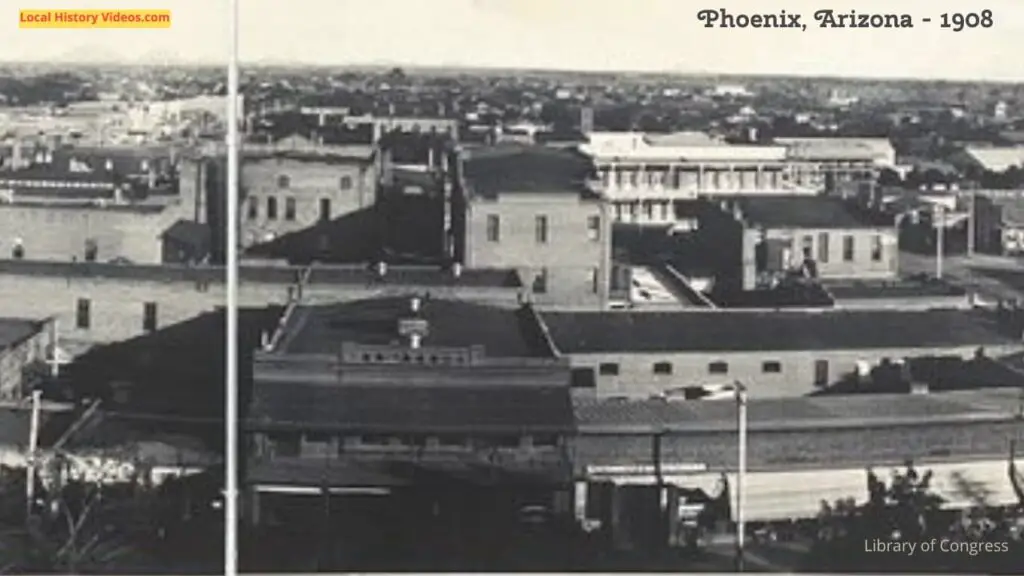
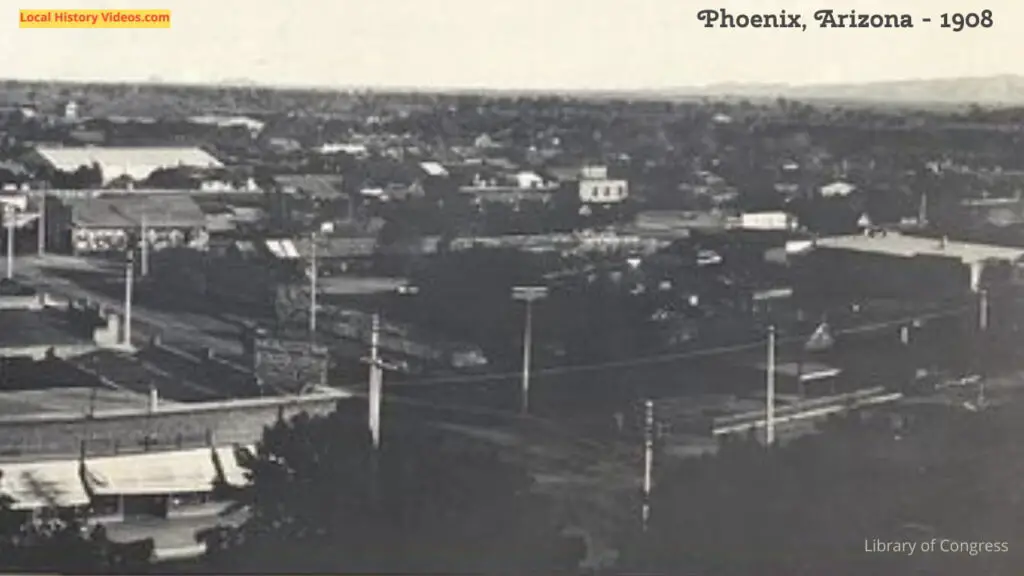
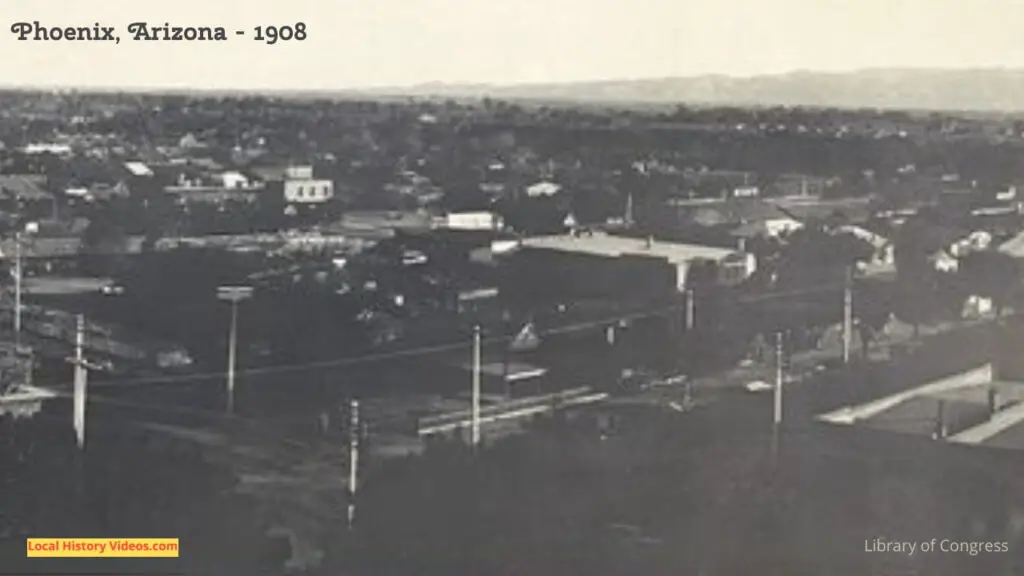
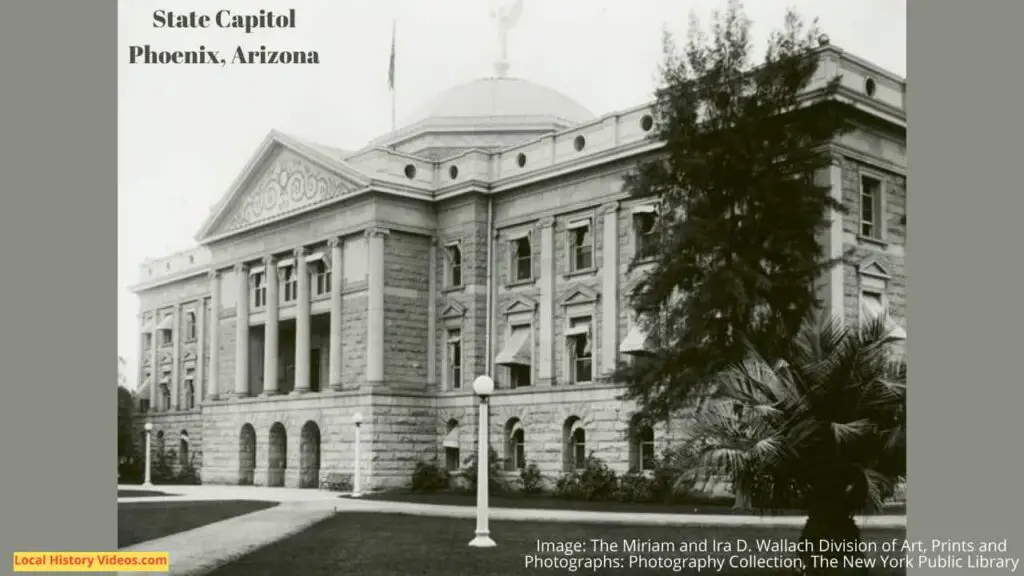
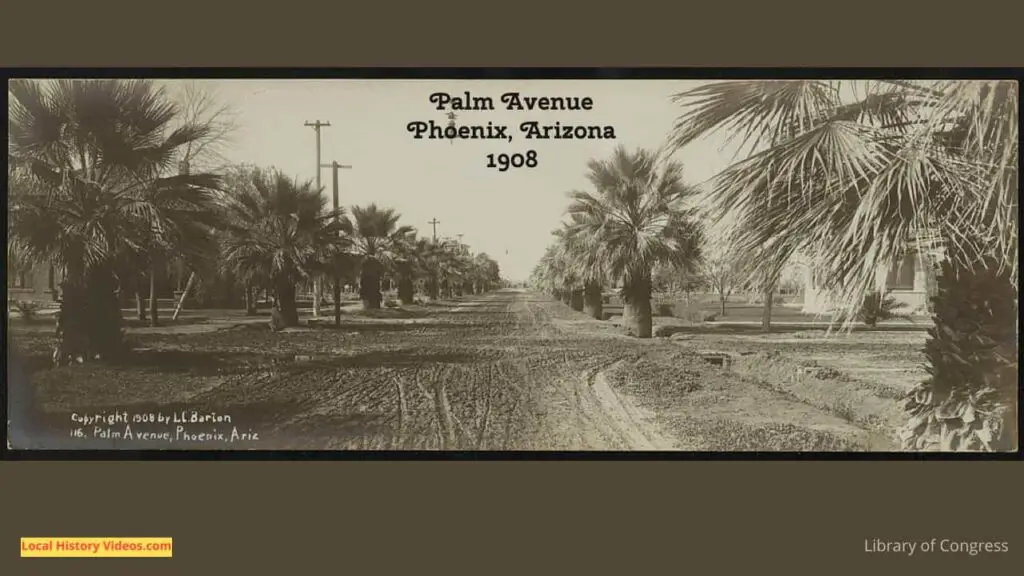
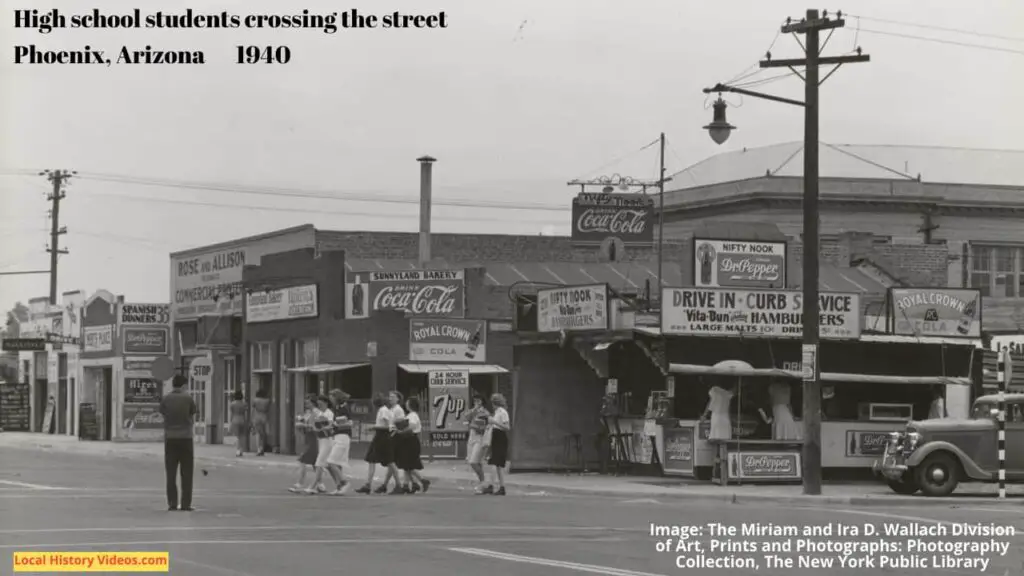
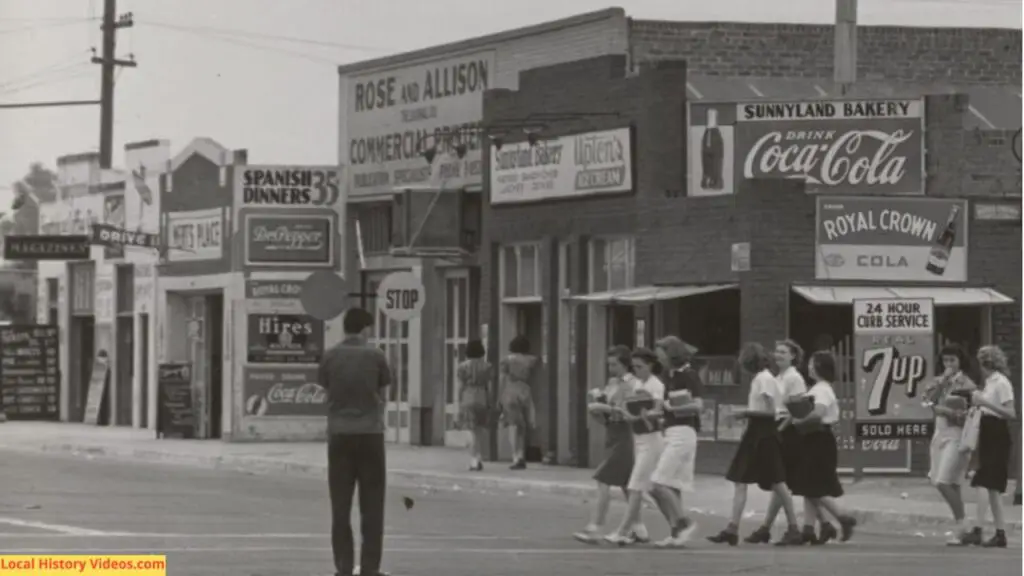
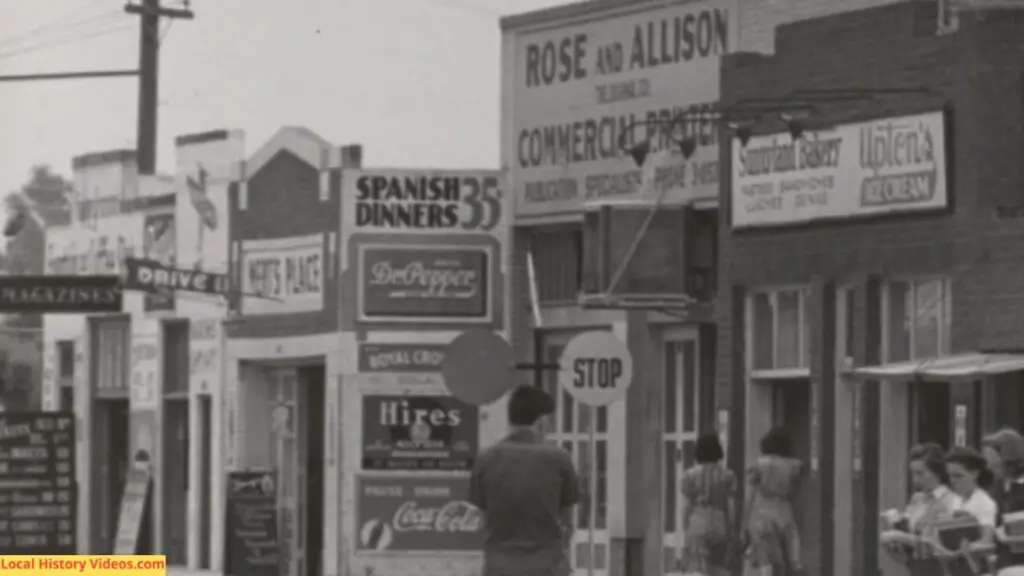
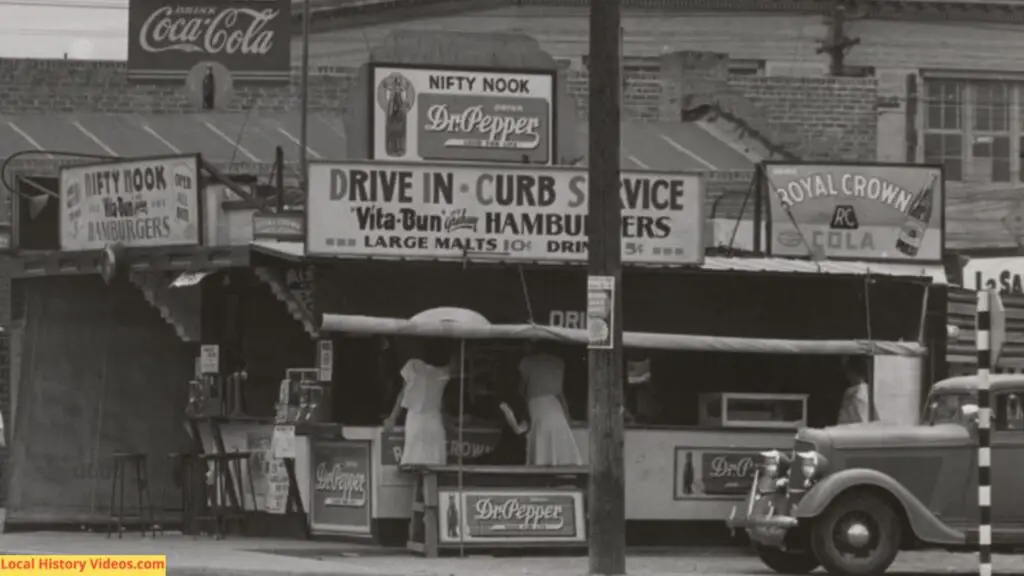
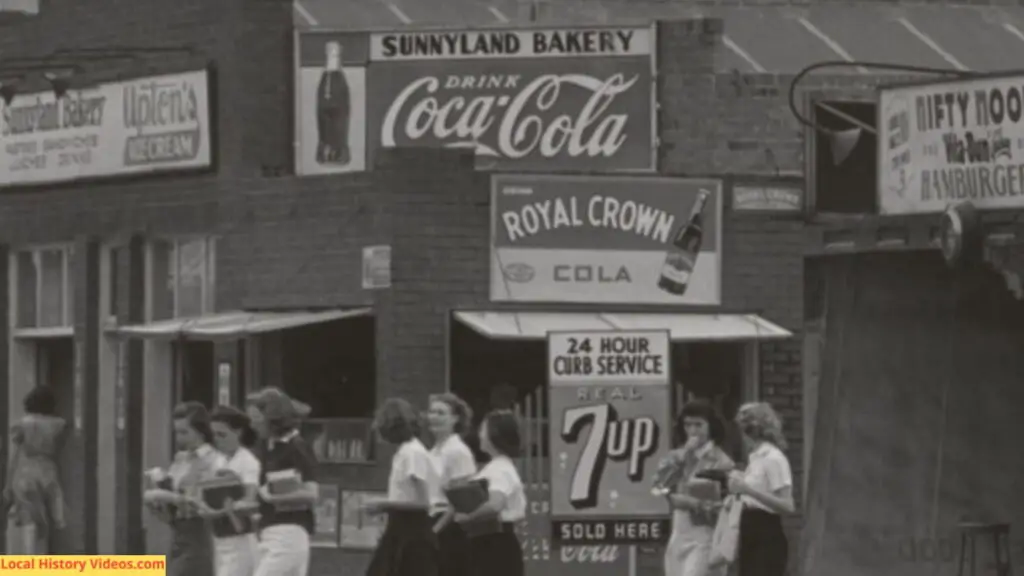
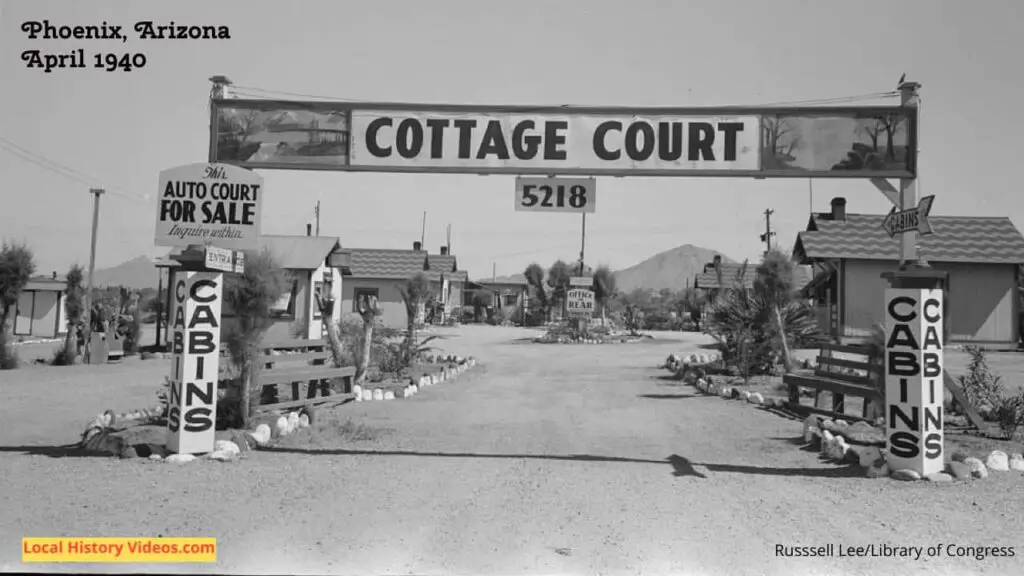
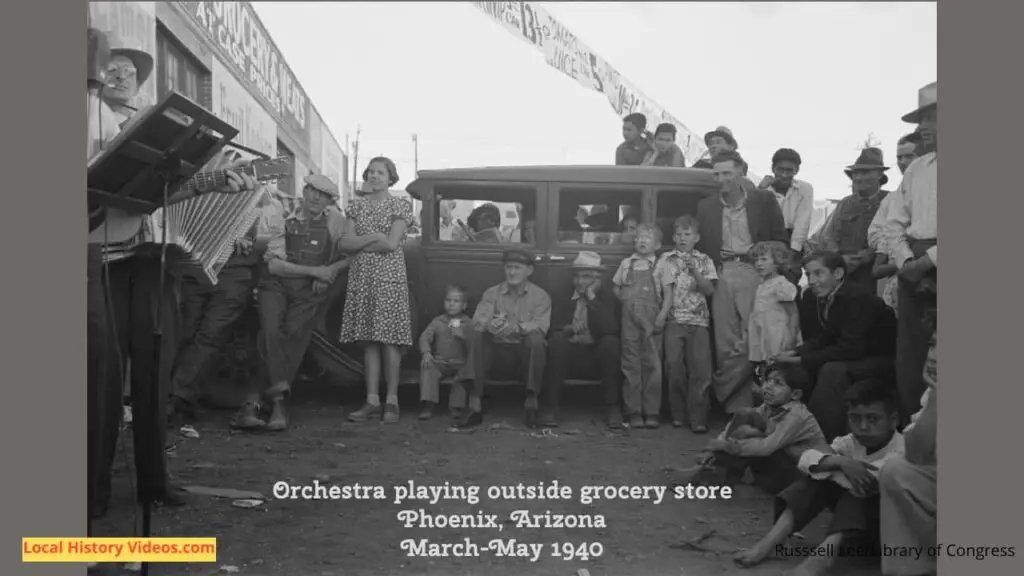
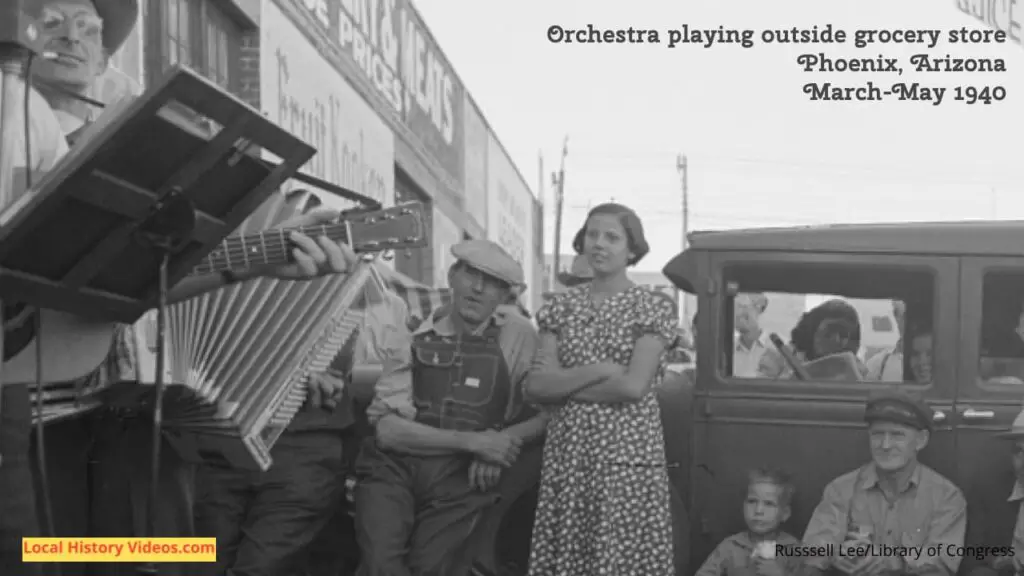
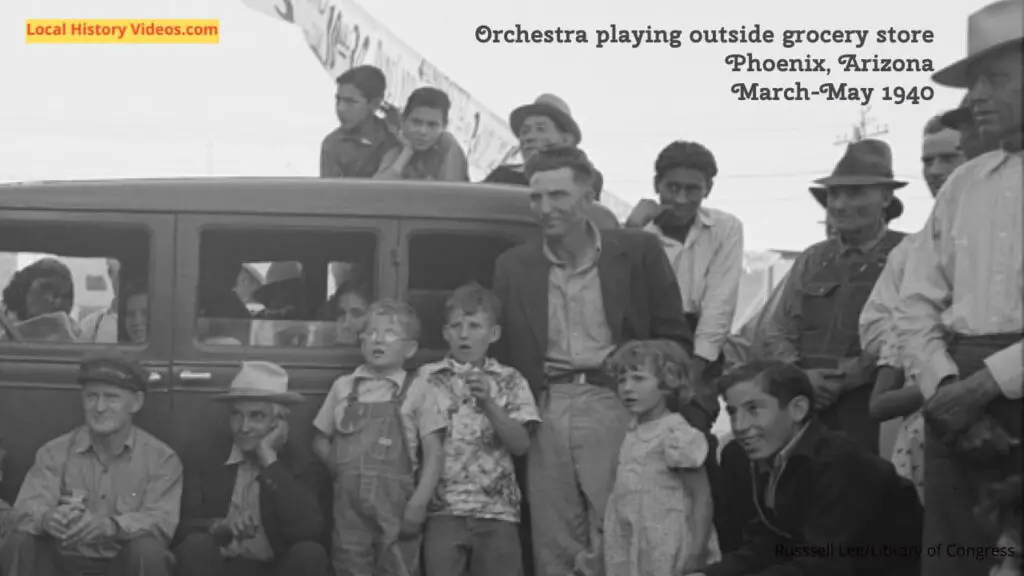
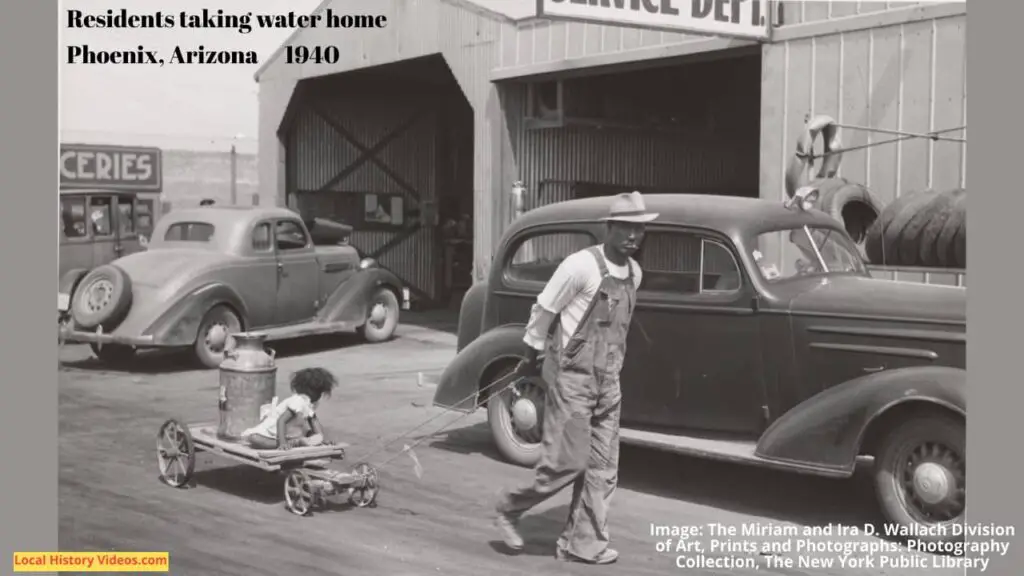
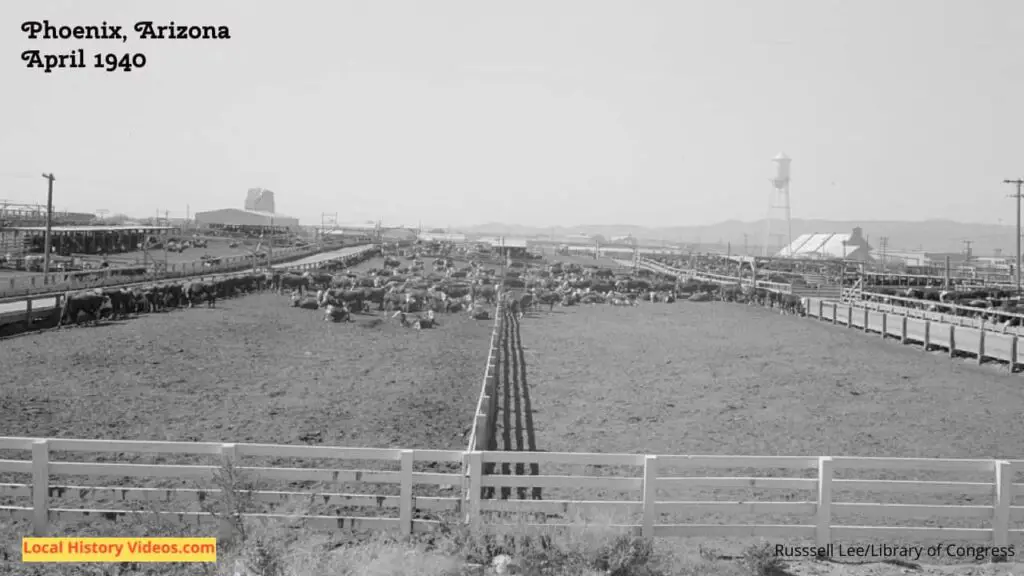
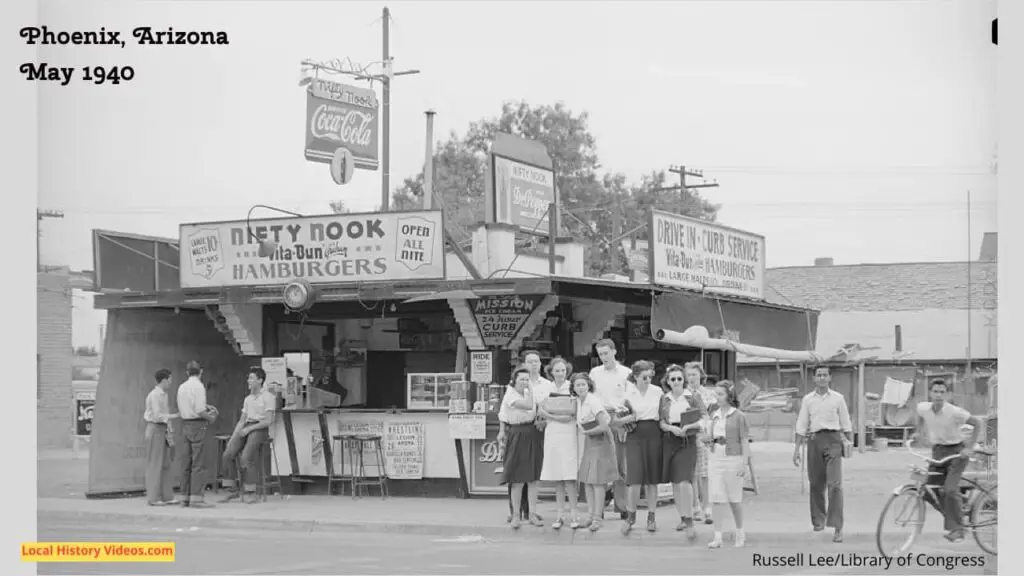
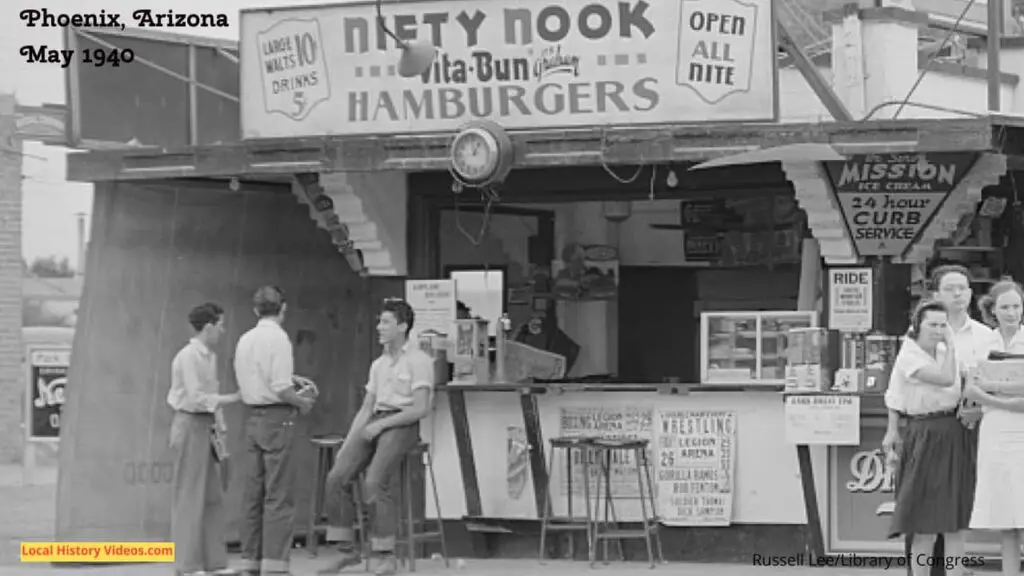
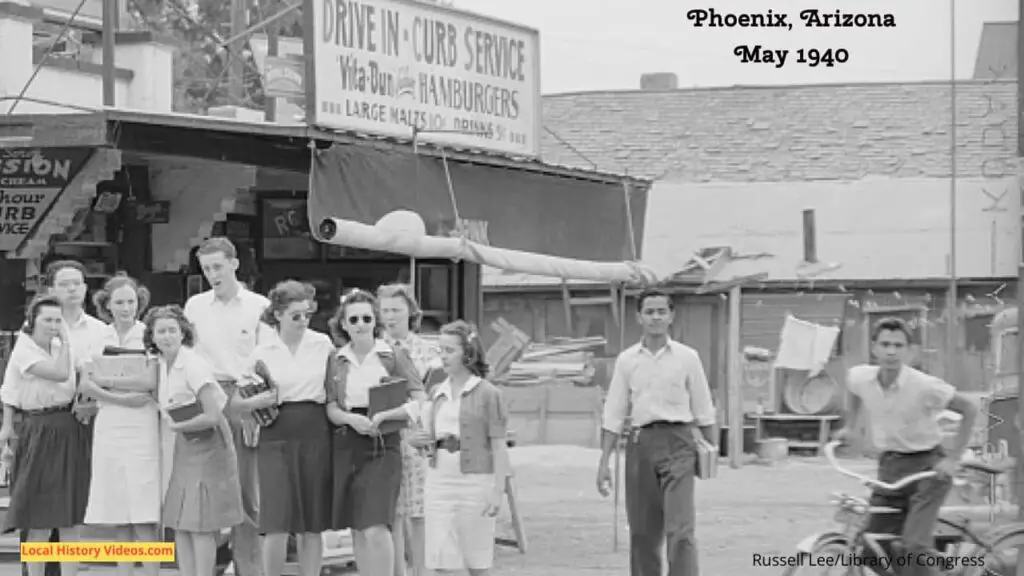
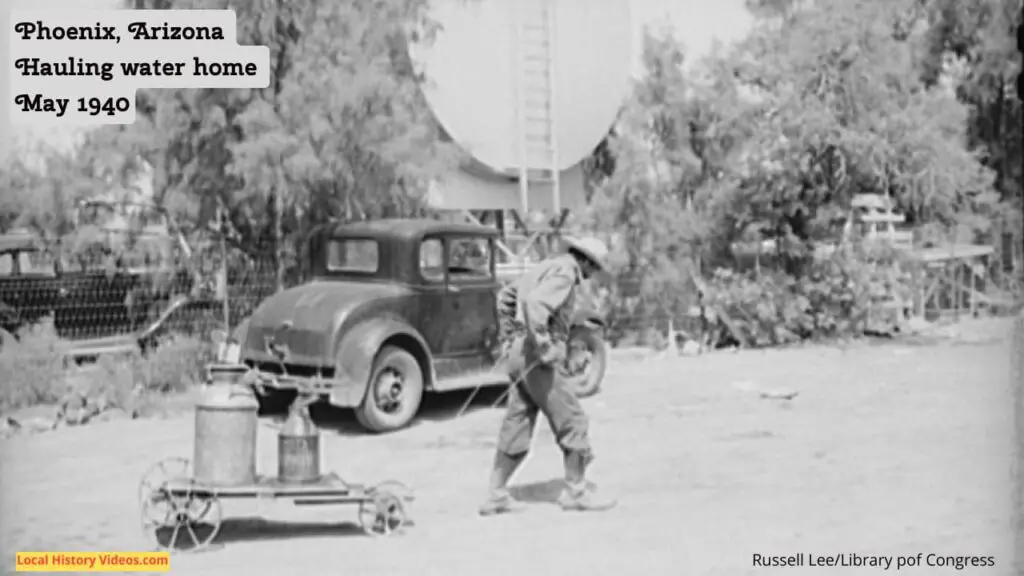
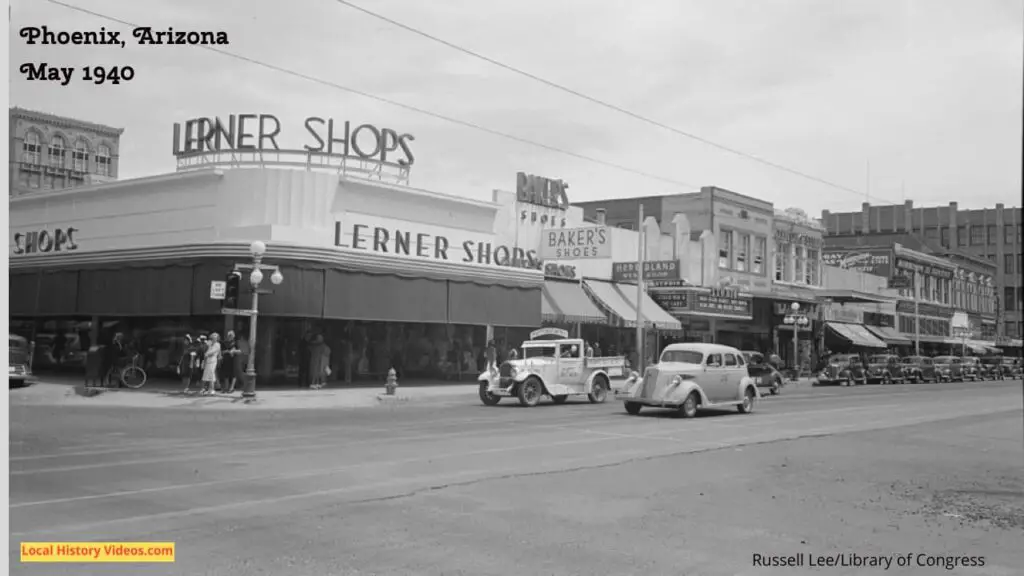
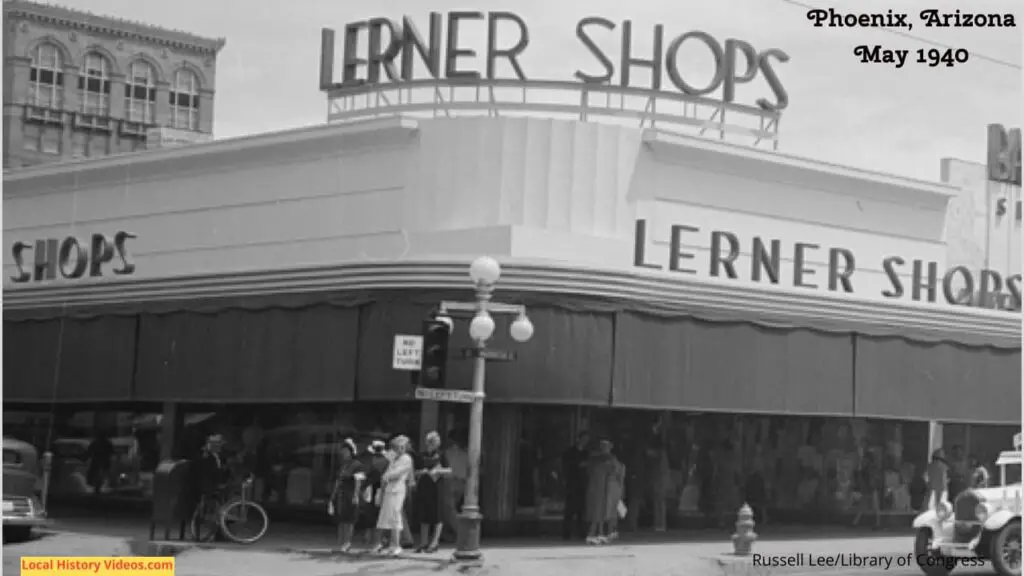
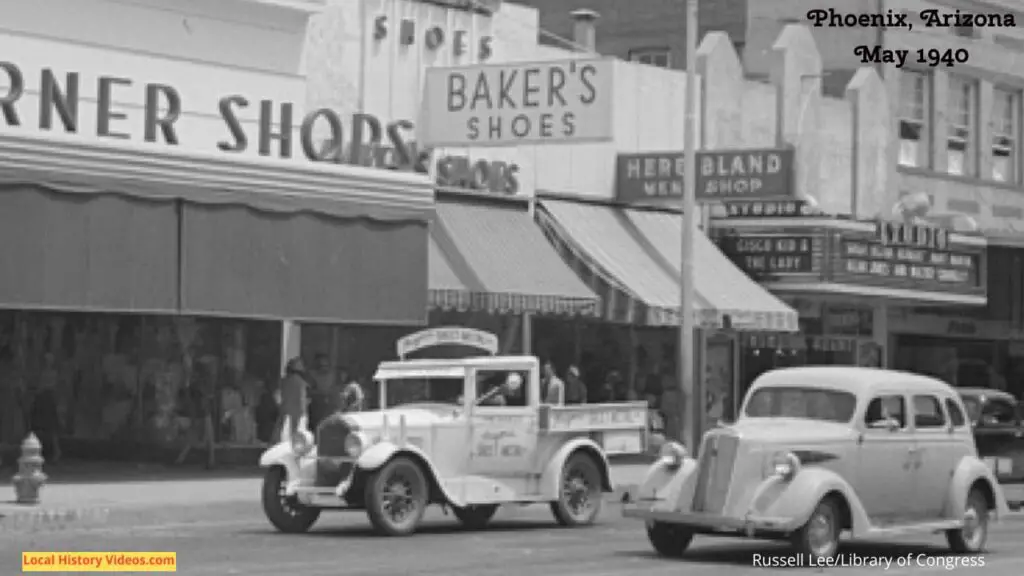
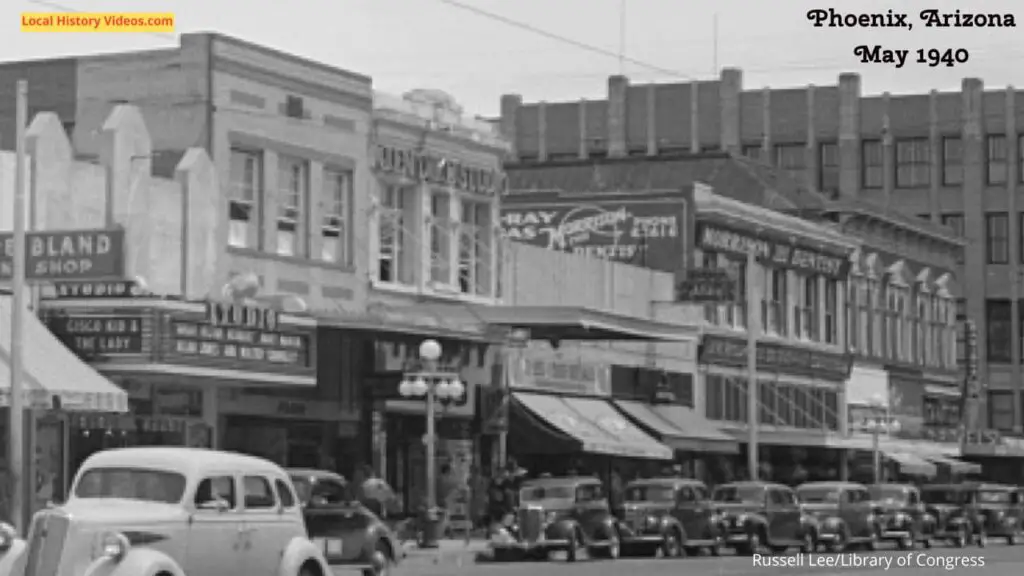
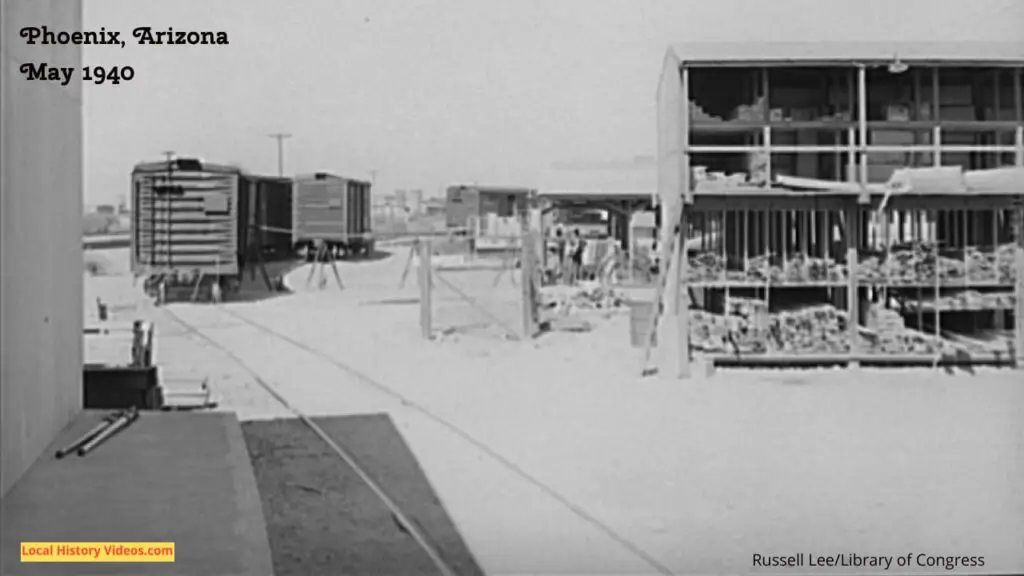
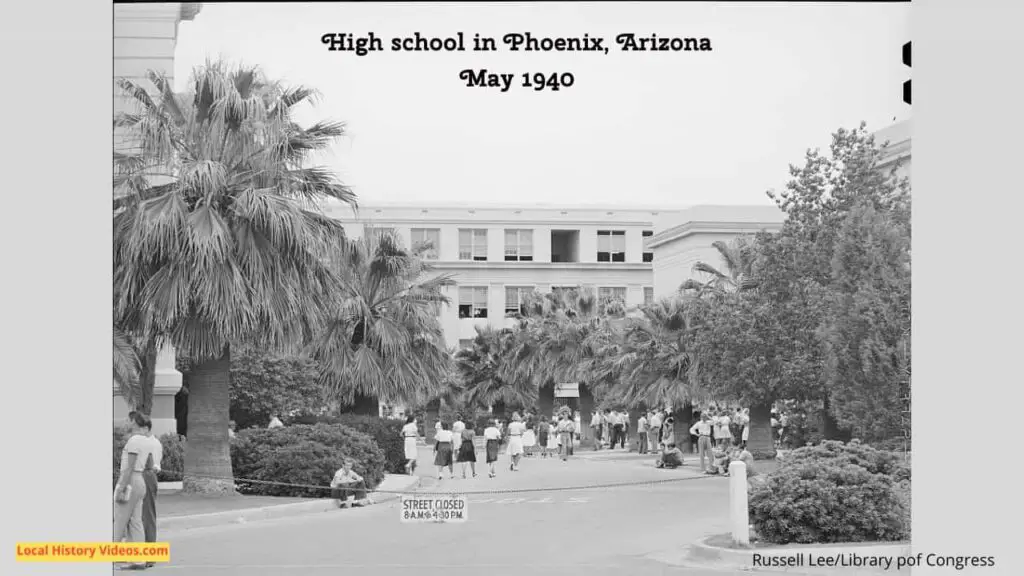
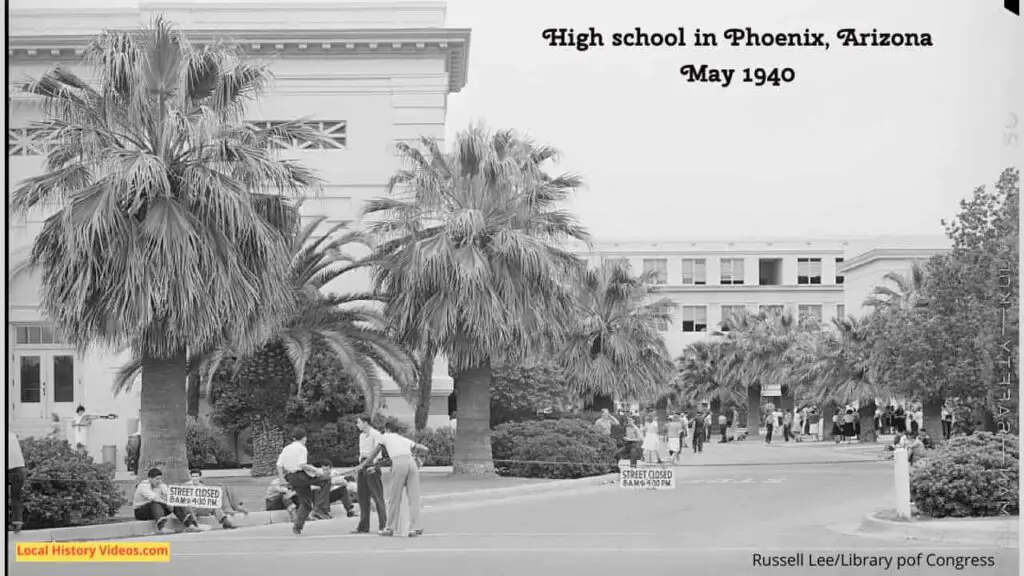
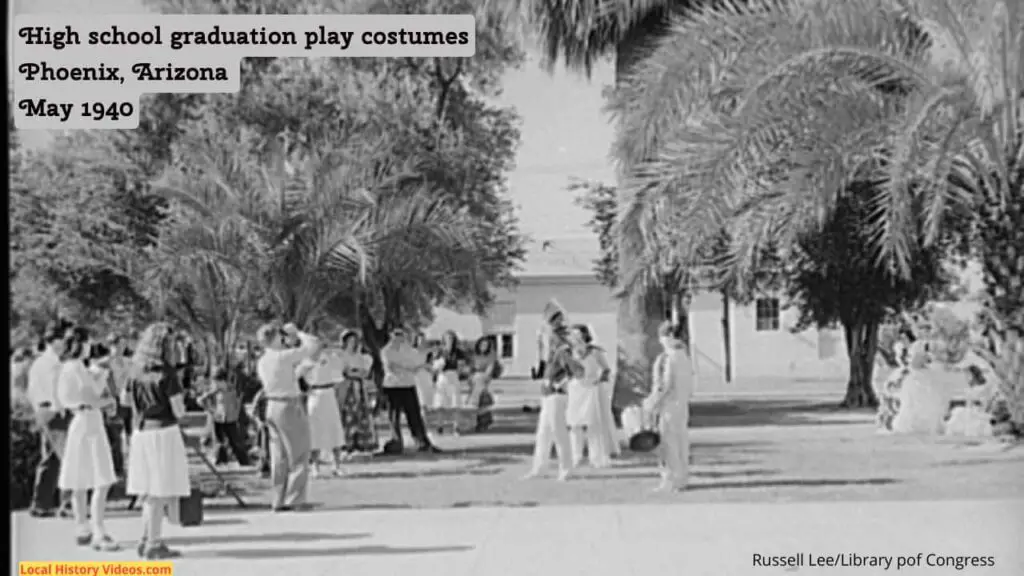
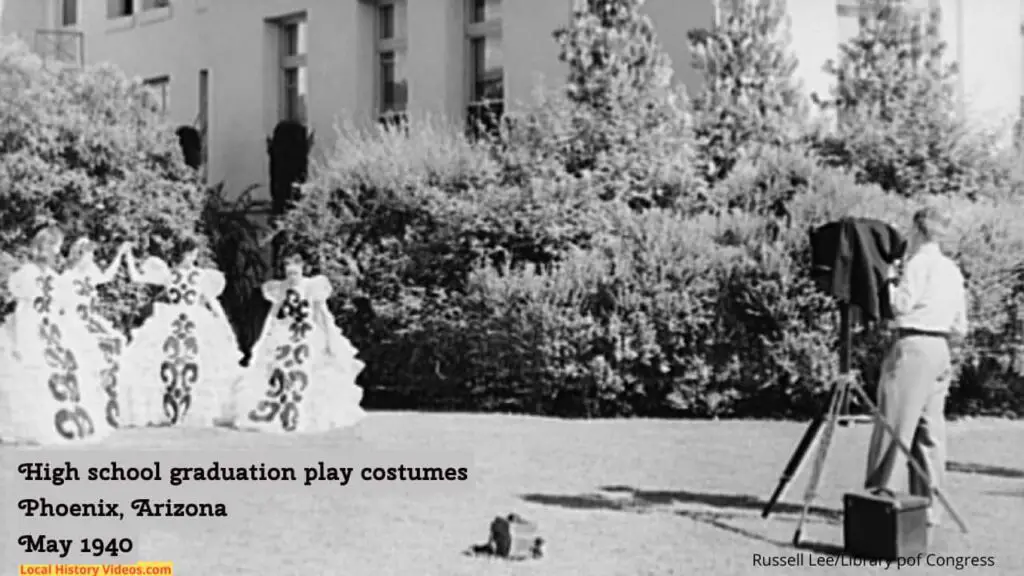
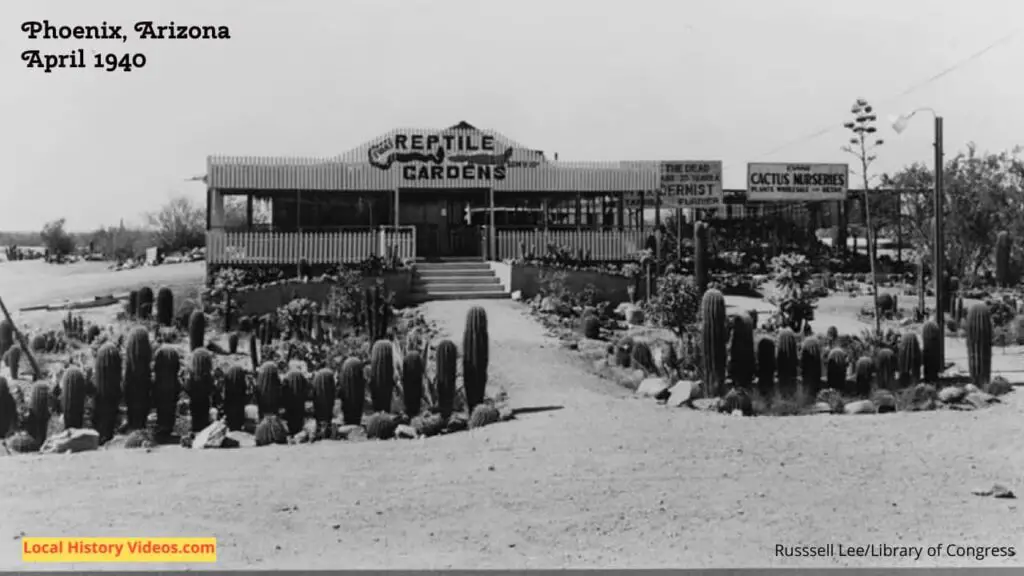
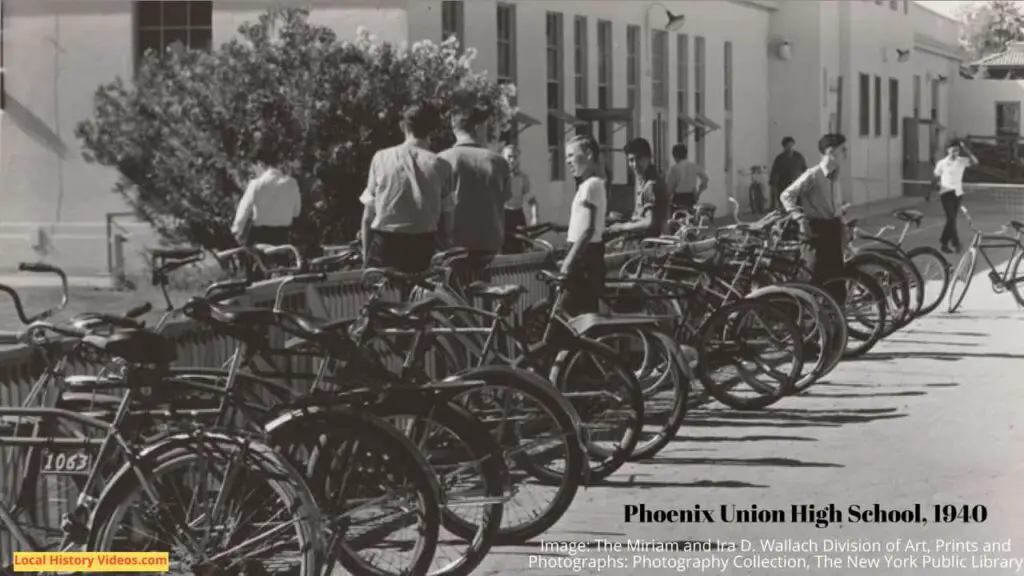
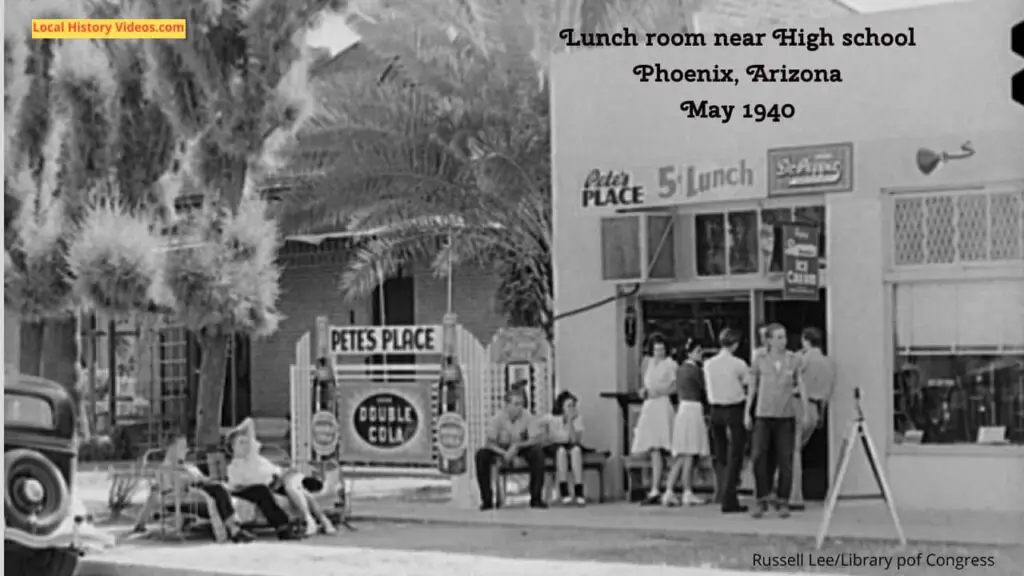
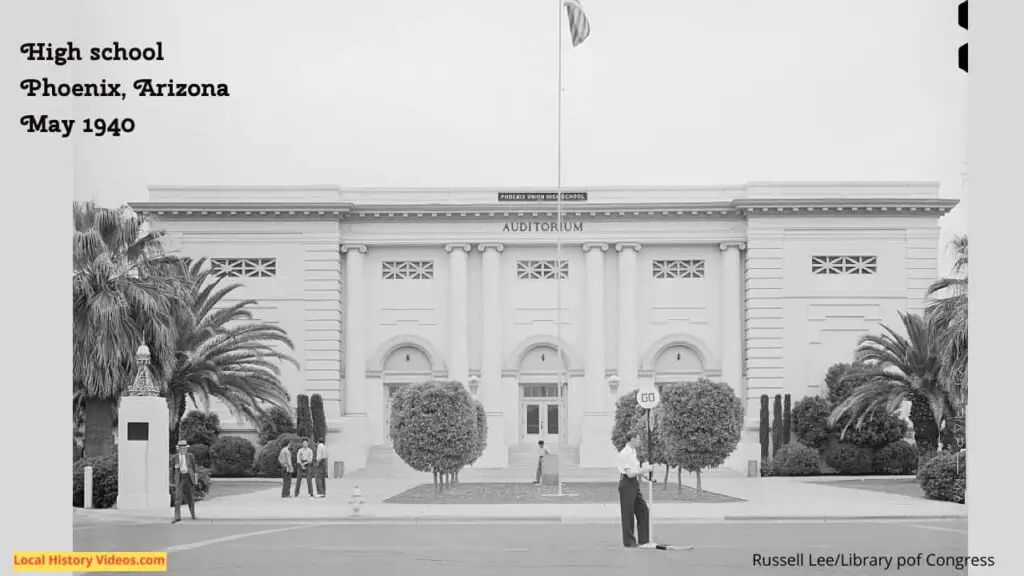
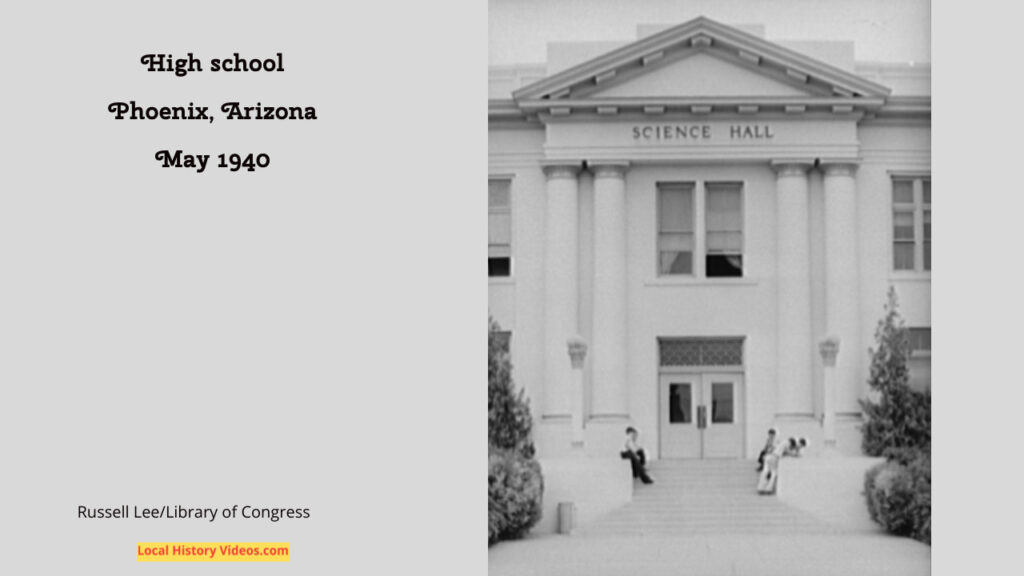
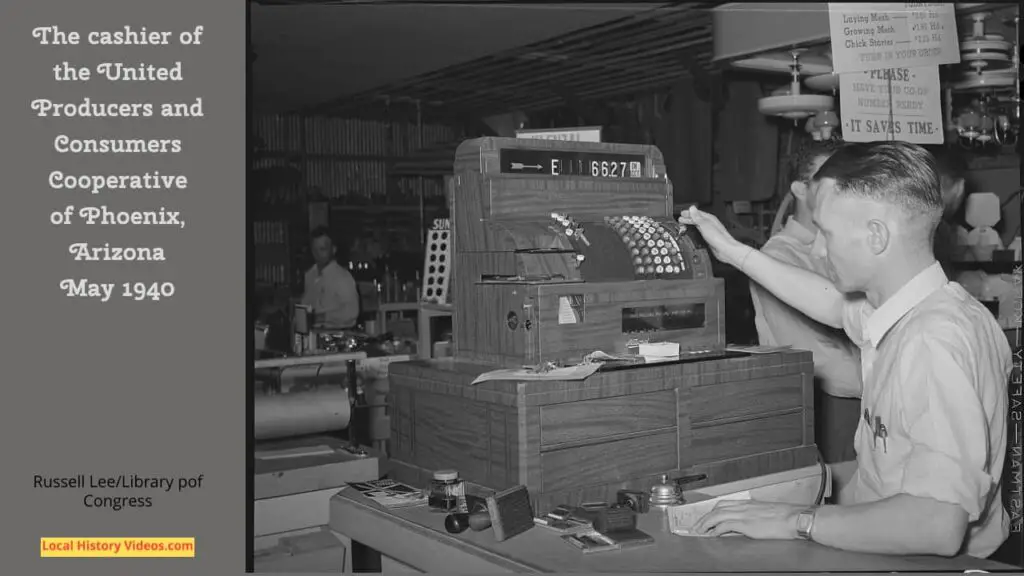
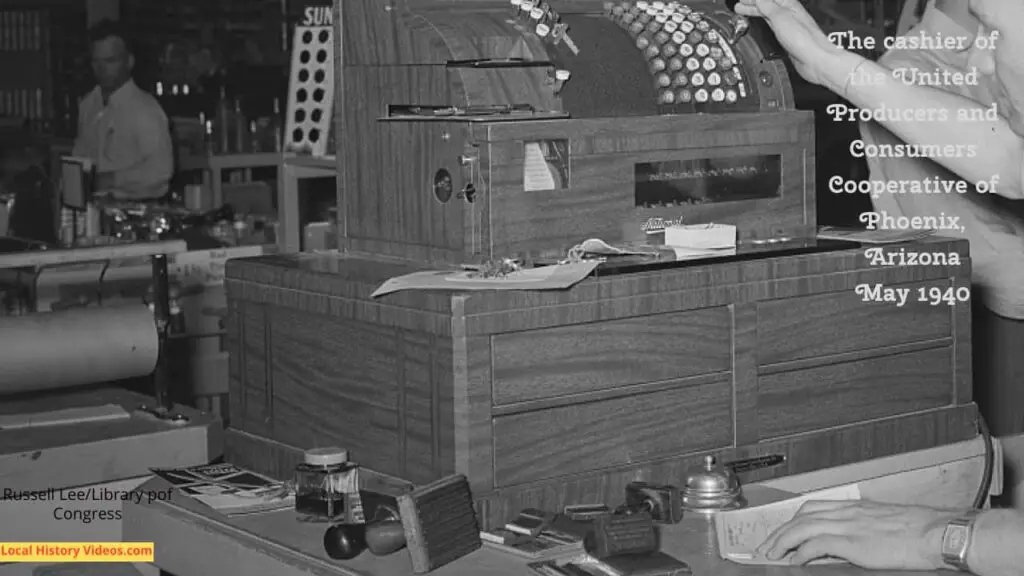
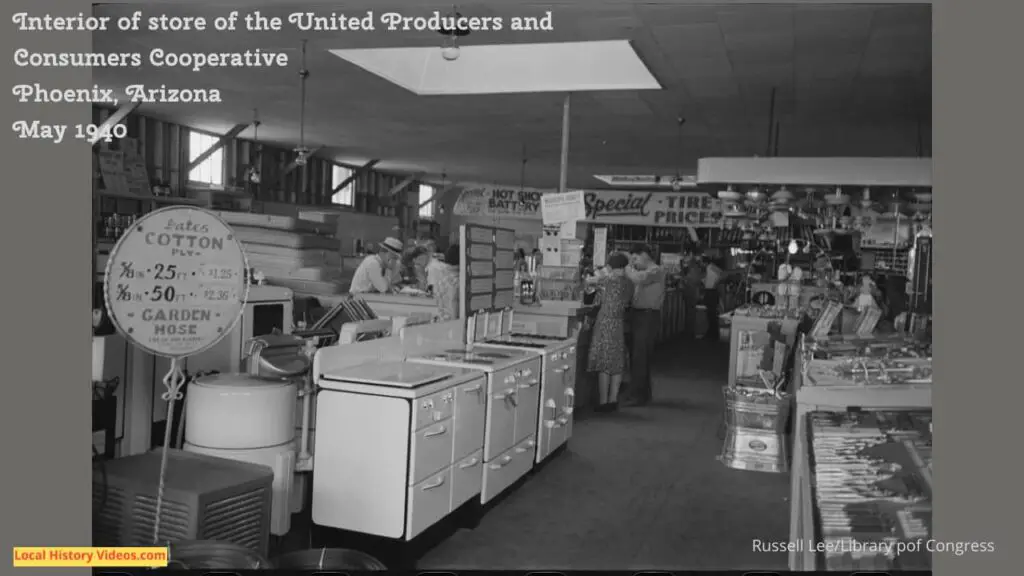
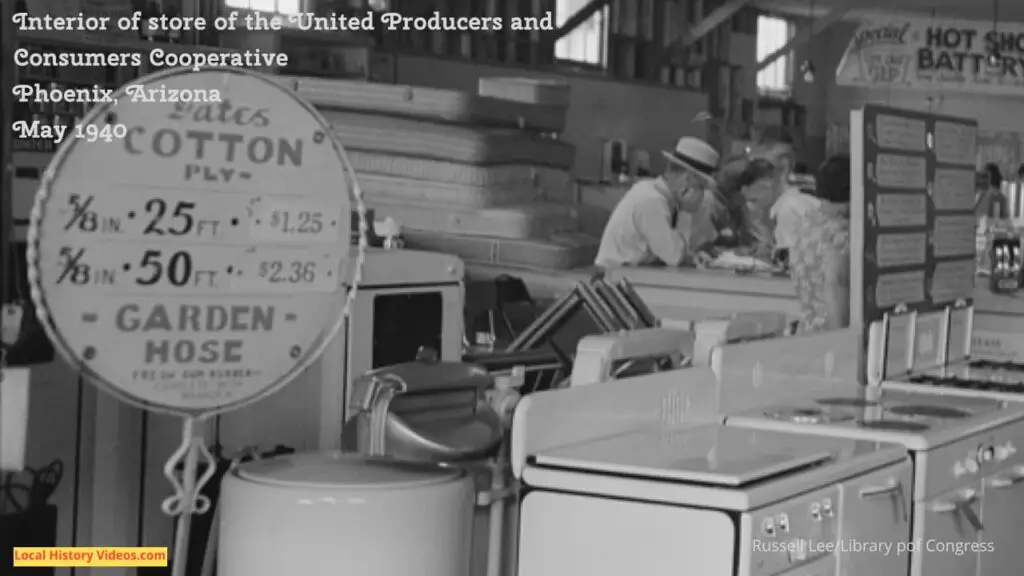
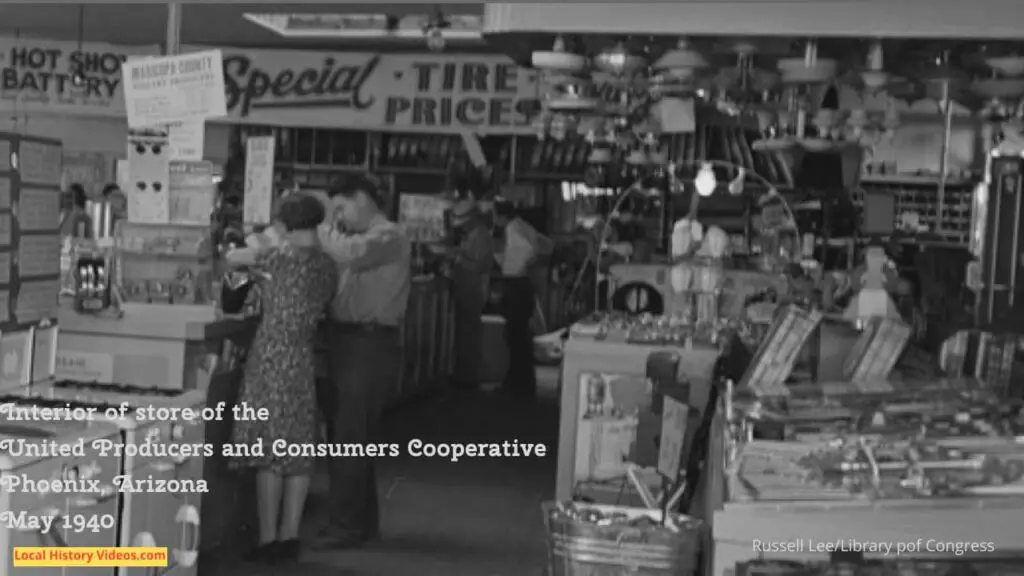
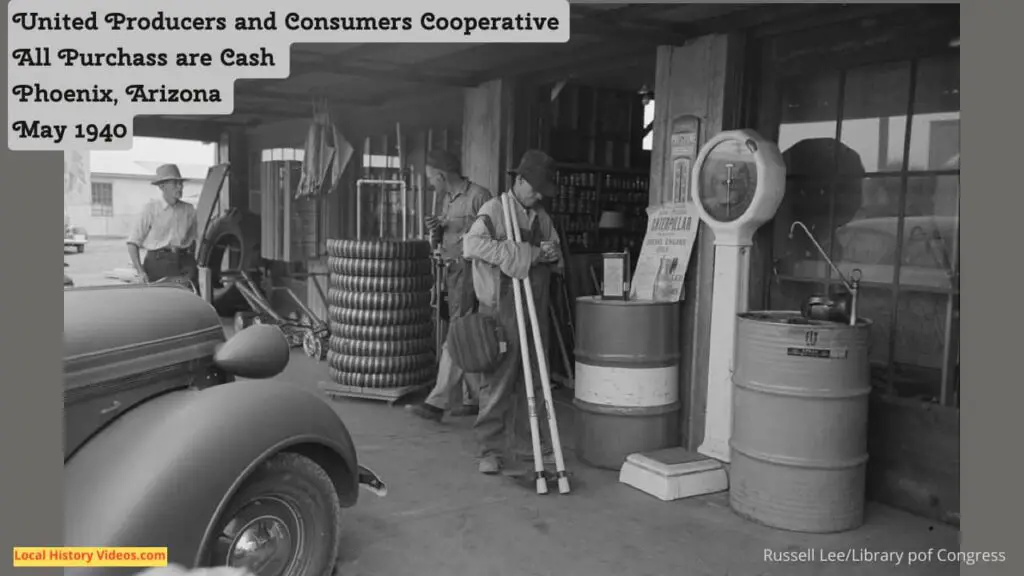
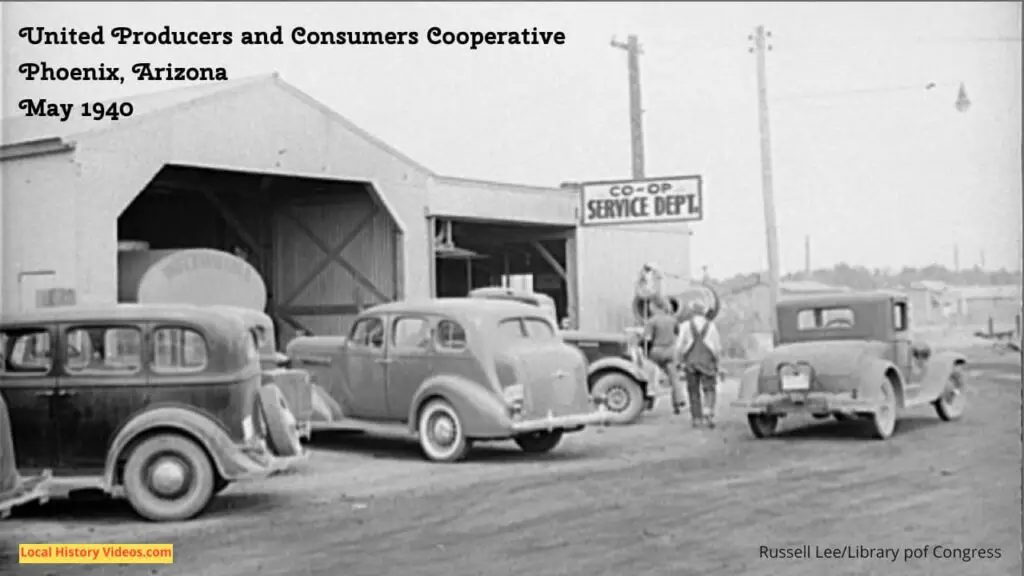
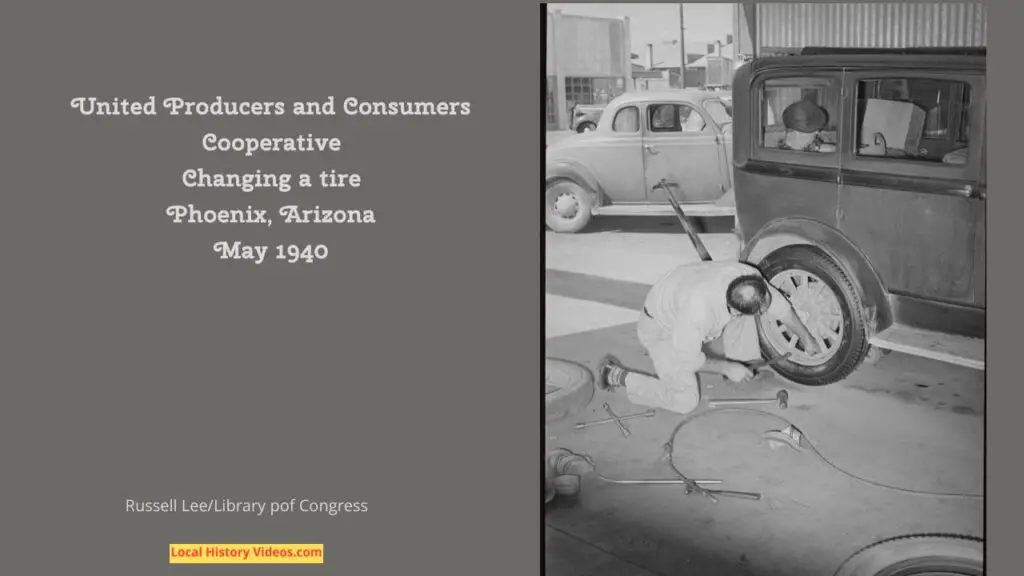
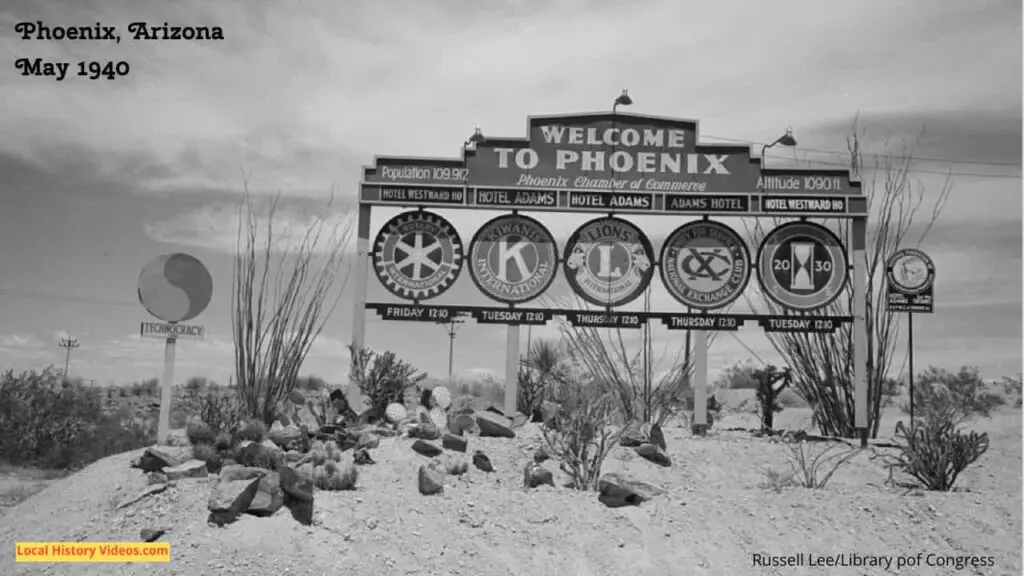
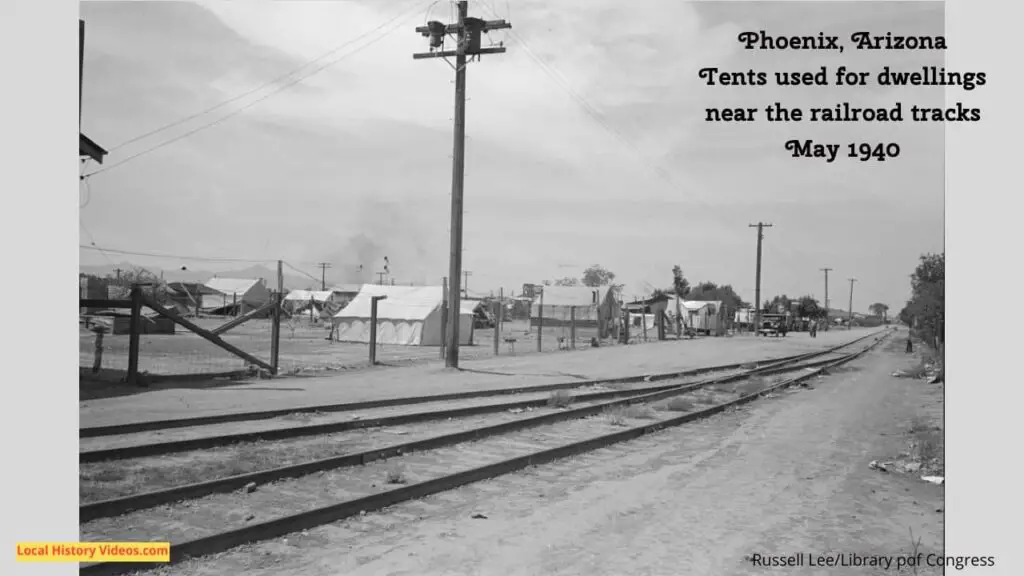
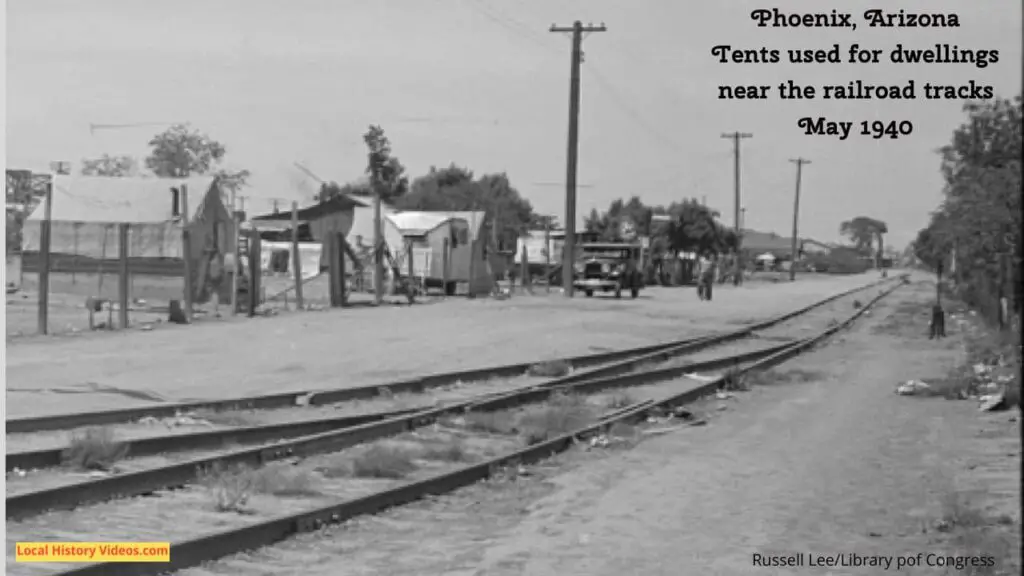
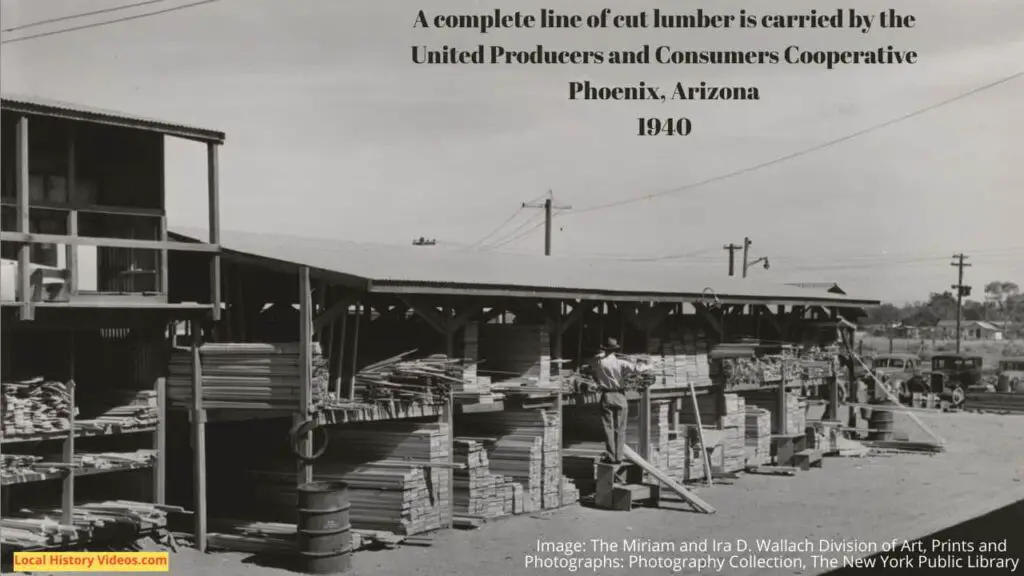
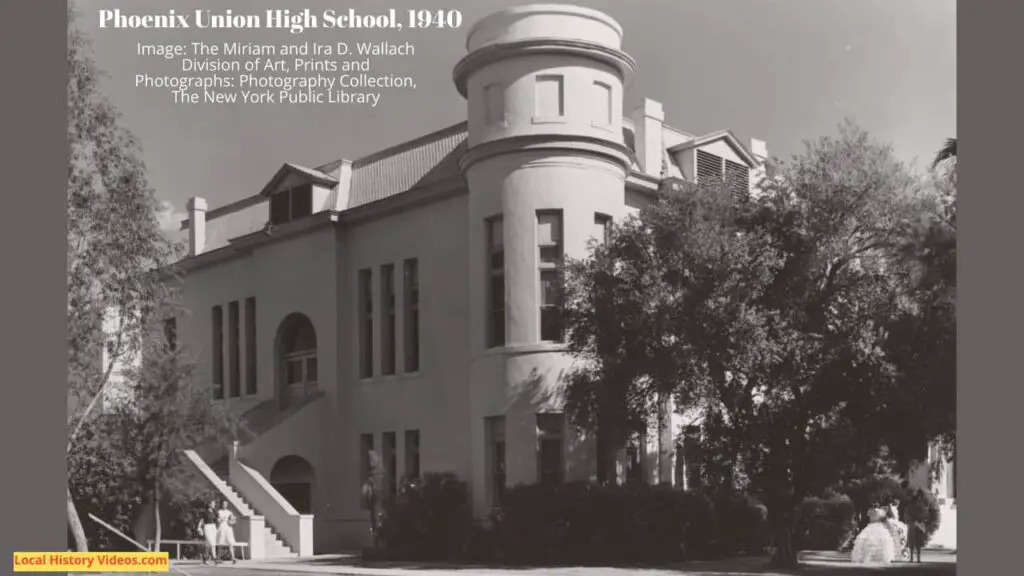
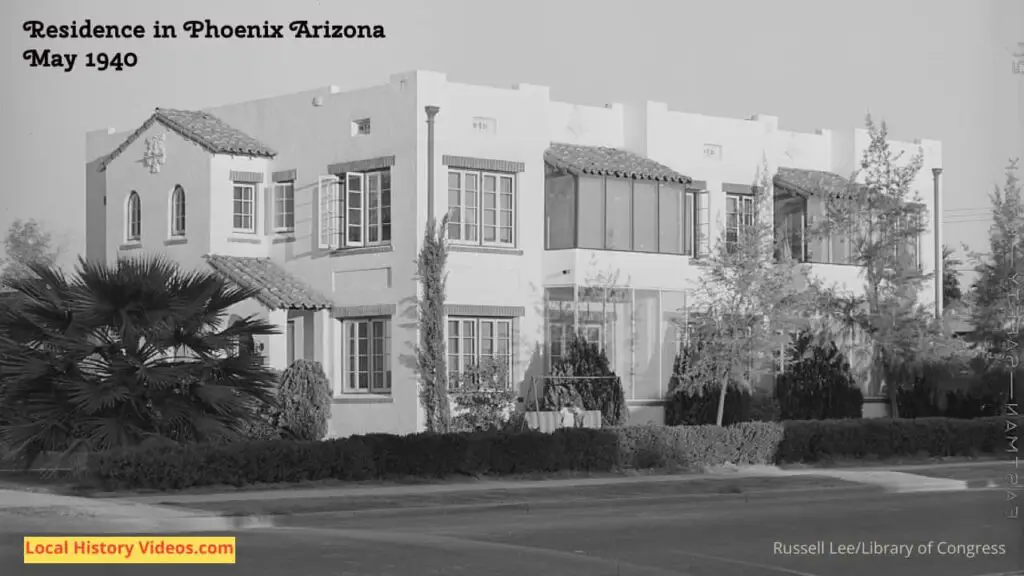
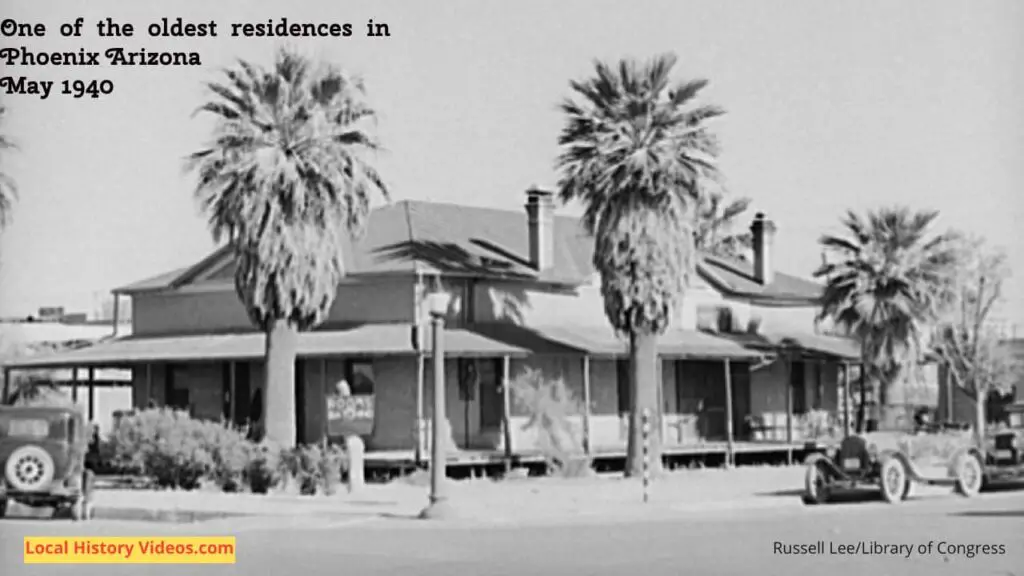
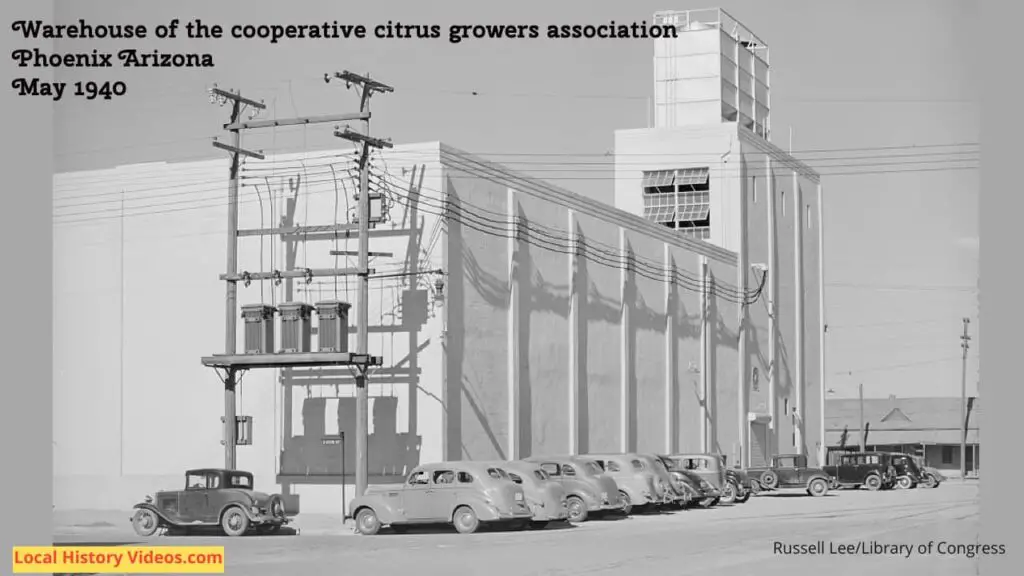
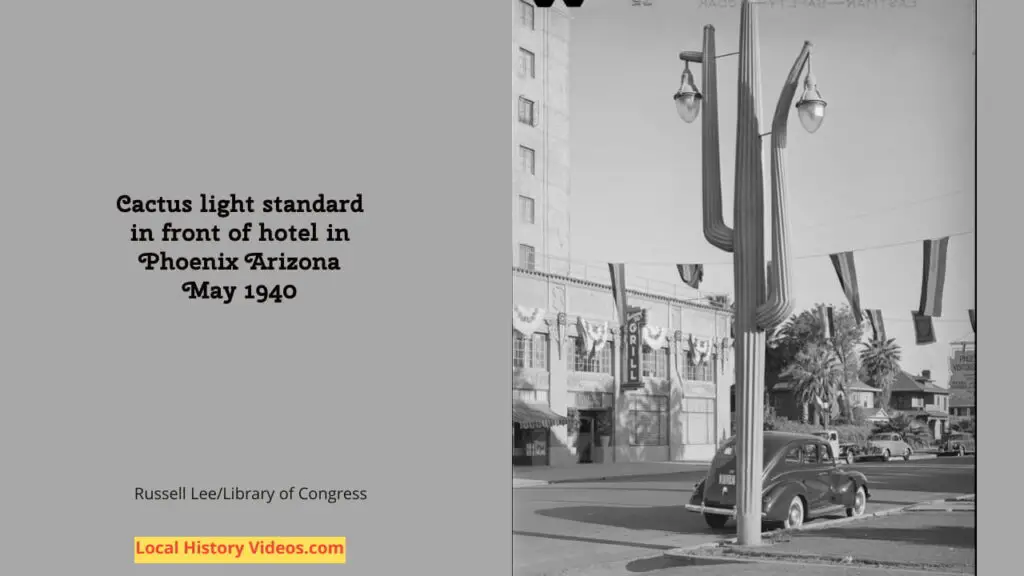
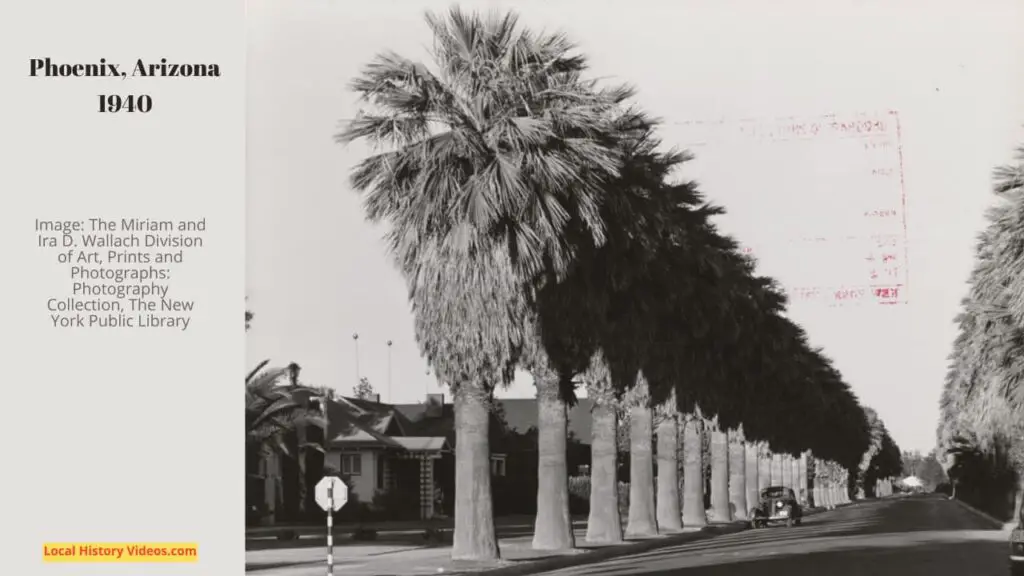
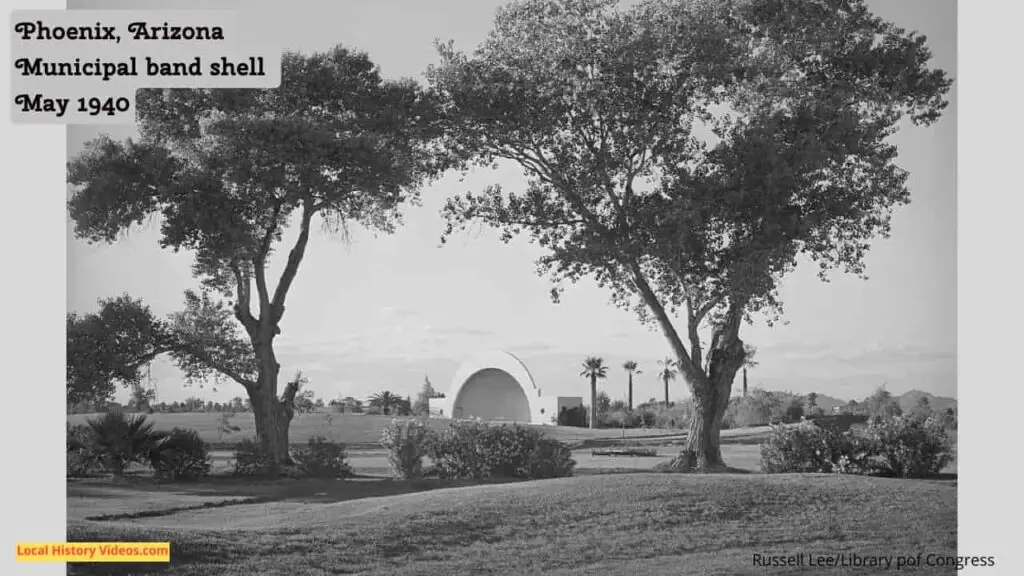
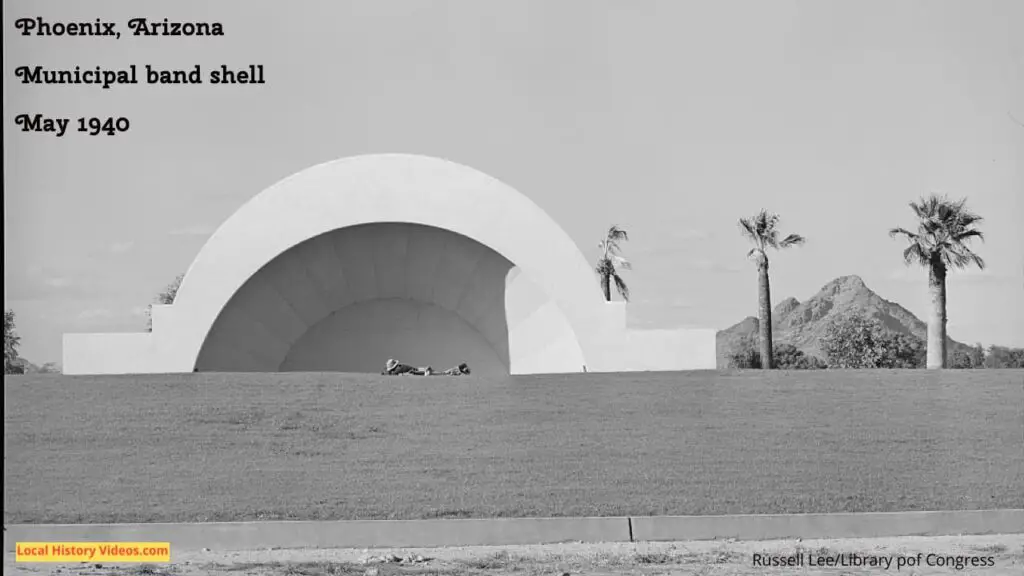
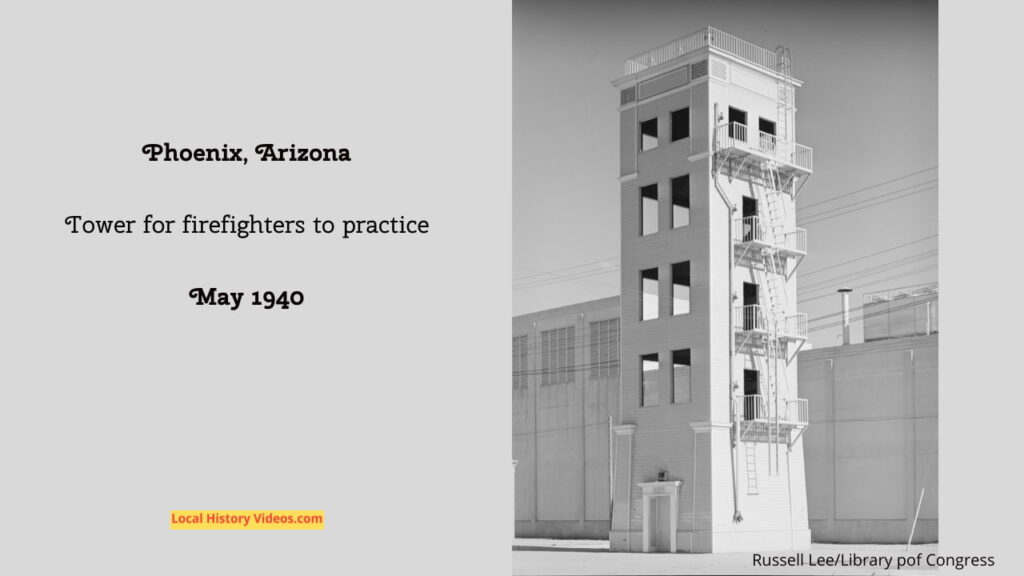
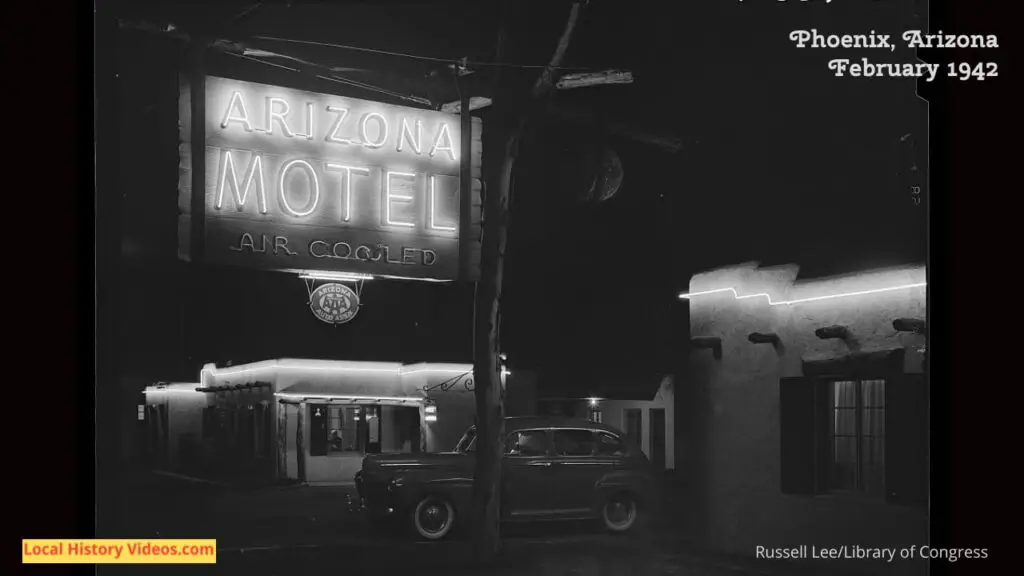
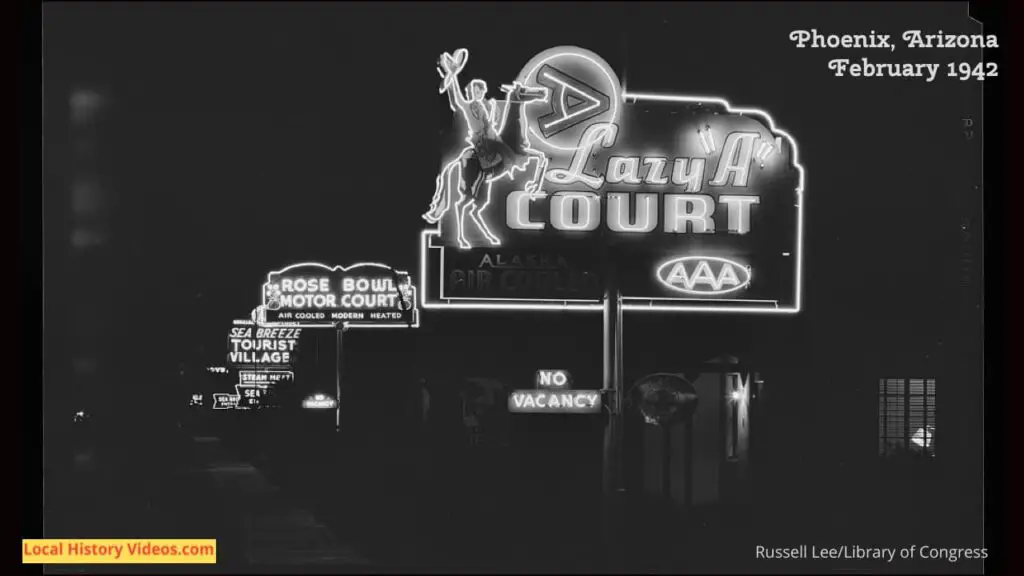
The story of Phoenix begins with its early Native American inhabitants, who laid the foundations of life in this desert region. For thousands of years, these groups adapted to their environment, developing intricate societies.
The Hohokam people are perhaps the most notable, known for their advanced irrigation systems that transformed the arid landscape into fertile farmland. Their innovative canal network remains a significant feat in agricultural history.
In the early 16th century, Spanish explorers first ventured into what is now Phoenix. They were fascinated by the region’s diverse landscapes and rich resources. However, these encounters were often accompanied by adverse effects, such as the spread of diseases that devastated local Native American populations.
Following the Mexican-American War, much of northern Mexico, including the future Phoenix area, was ceded to the United States in 1848. This transition marked a new era for the region, as American settlers began to arrive, fueled by the allure of land and opportunity. Their arrival transformed the cultural landscape and set the stage for the city’s future development.
Phoenix was officially founded in 1867, thanks to Jack Swilling, who recognized the area’s agricultural potential. With the help of fellow settlers, he established an irrigation system inspired by ancient Hohokam canals, revitalizing the barren land.
As a result of these irrigation efforts, farming flourished. Crops such as cotton and citrus became staples, supporting both the local economy and the growing population of Phoenix.
The irrigation systems were more than mere water conveyance; they were the lifeblood of the valley. They allowed Phoenix to develop into an agricultural powerhouse, setting the stage for its future growth and urbanization.
In 1881, Phoenix was officially incorporated, boasting a population of around 2,500. This marked a significant step in its journey from a small settlement to a recognized city. Early governance was characterized by community involvement, setting the foundation for later developments.
As the 1900s unfolded, Phoenix evolved into a hub for the “Five C’s”: cotton, citrus, cattle, climate, and copper. This diverse economy attracted new residents and businesses, leading to rapid urbanization and infrastructure development.
Post-World War II, the city experienced an industrial boom. Returning veterans sought opportunities in the growing economy, while companies like Motorola established operations. This transformative period set Phoenix on the path to becoming one of America’s fastest-growing cities.
World War II brought significant change to Phoenix, transforming it into a bustling hub for military training and supplies. With three Air Force fields and pilot training camps established, the war effort attracted thousands. Local organizations rallied to support enlisted men, creating a stronger community spirit during this critical time.
The 1950s marked a period of rapid social transformation. The post-war economic boom resulted in explosive population growth, as families relocated to Phoenix for jobs and warmer climates. New industries, especially in high-tech, began to emerge, forever altering the city’s identity and ensuring its emergence as a modern urban center.
Exploring old photos of Phoenix reveals a rich tapestry of architectural styles. Iconic structures like the Heard Building, completed in 1920, showcase the city’s initial push toward modernity. Other buildings, including the San Carlos Hotel, reflect the unique blend of cultural influences that shaped Phoenix.
As Phoenix expanded, urban design adapted to accommodate its growing population. The shift from low-rise buildings to towering skyscrapers marked a significant change in the city’s skyline. Old photographs capture this evolution beautifully, highlighting the dynamic interplay between tradition and progress that continues to define Phoenix today.
Preserving historical moments through photography is essential. These images not only serve as a tangible connection to our past but also foster a sense of community. They remind us of the diverse narratives that shape our identity and ensure that future generations continue to learn from the rich history of Phoenix.
More about Arizona
- Old Photos of Phoenix, ArizonaEnjoy a view of history through old photos of Phoenix, Arizona. Phoenix, Arizona, a city bursting with life and history, has its roots dating back over 2,000 years with the Hohokam tribe, who ingeniously transformed the arid Salt River Valley with an intricate irrigation system. Fast forward to 1867, when John W. Swilling saw potential… Read more: Old Photos of Phoenix, Arizona
- Old Images of Arizona: People & Places of the PastEnjoy a gimpse of history through old images of Arizona, USA.
- Old Images of Tempe ArizonaGlimpse history through old images of Tempe, Arizona, USA.
- Old Images of Prescott, ArizonaGlimpse history through old images of Prescott, Arizona, USA.
- Old Images of Tucson, ArizonaGlimpse history through old images of Tucson, Arizona, in the United States of America.
- Old Photos & Film of Phoenix, ArizonaGlimpse history through old images of Phoenix, Arizona.

